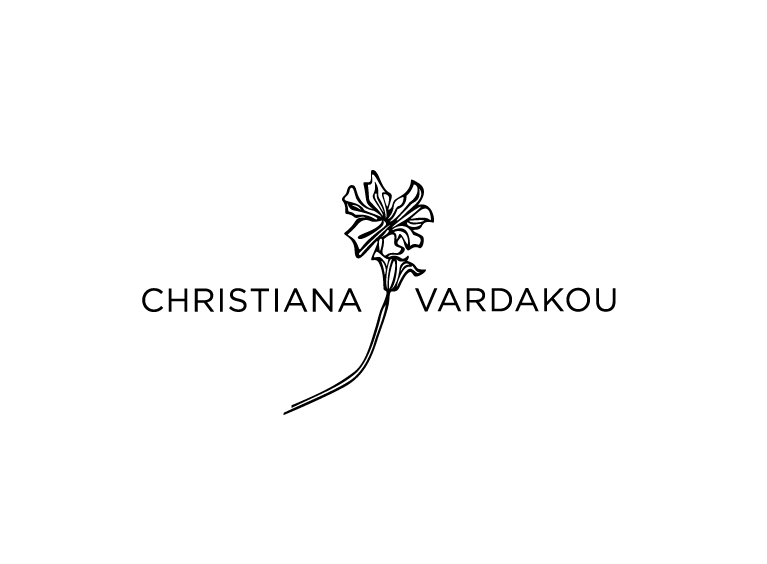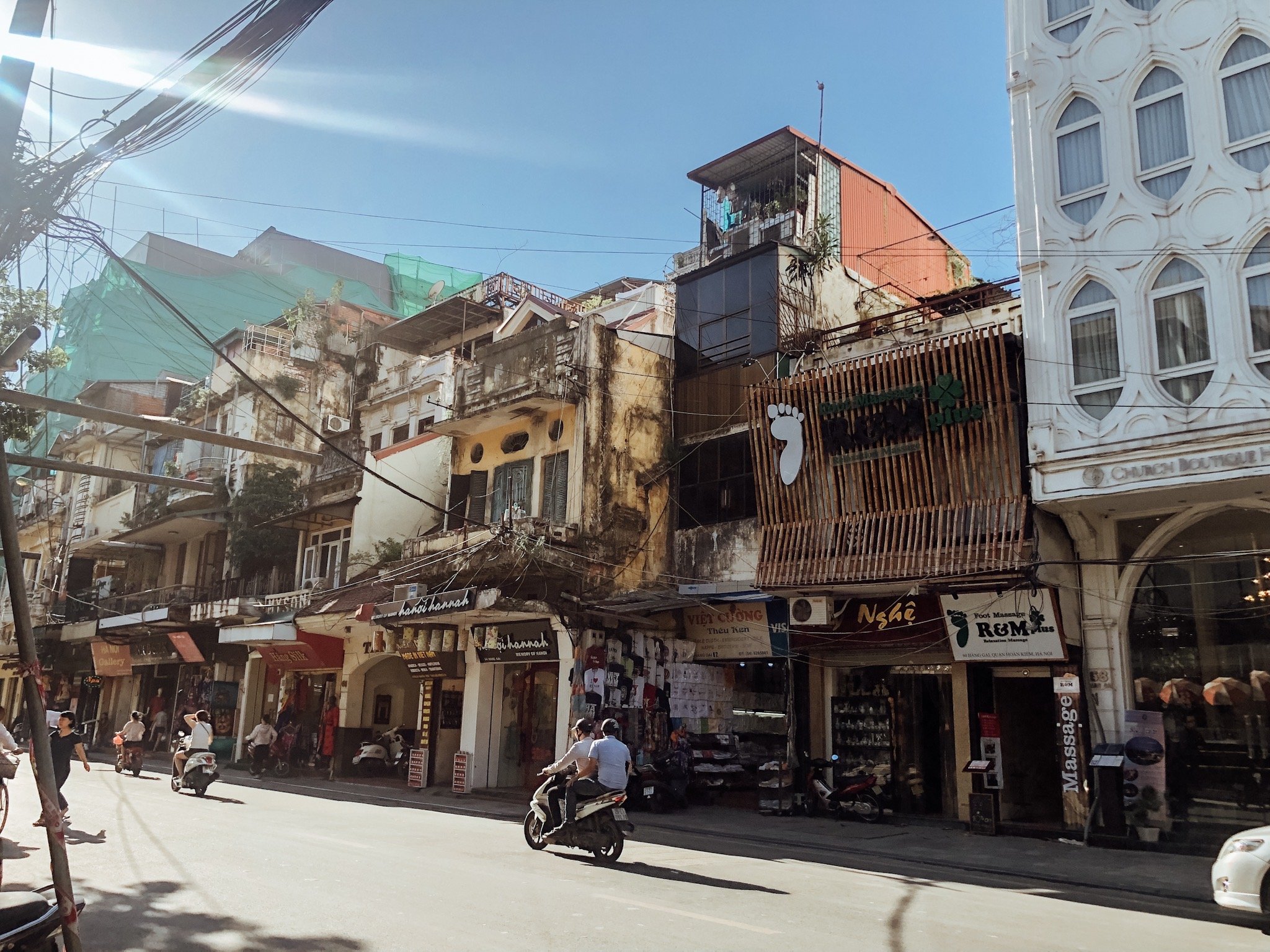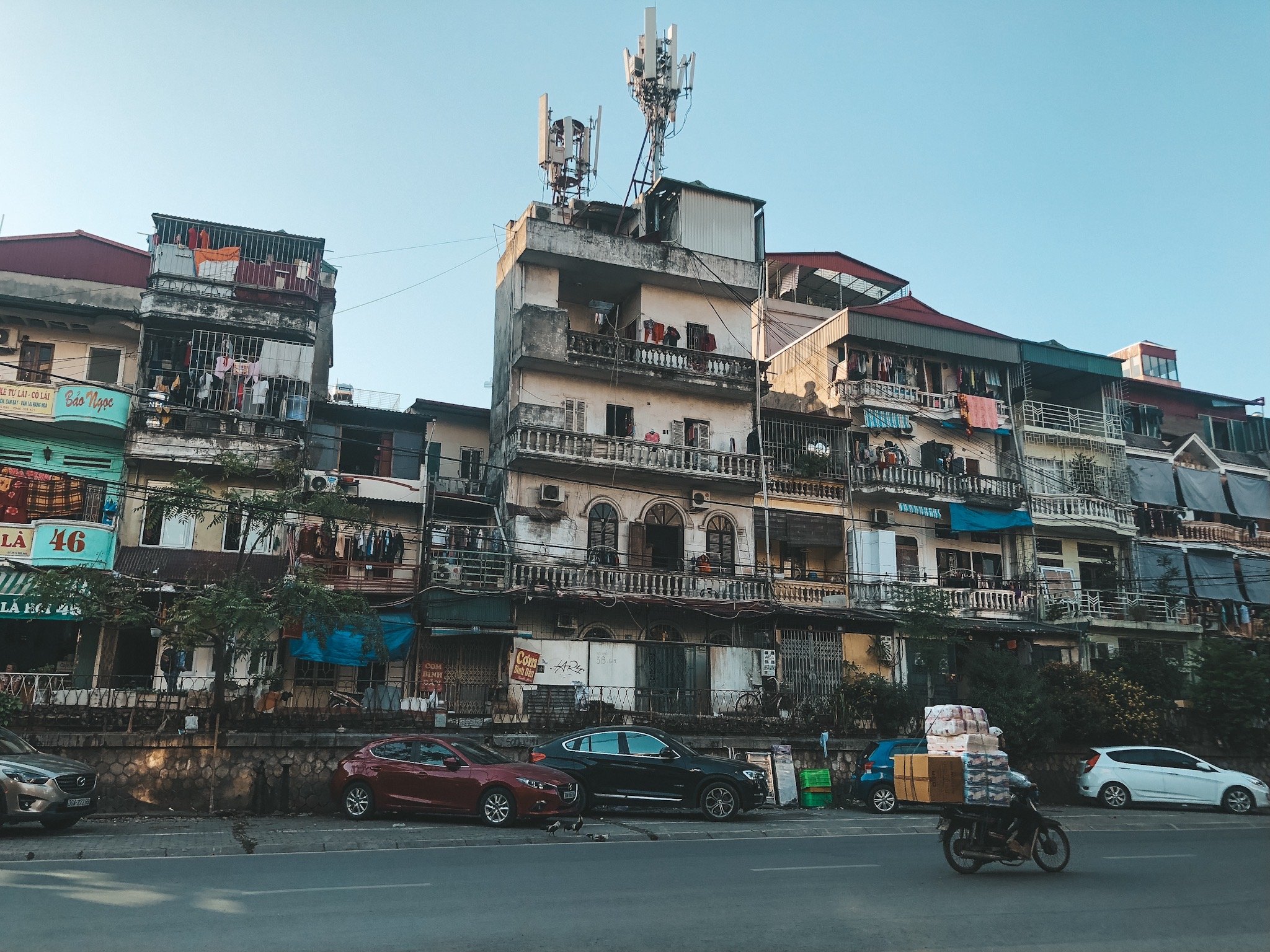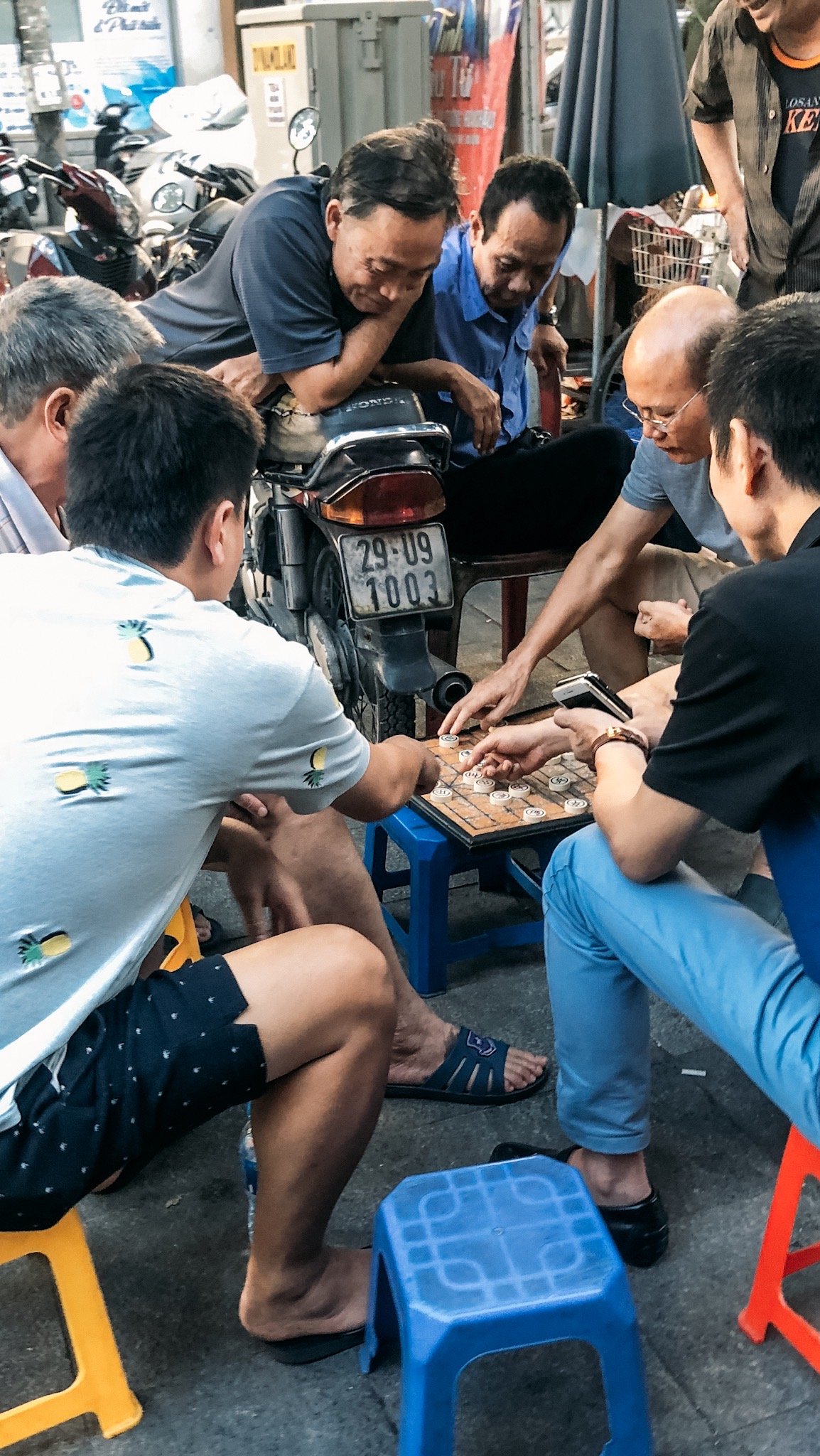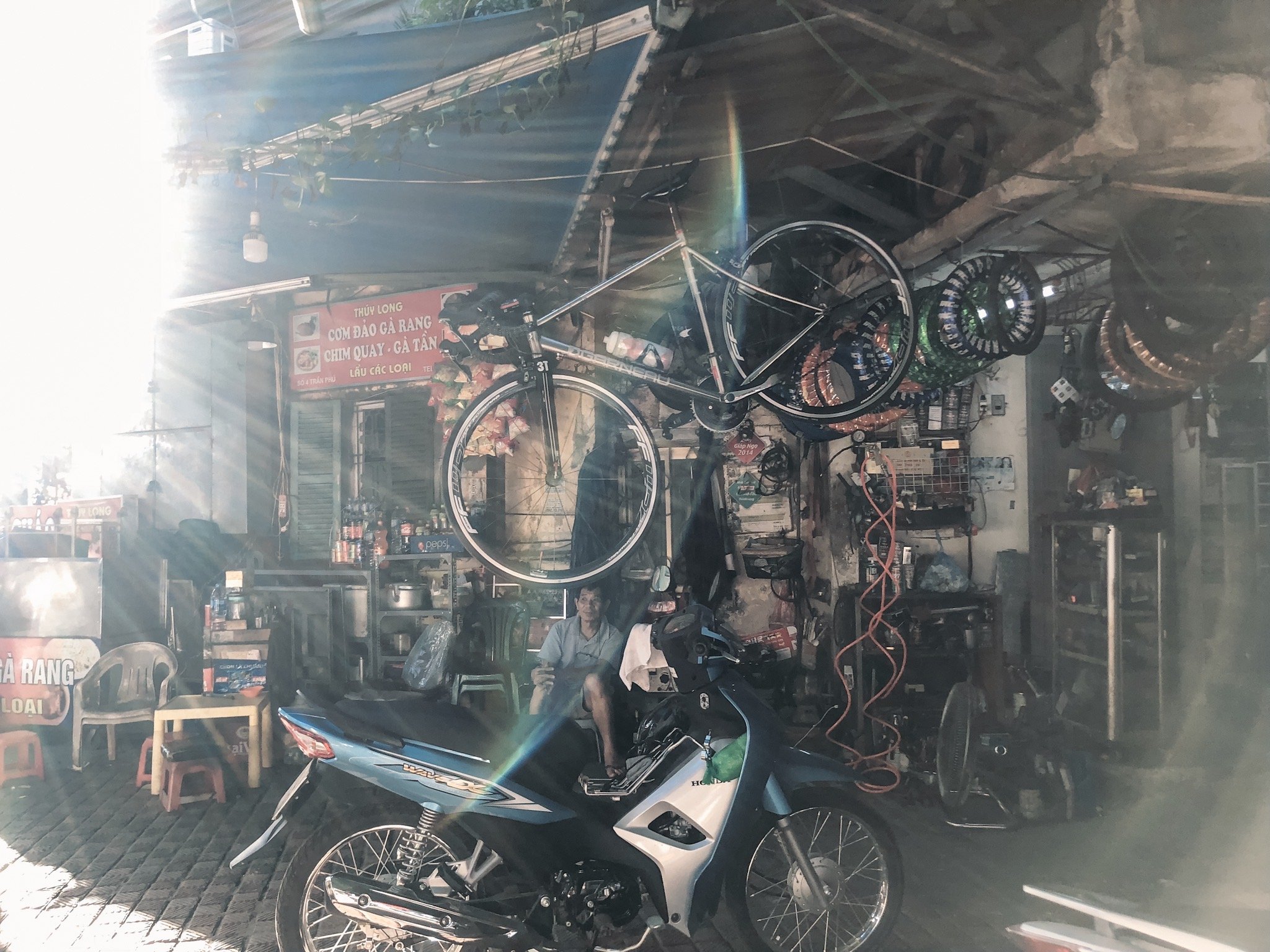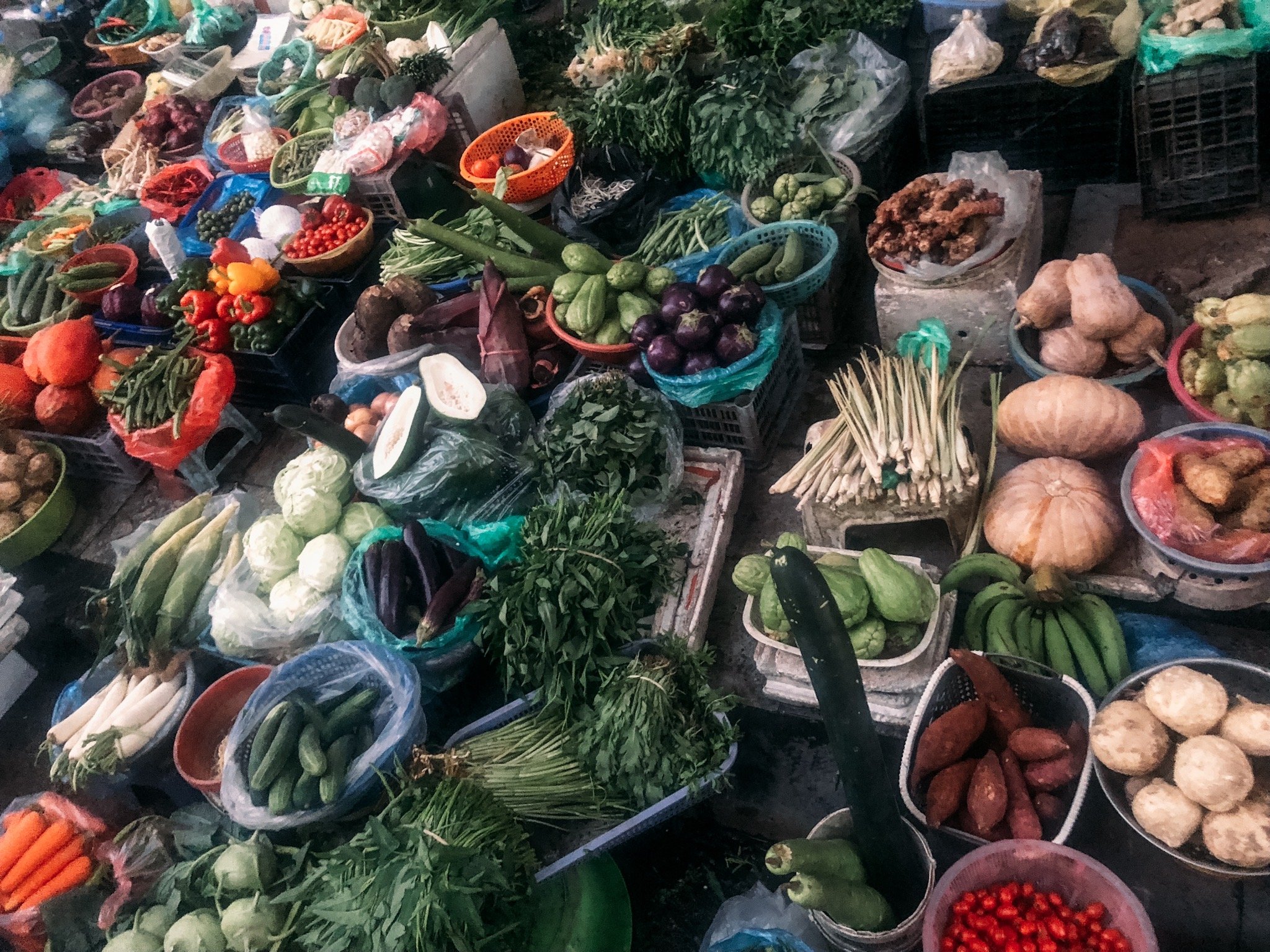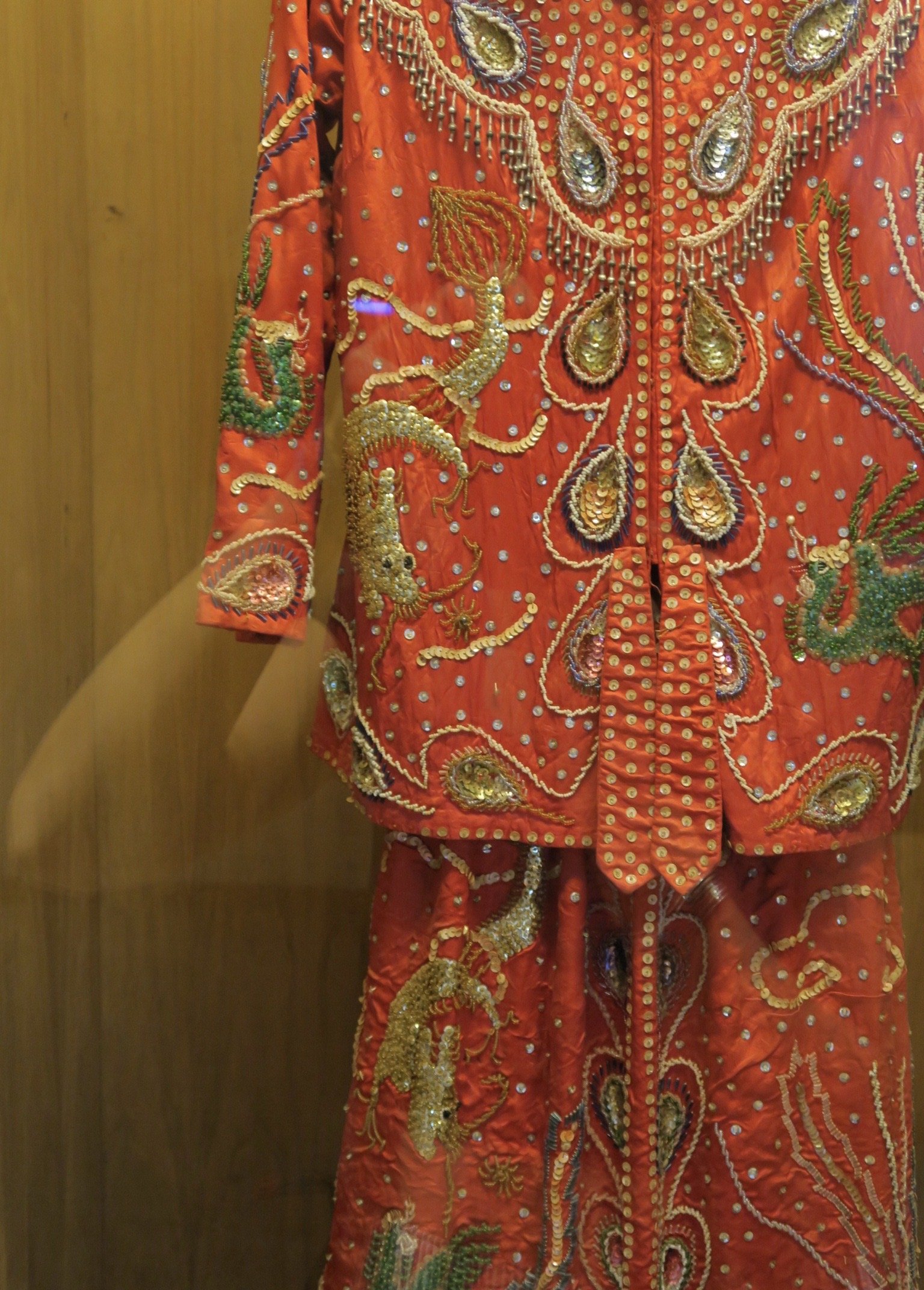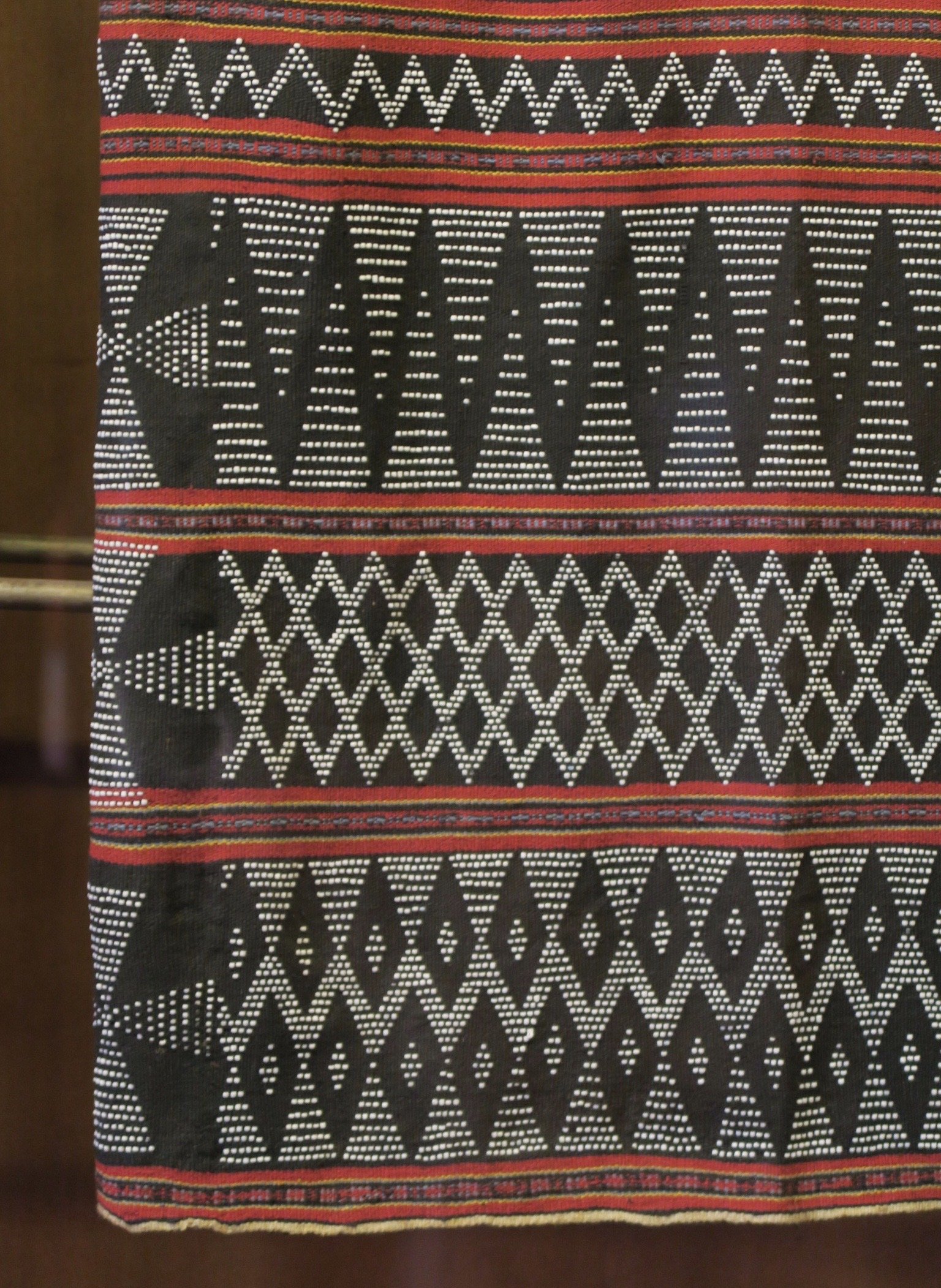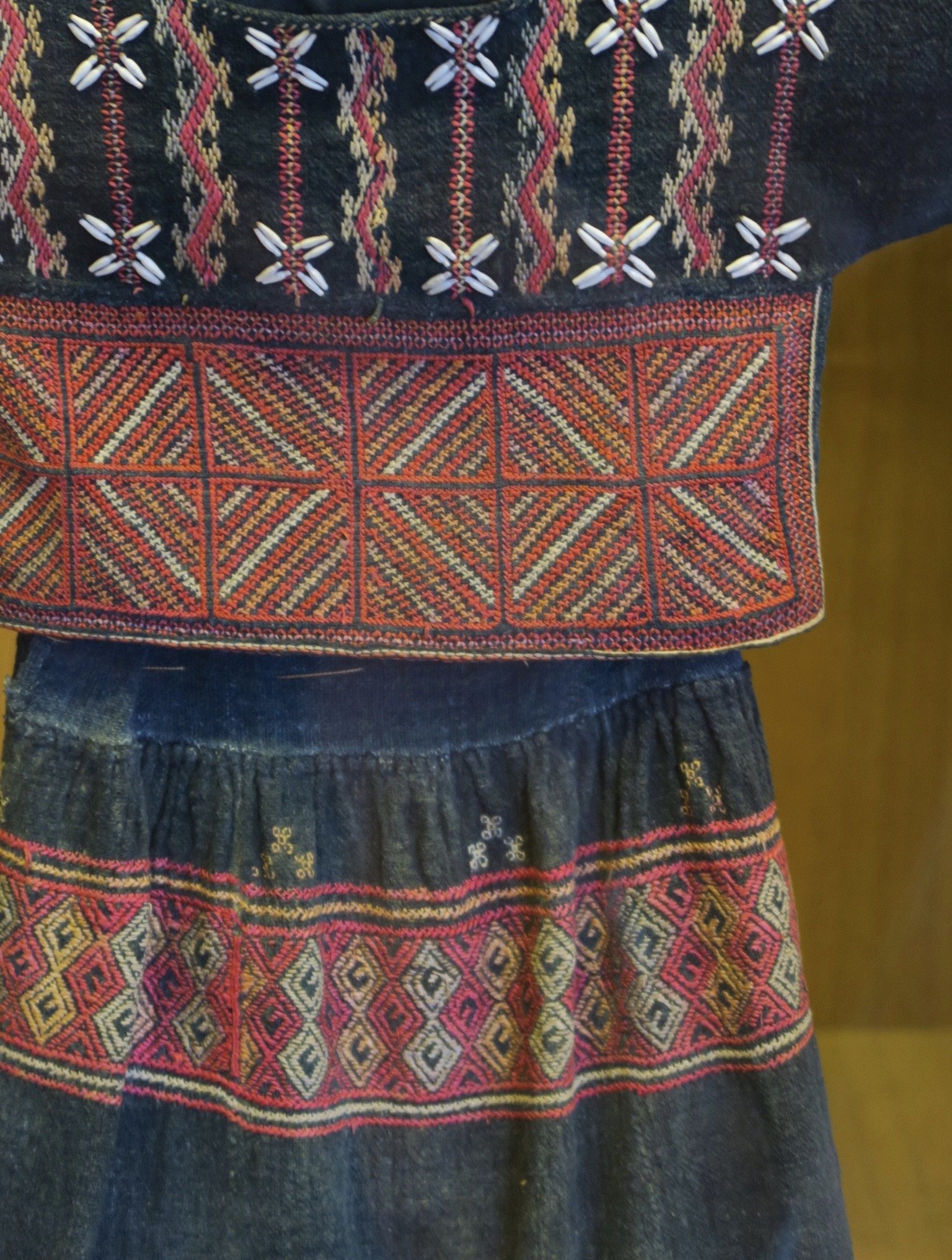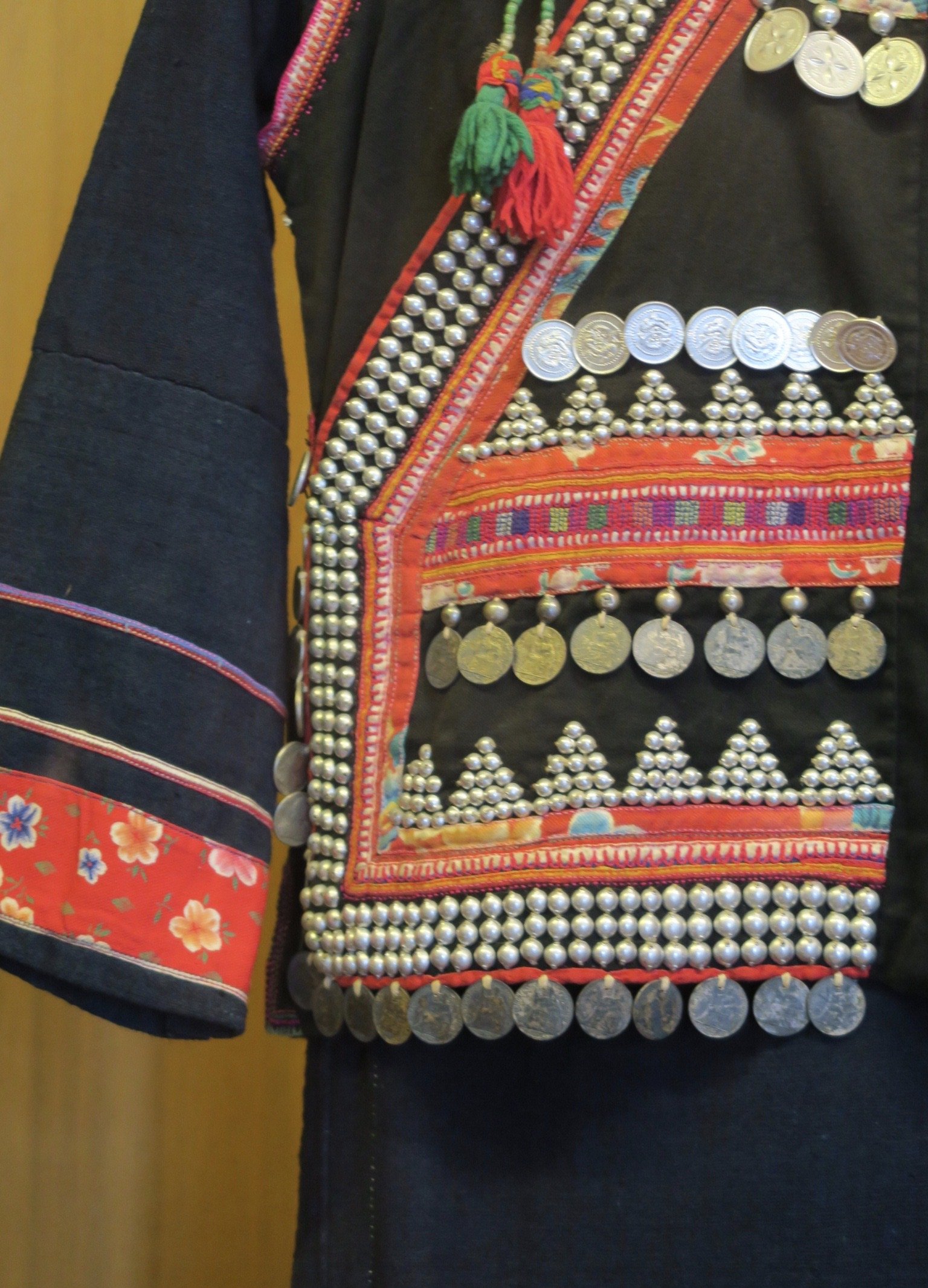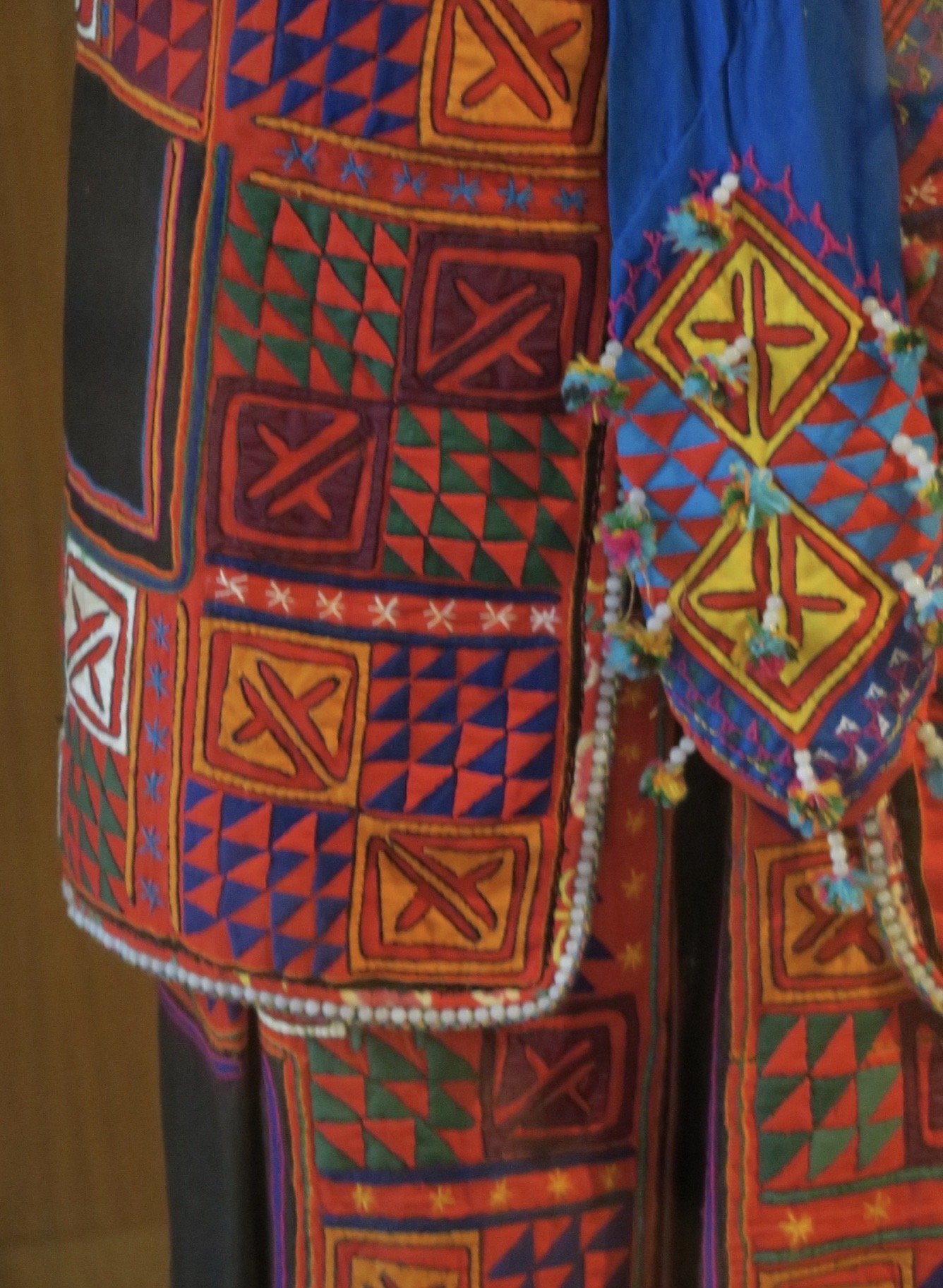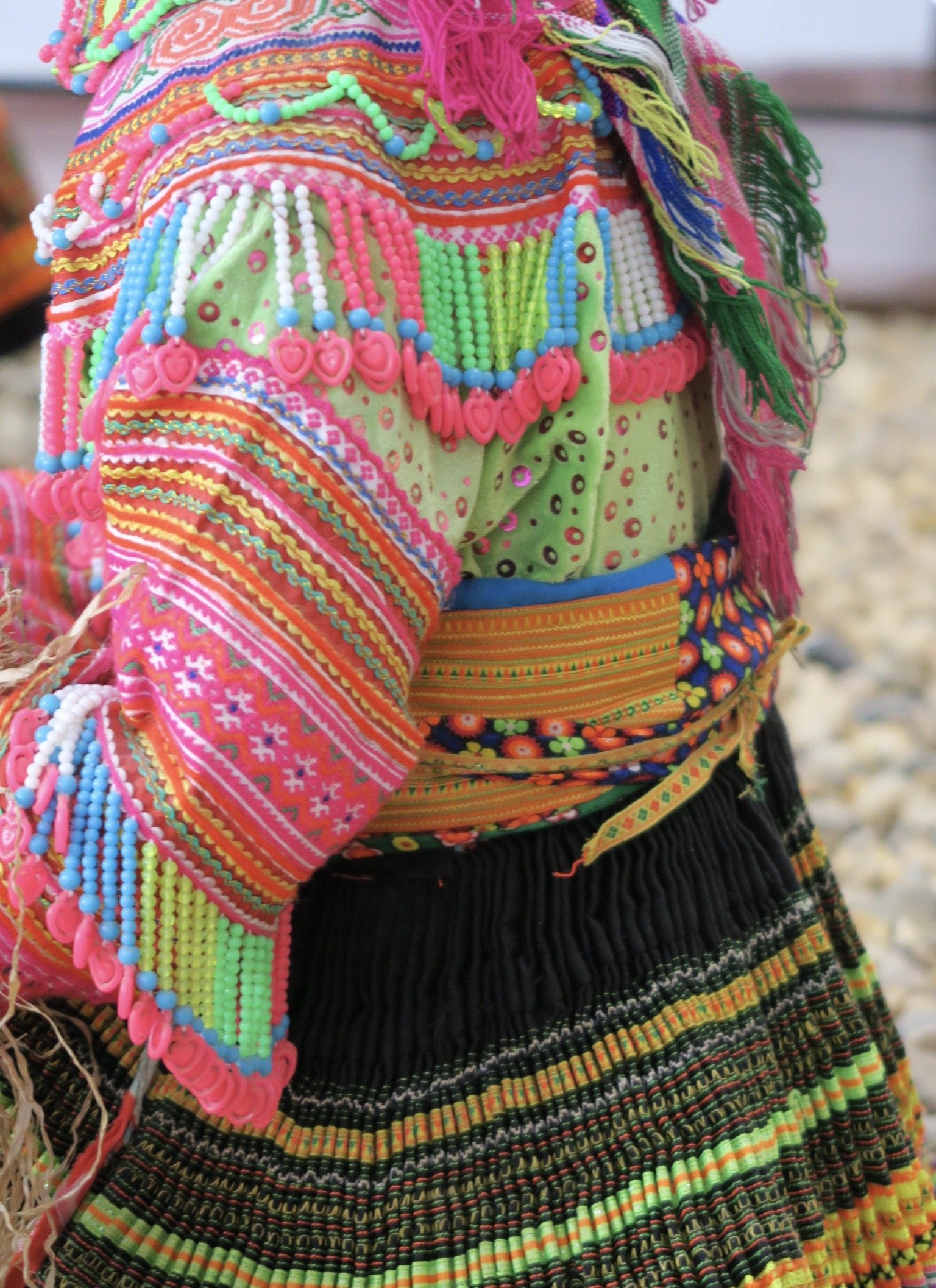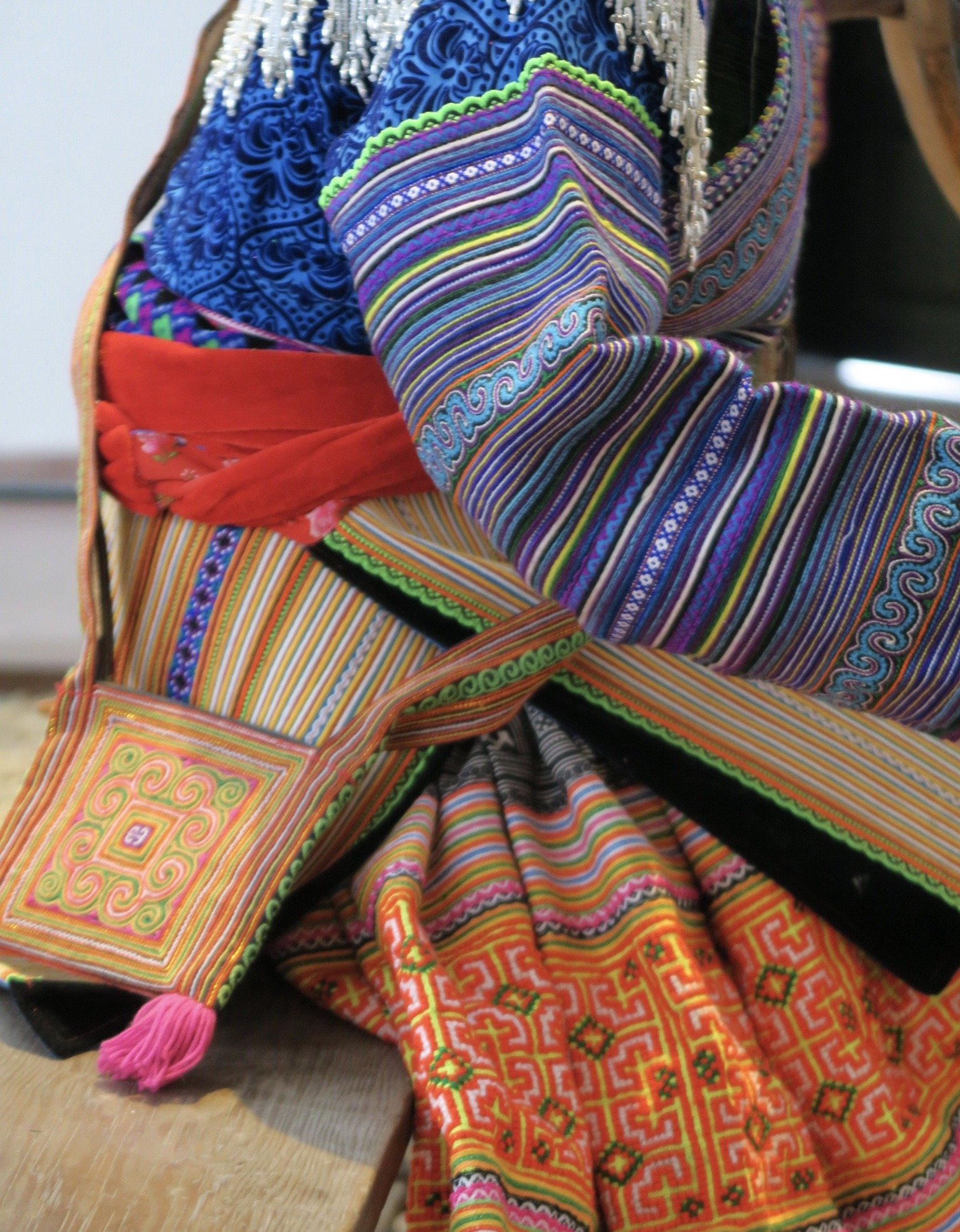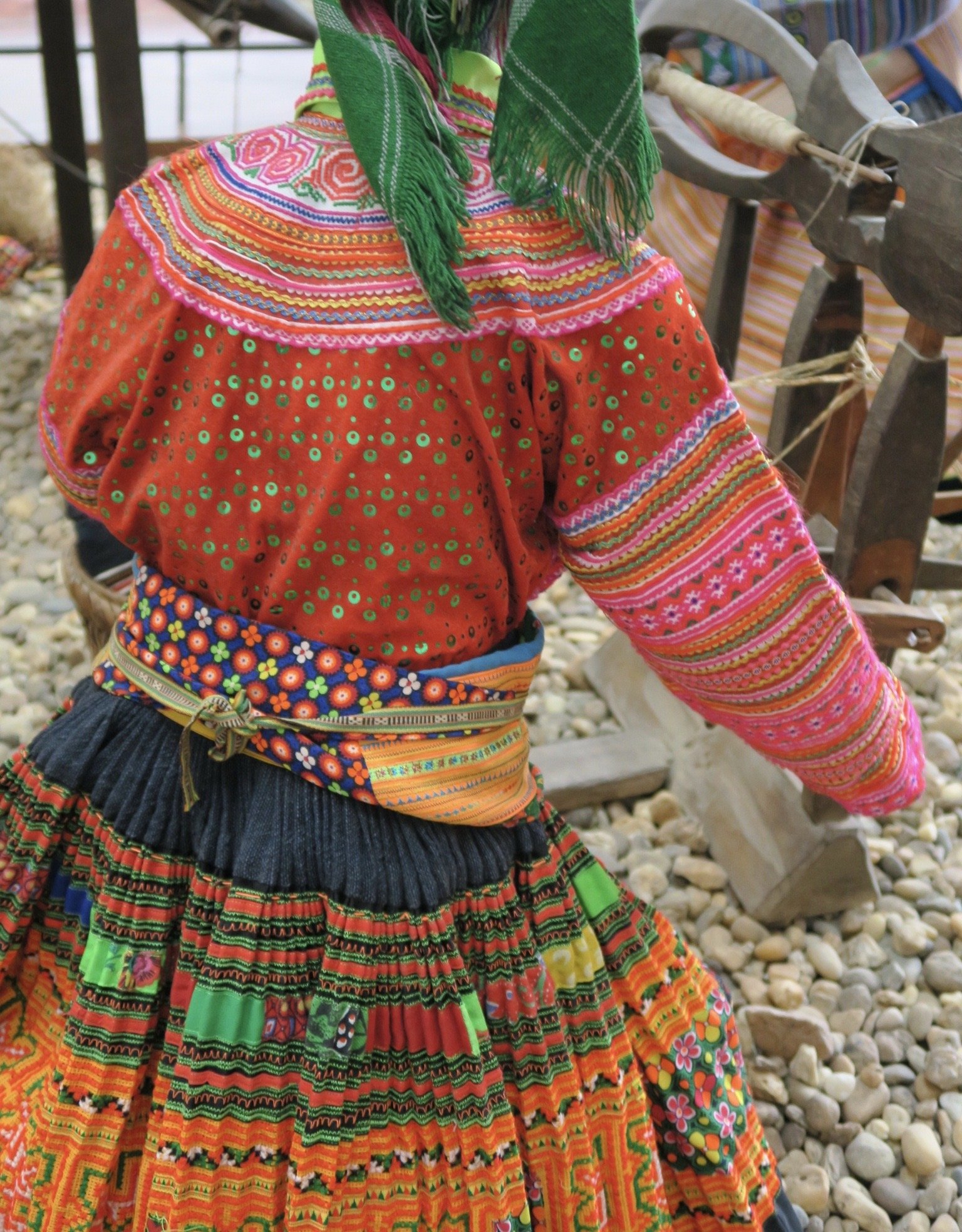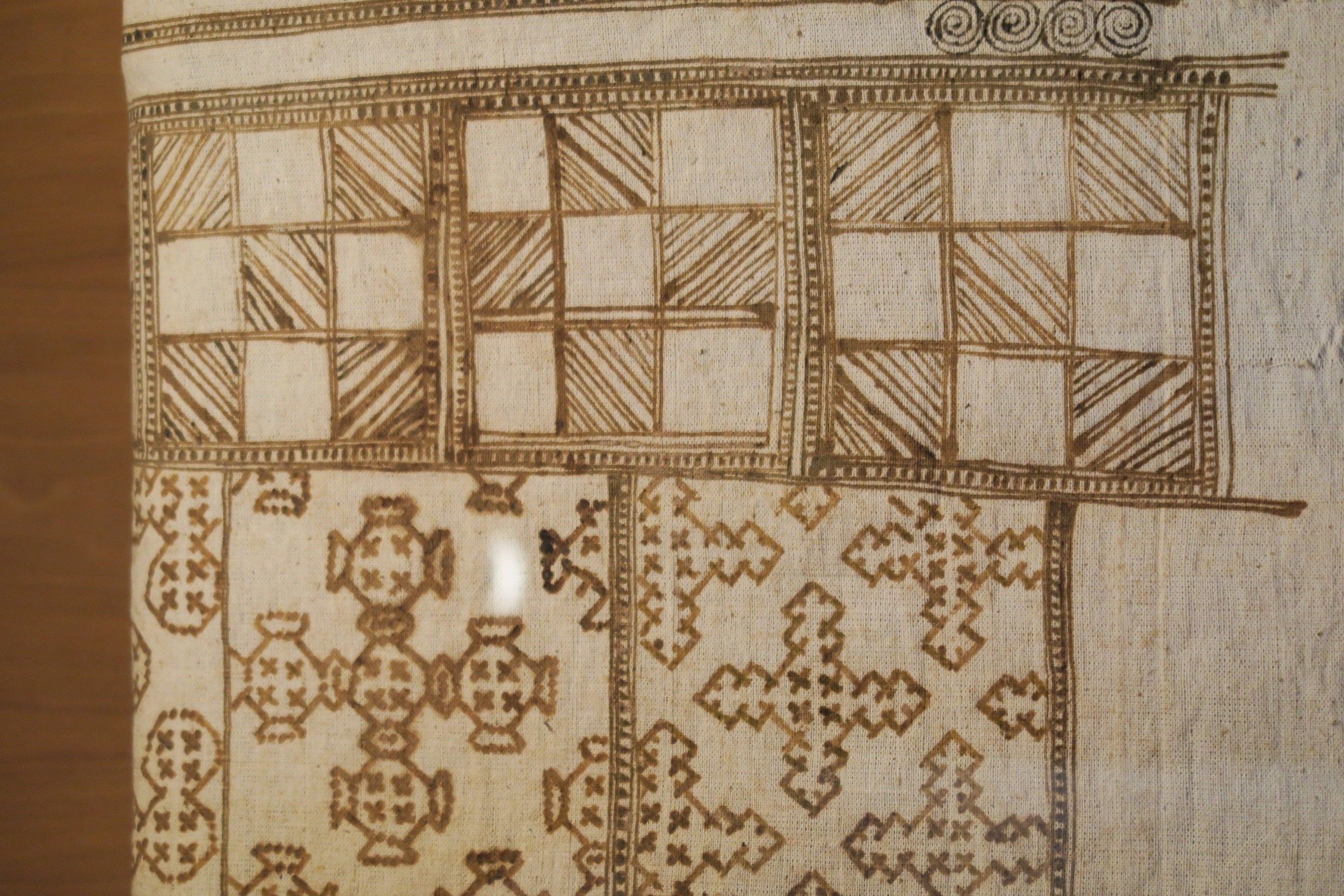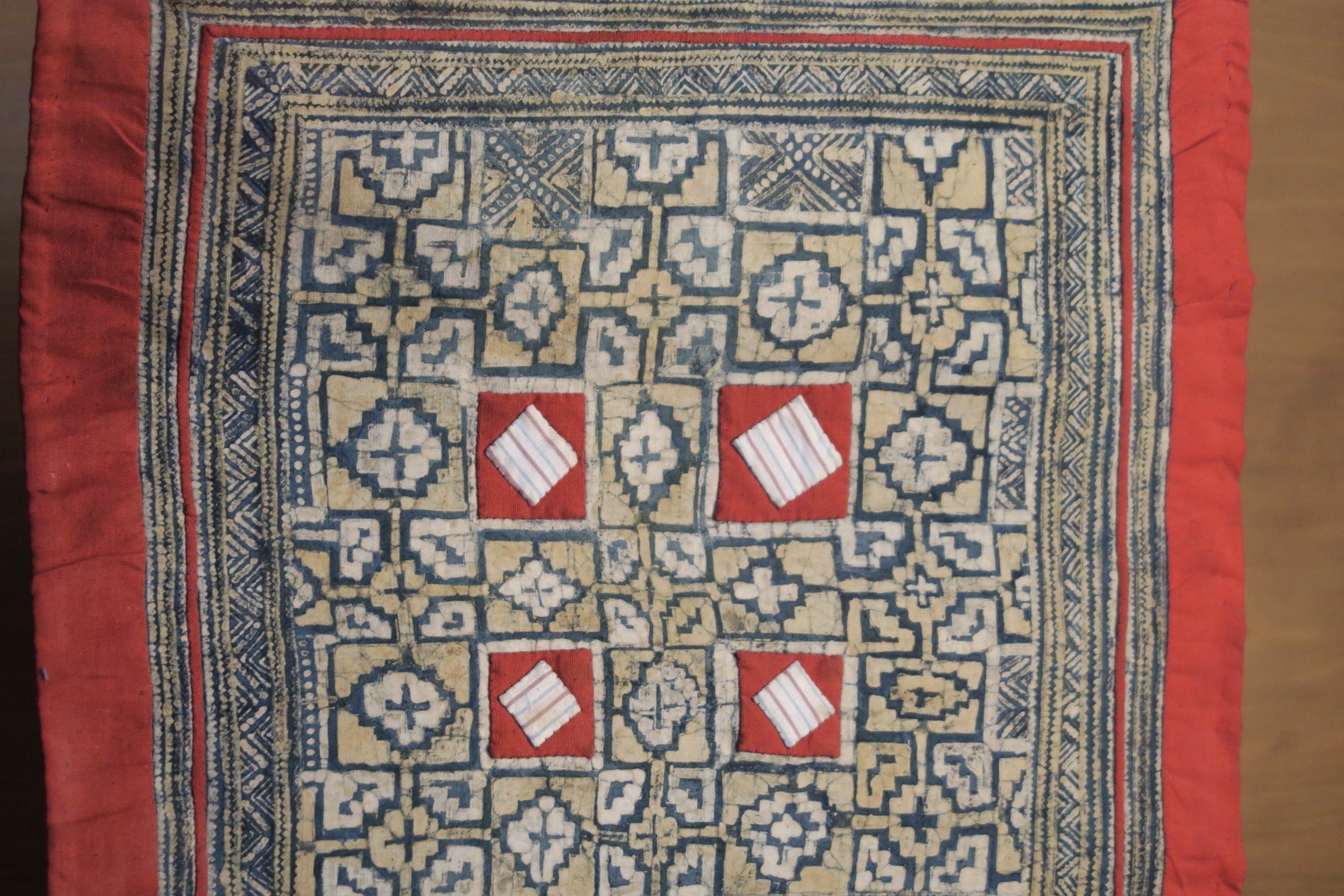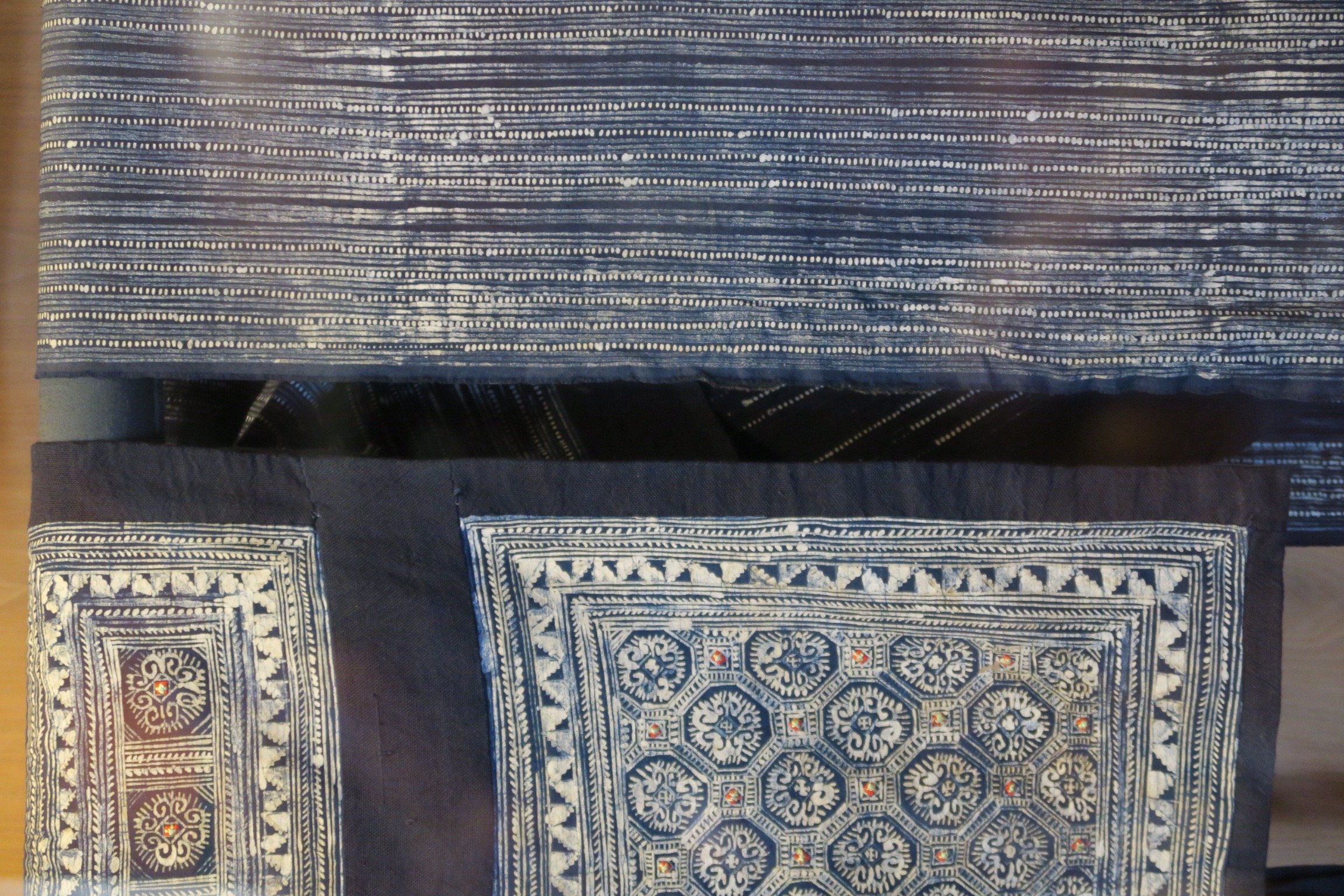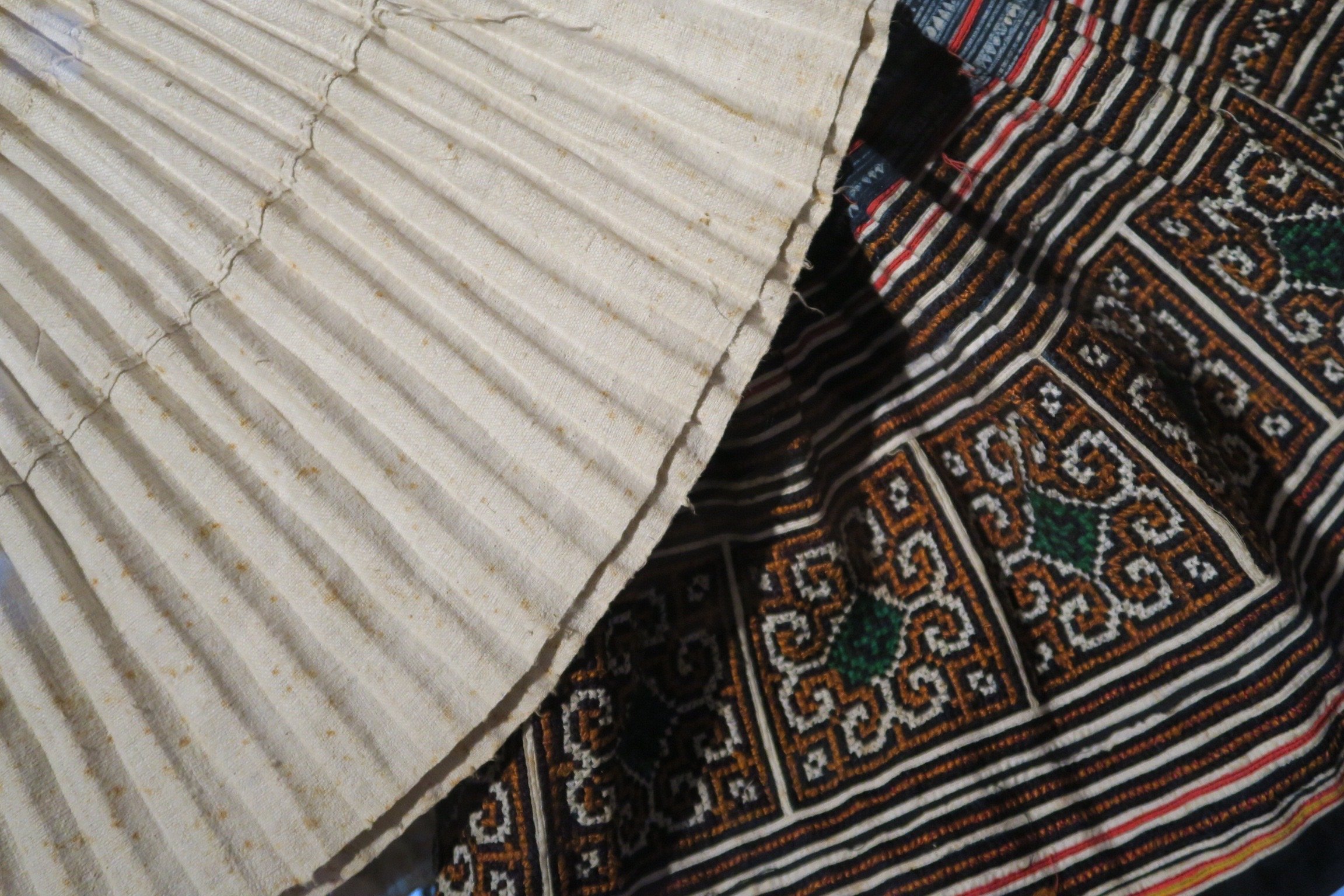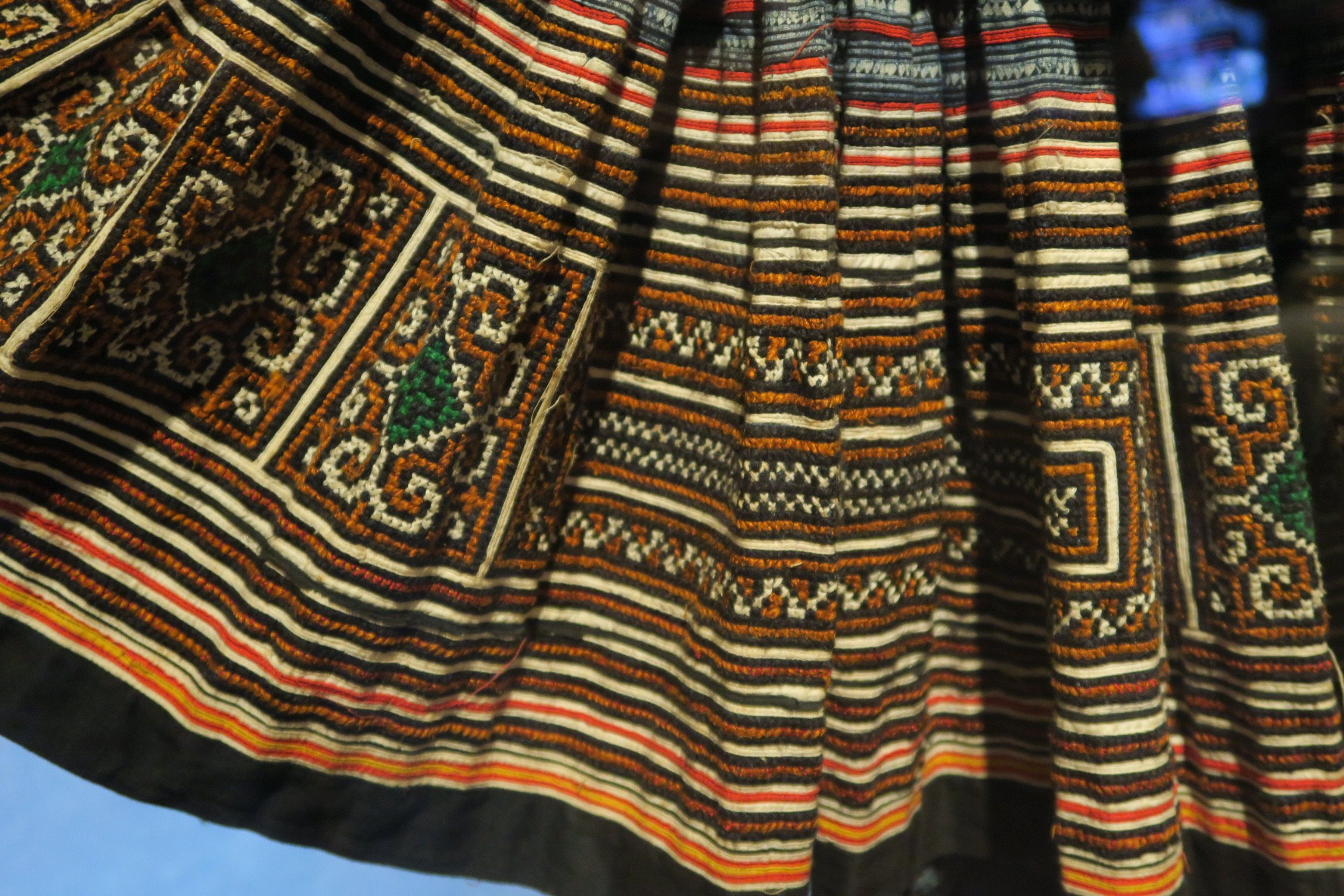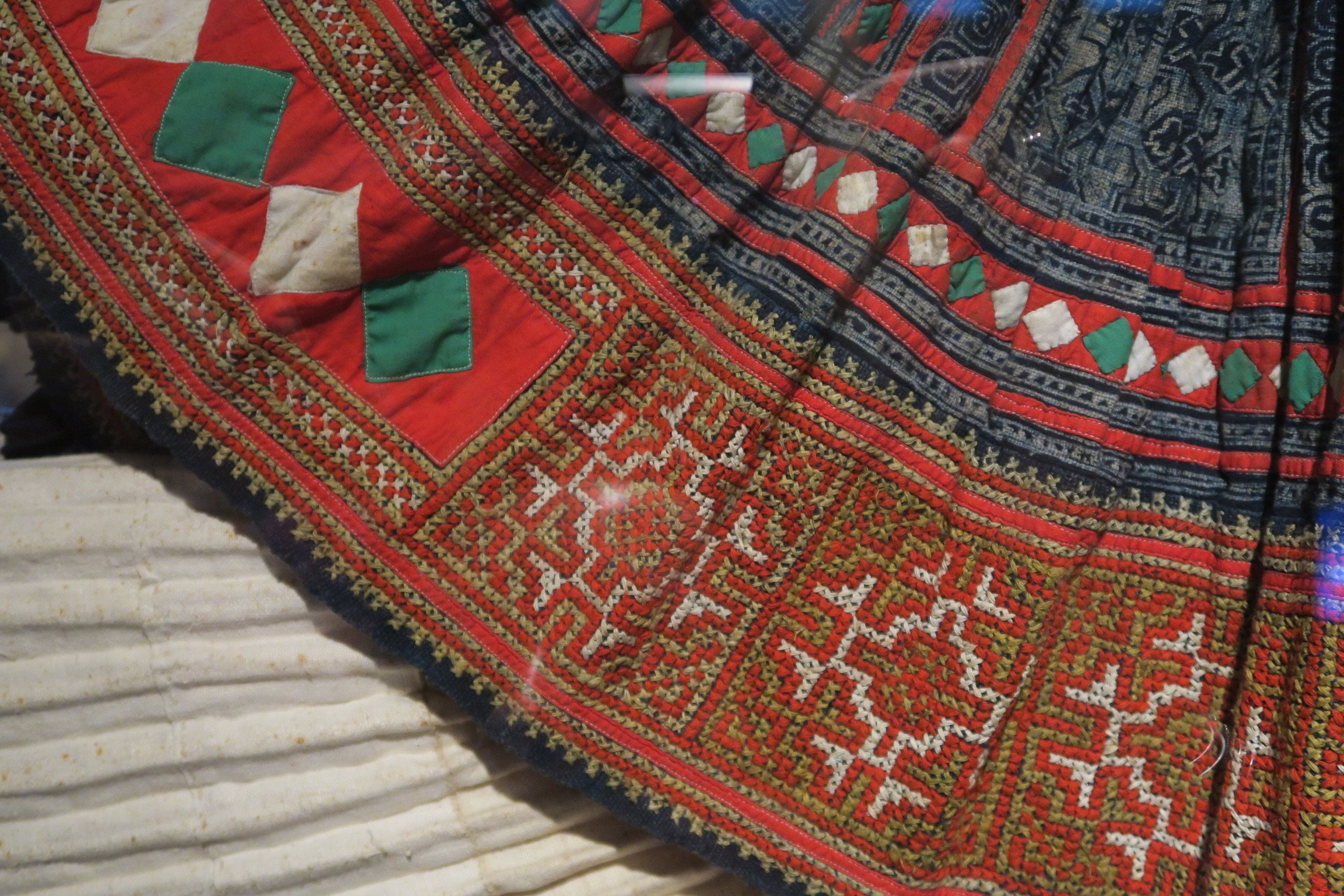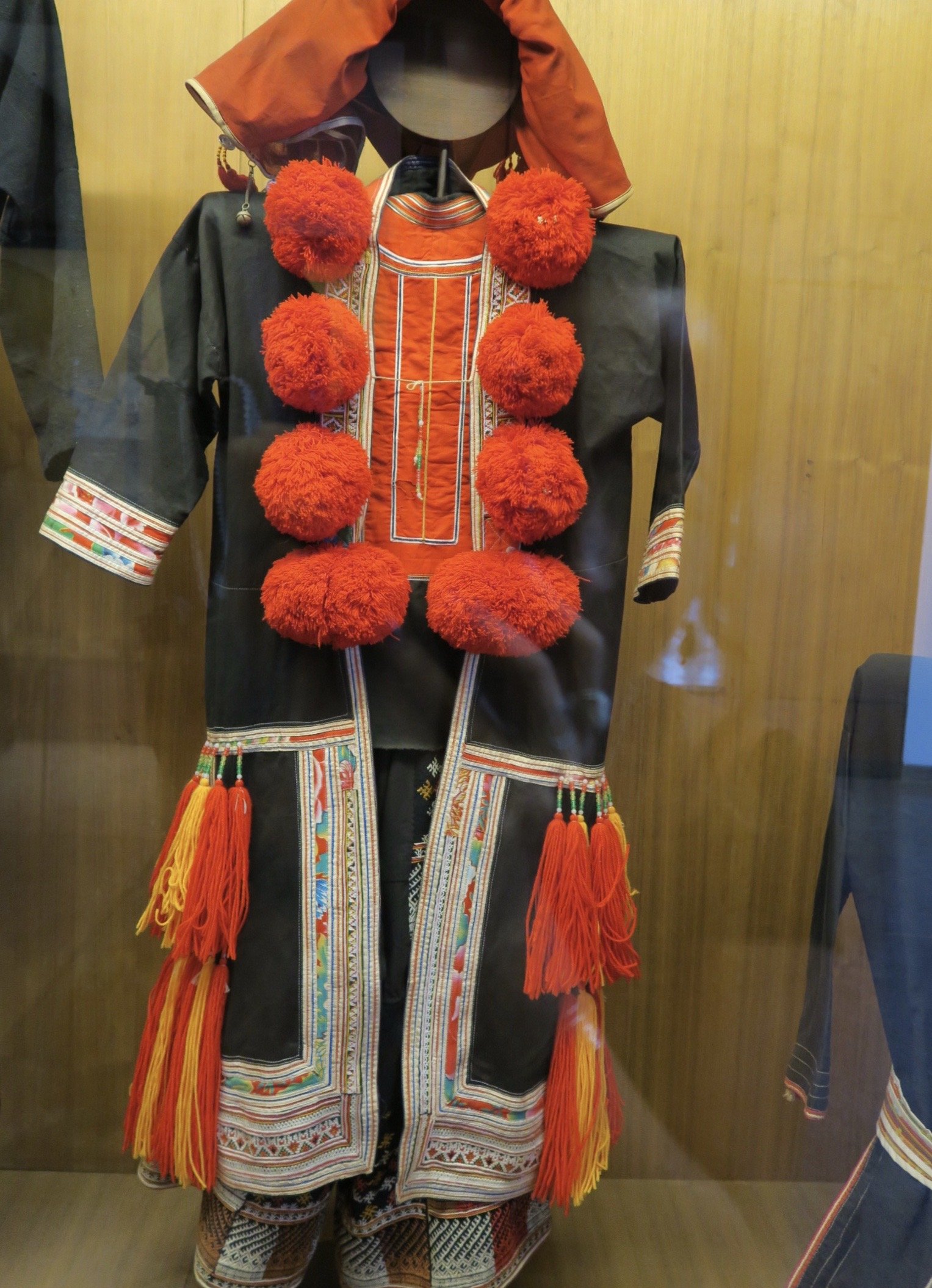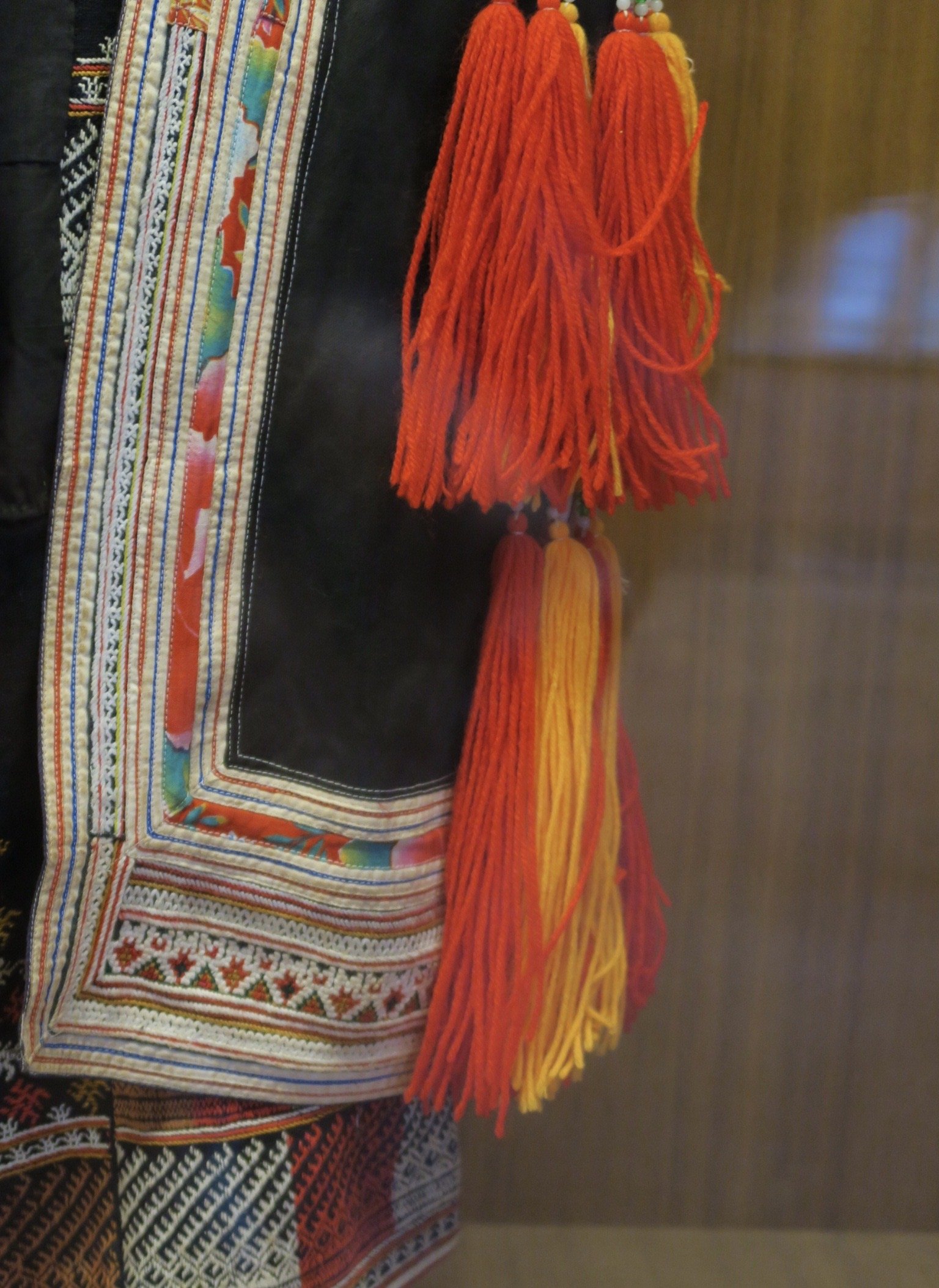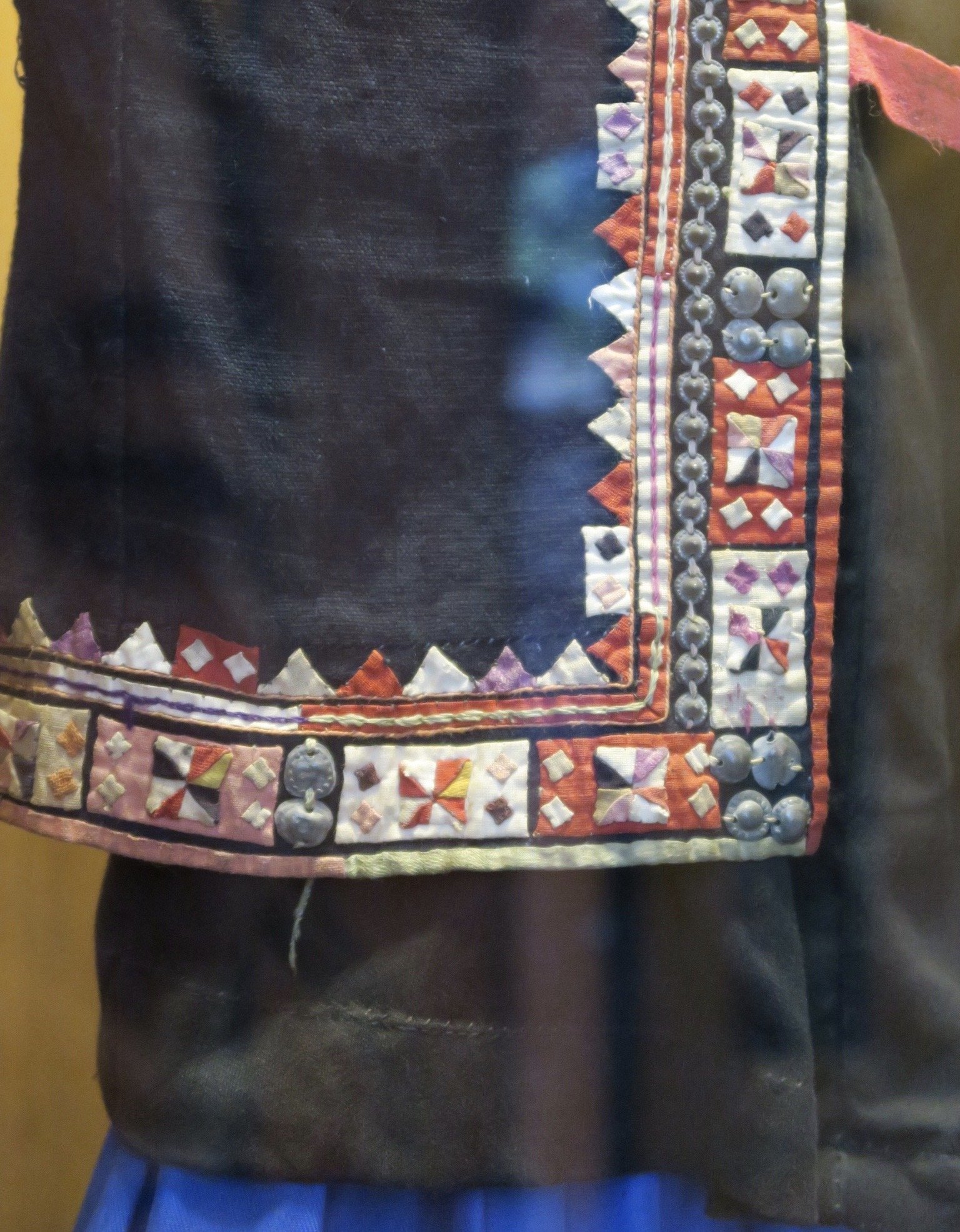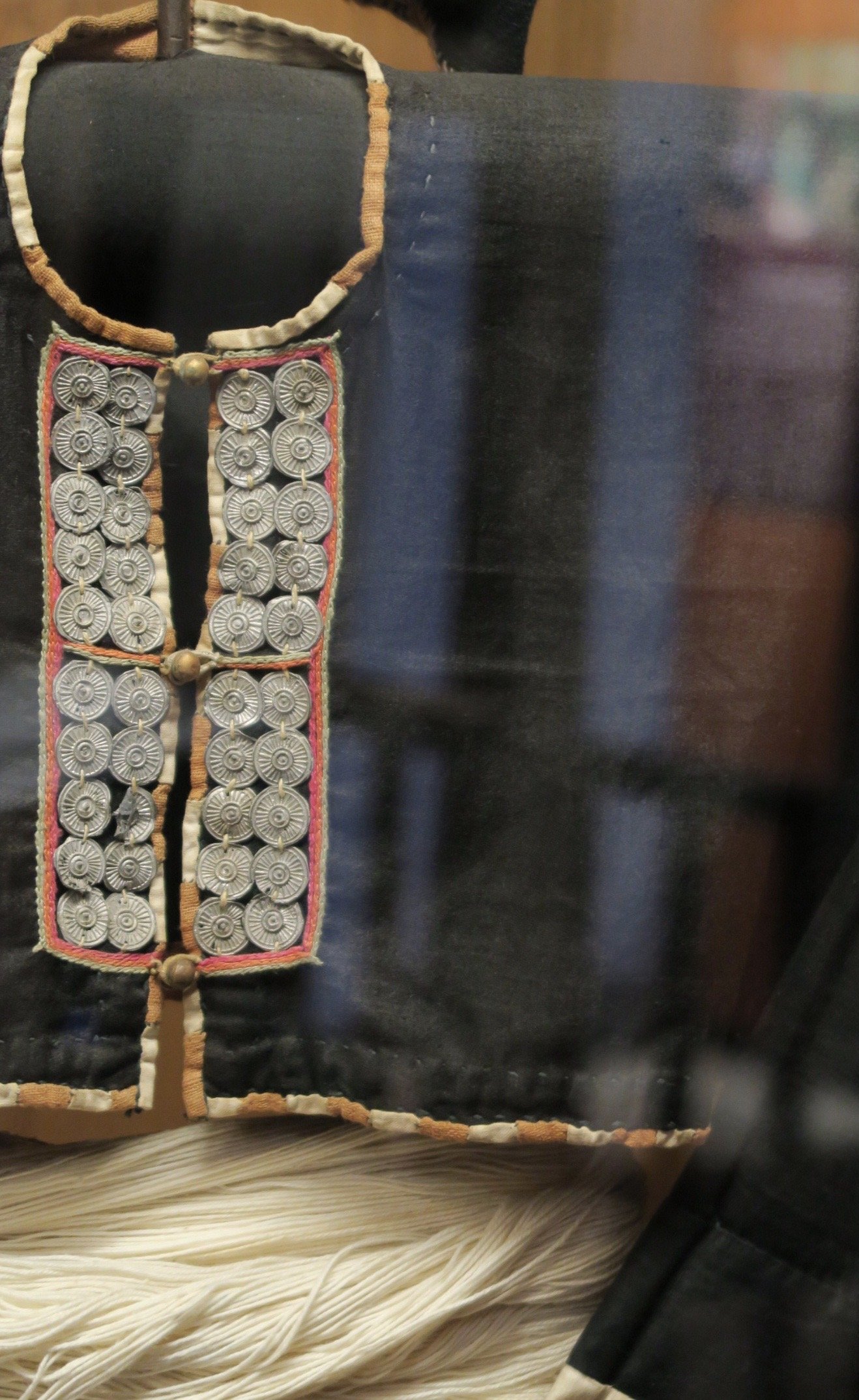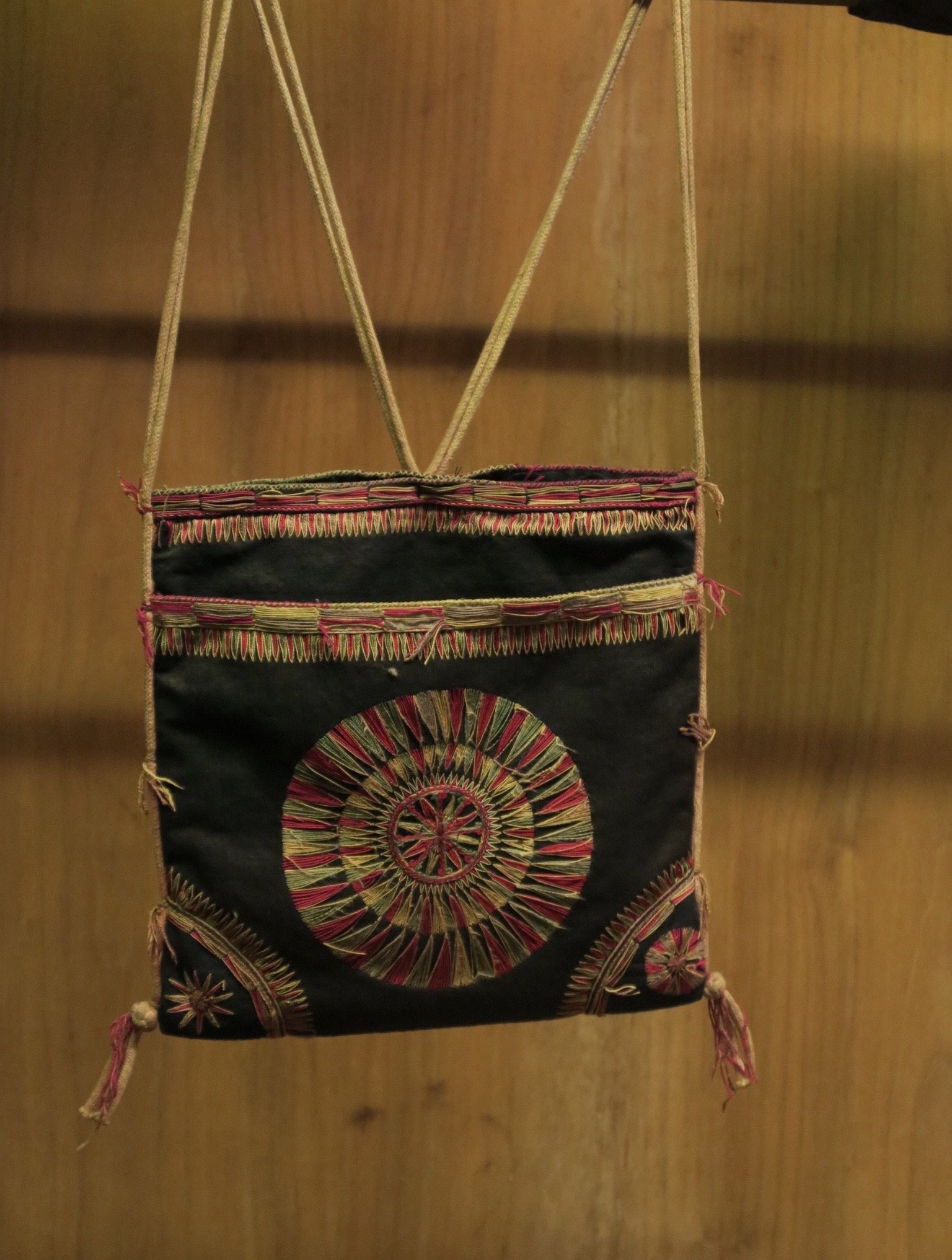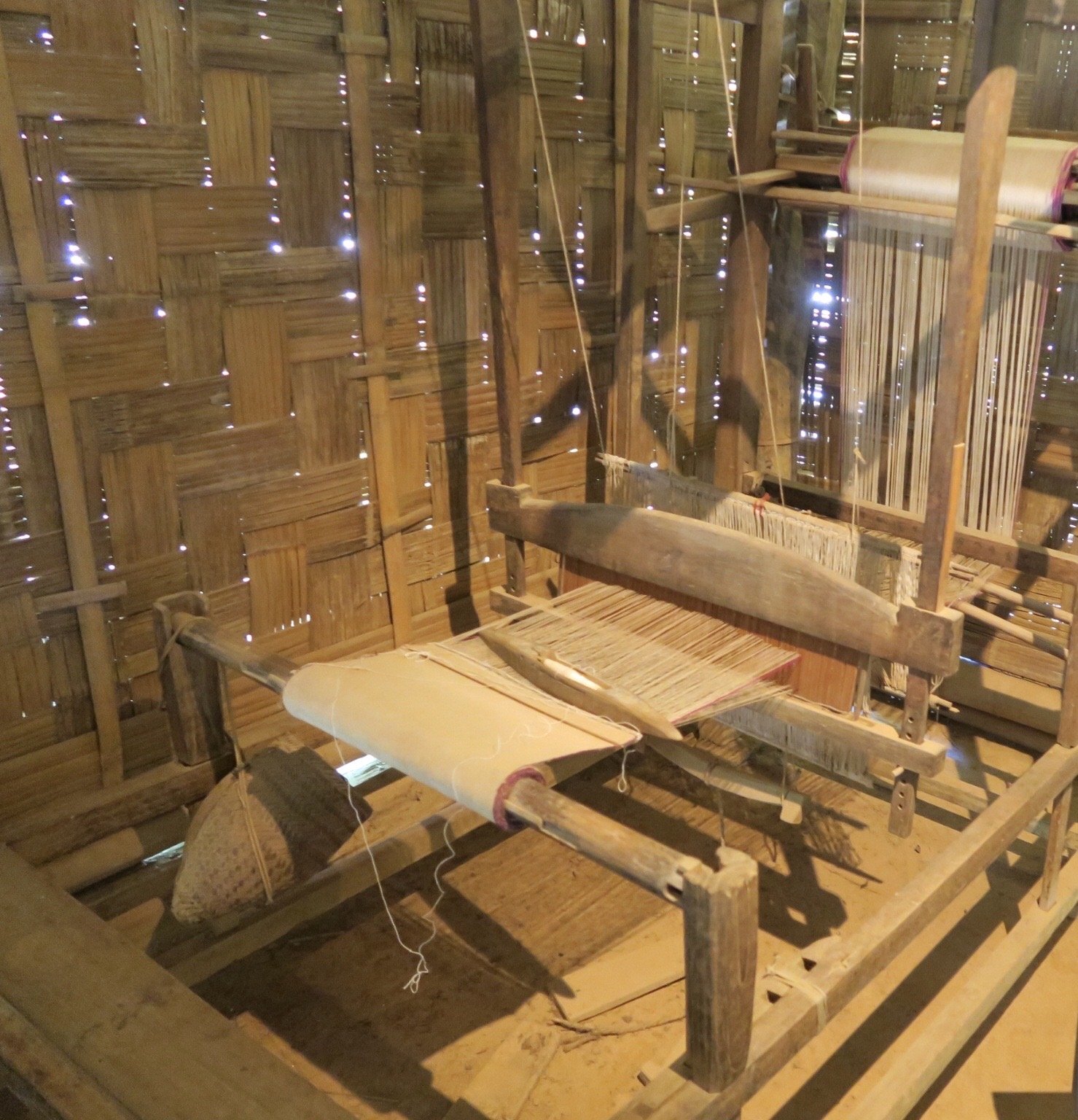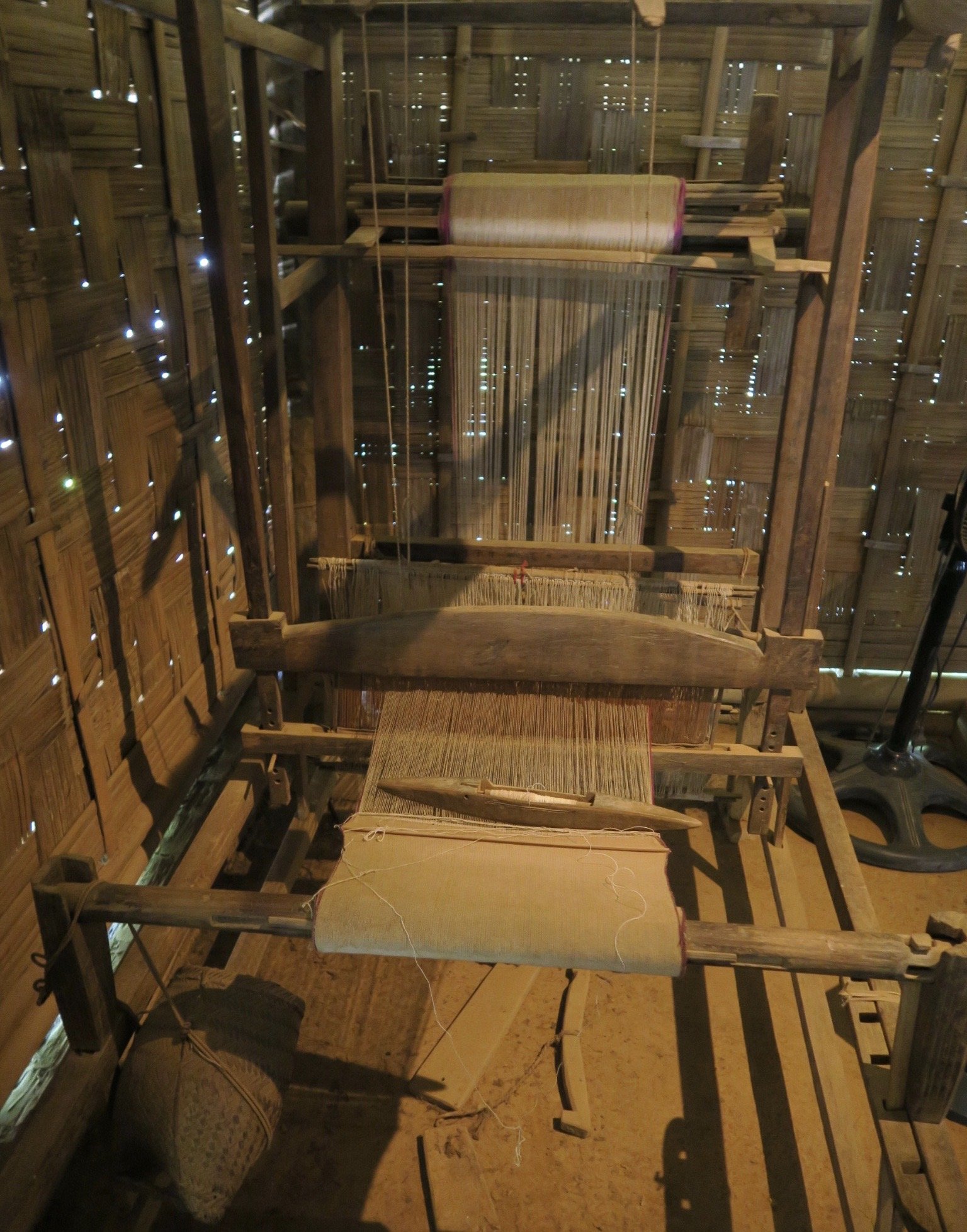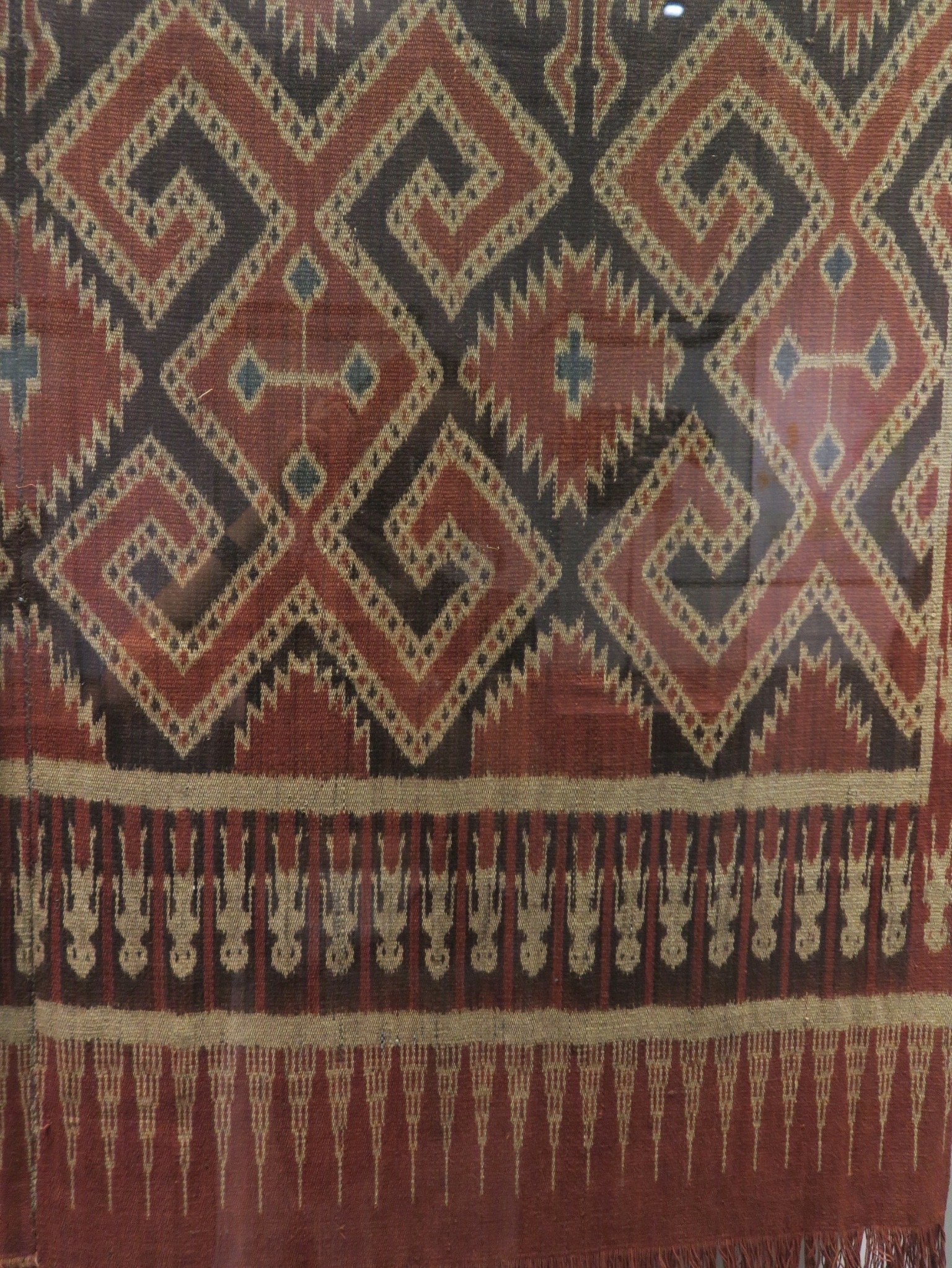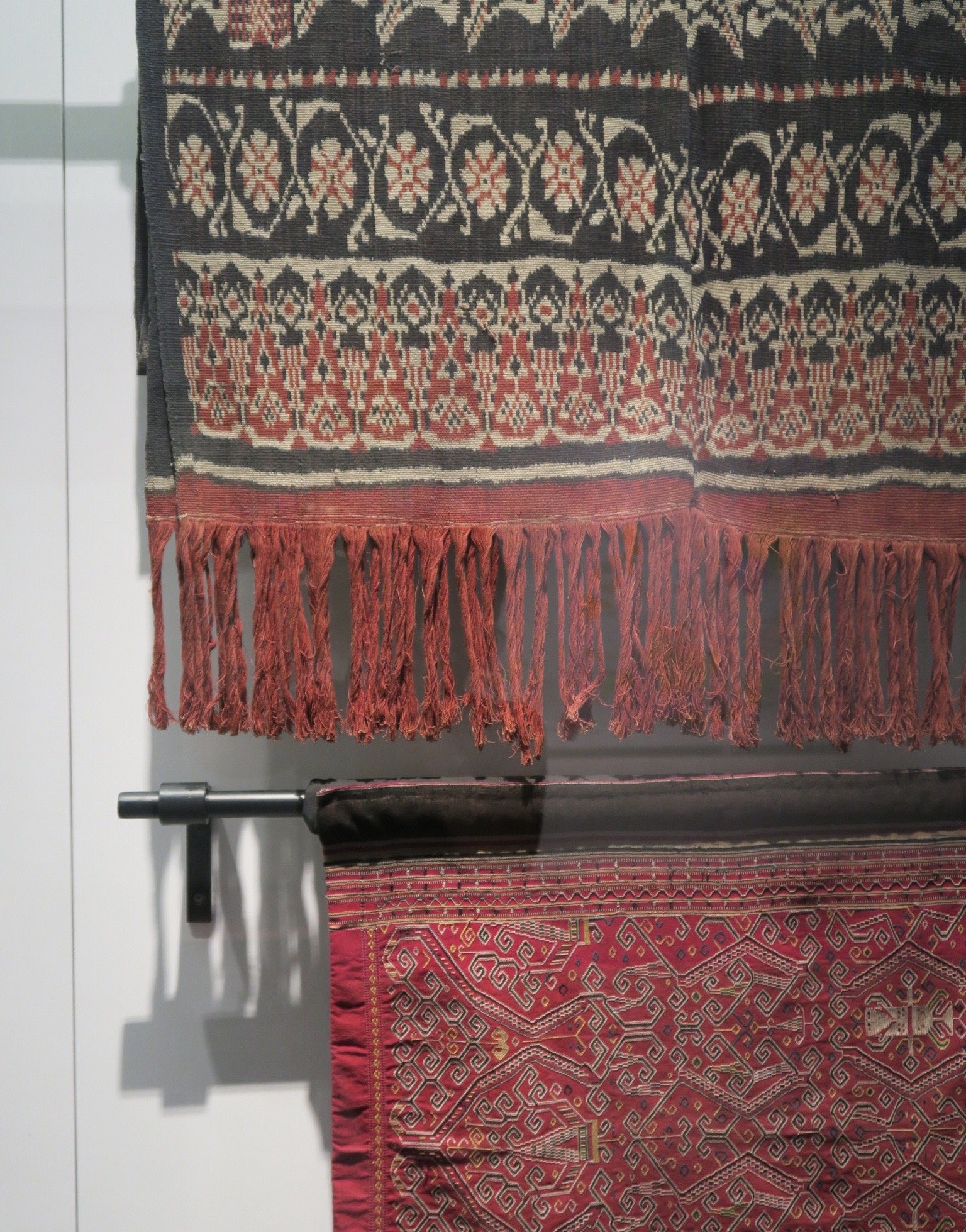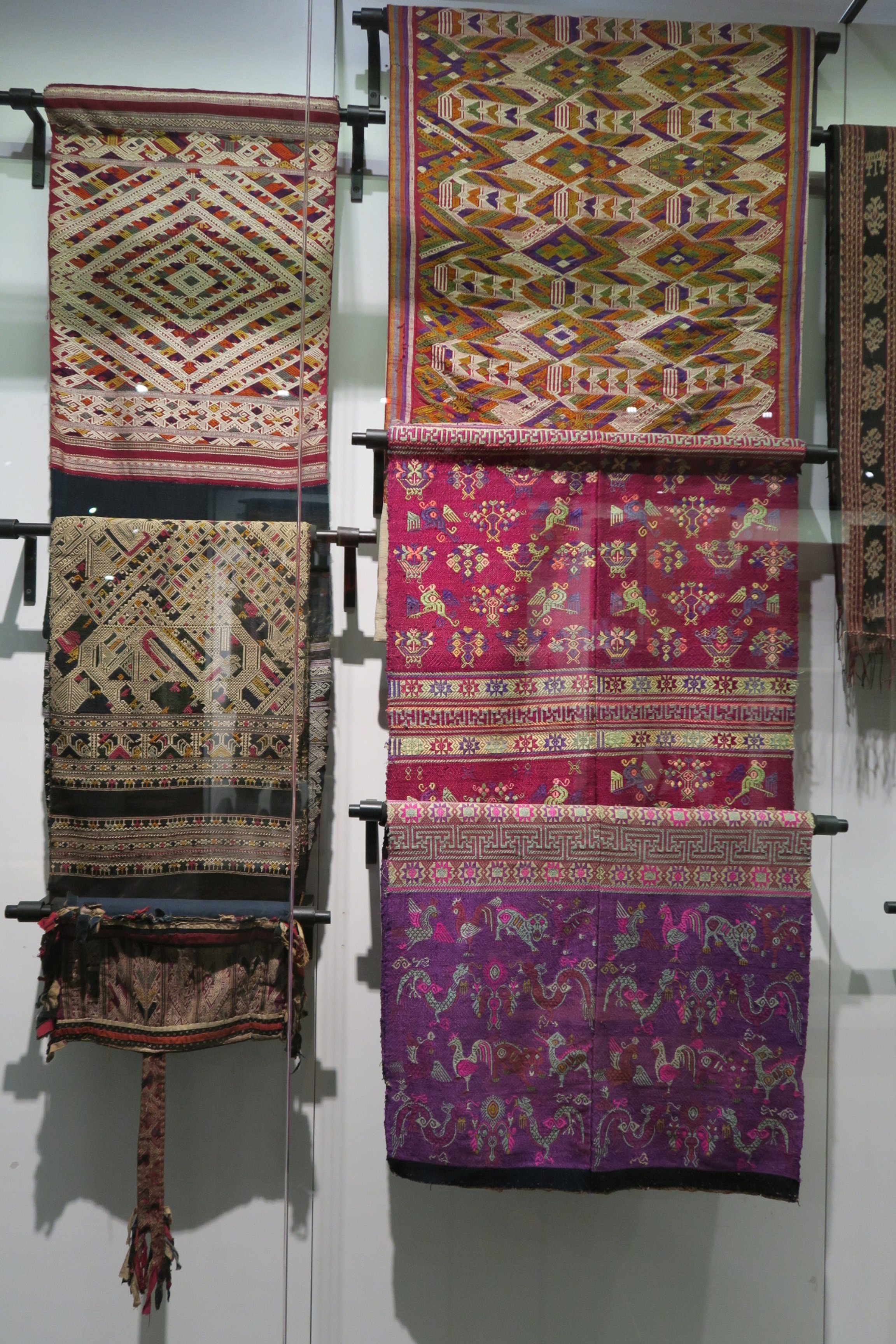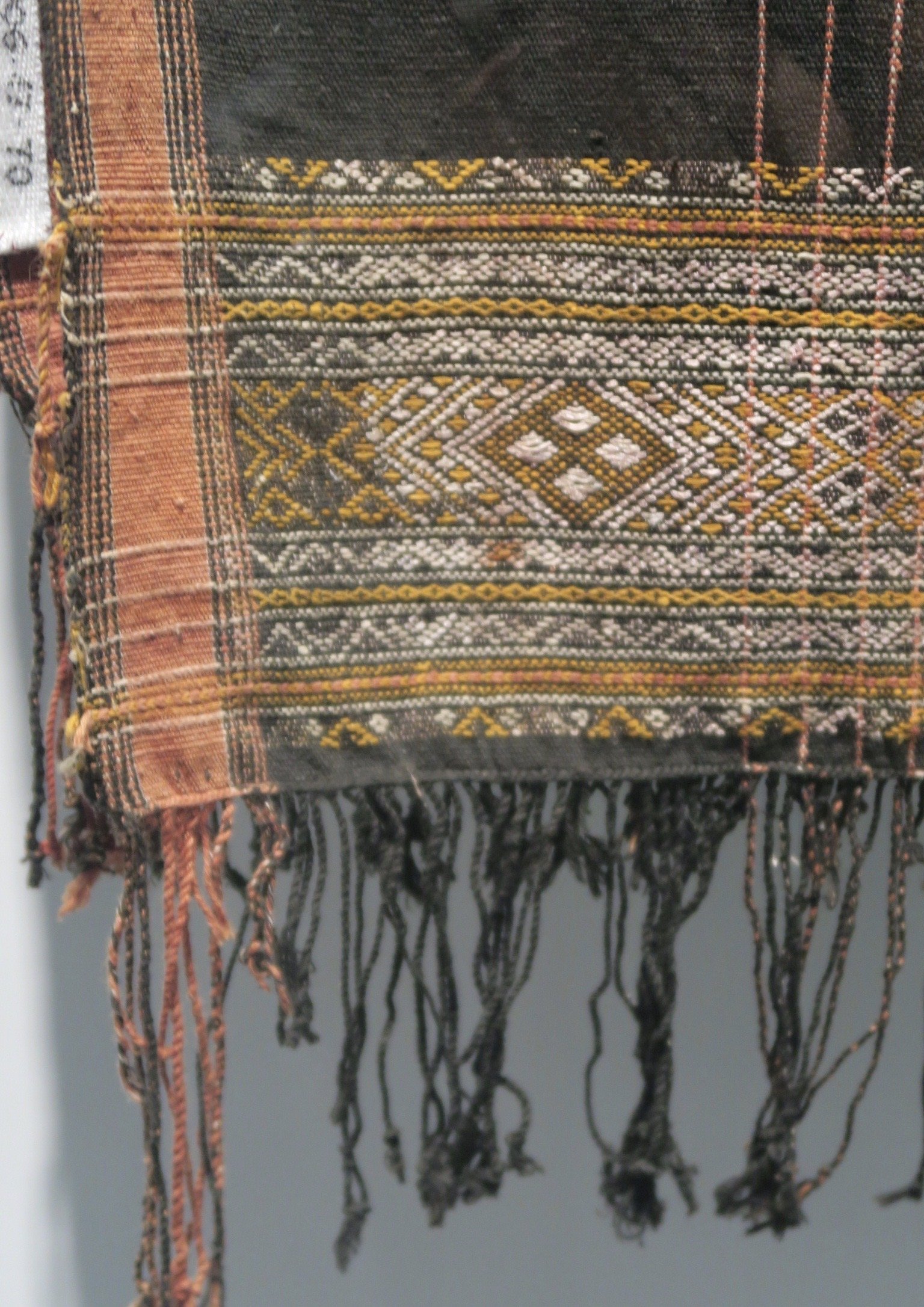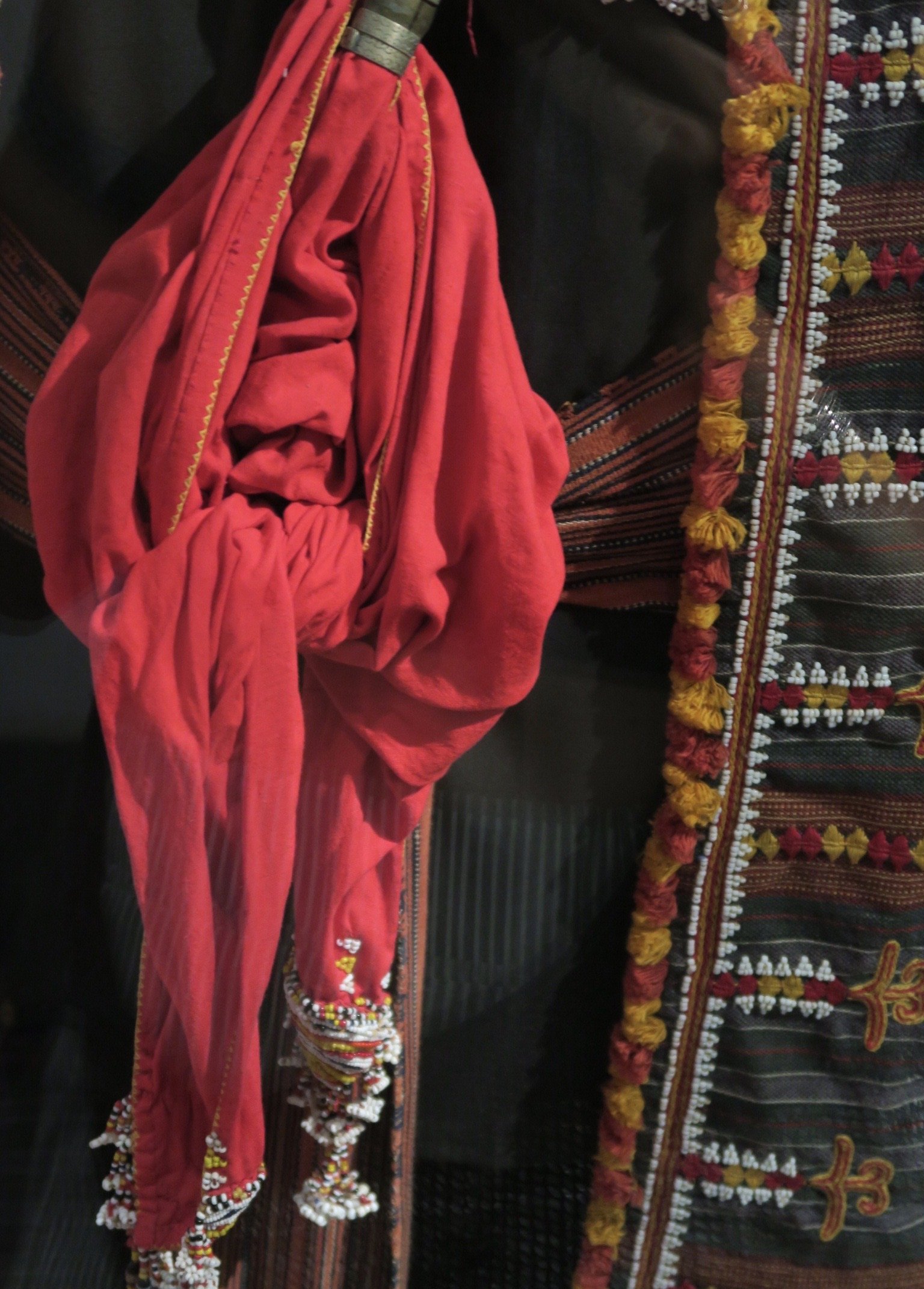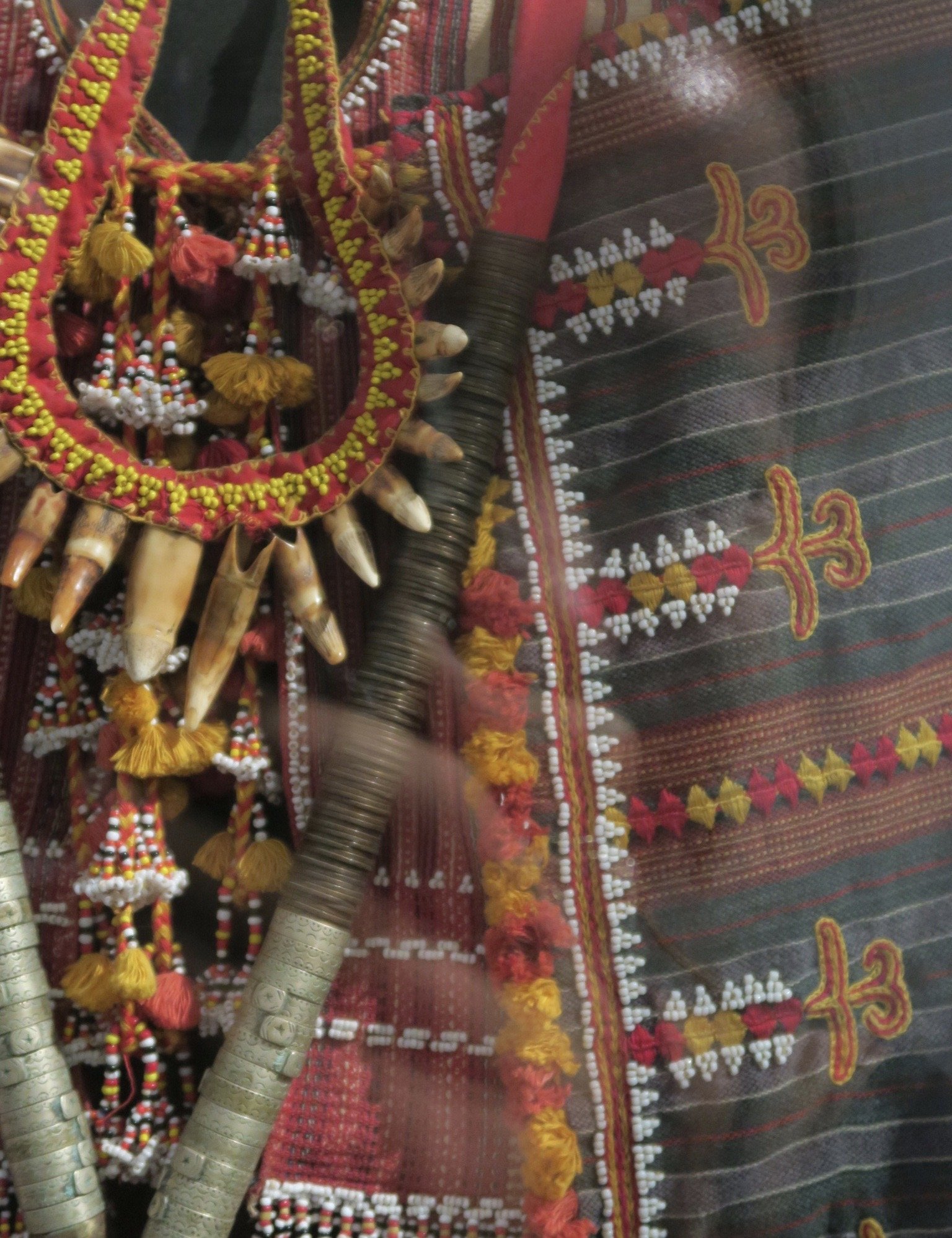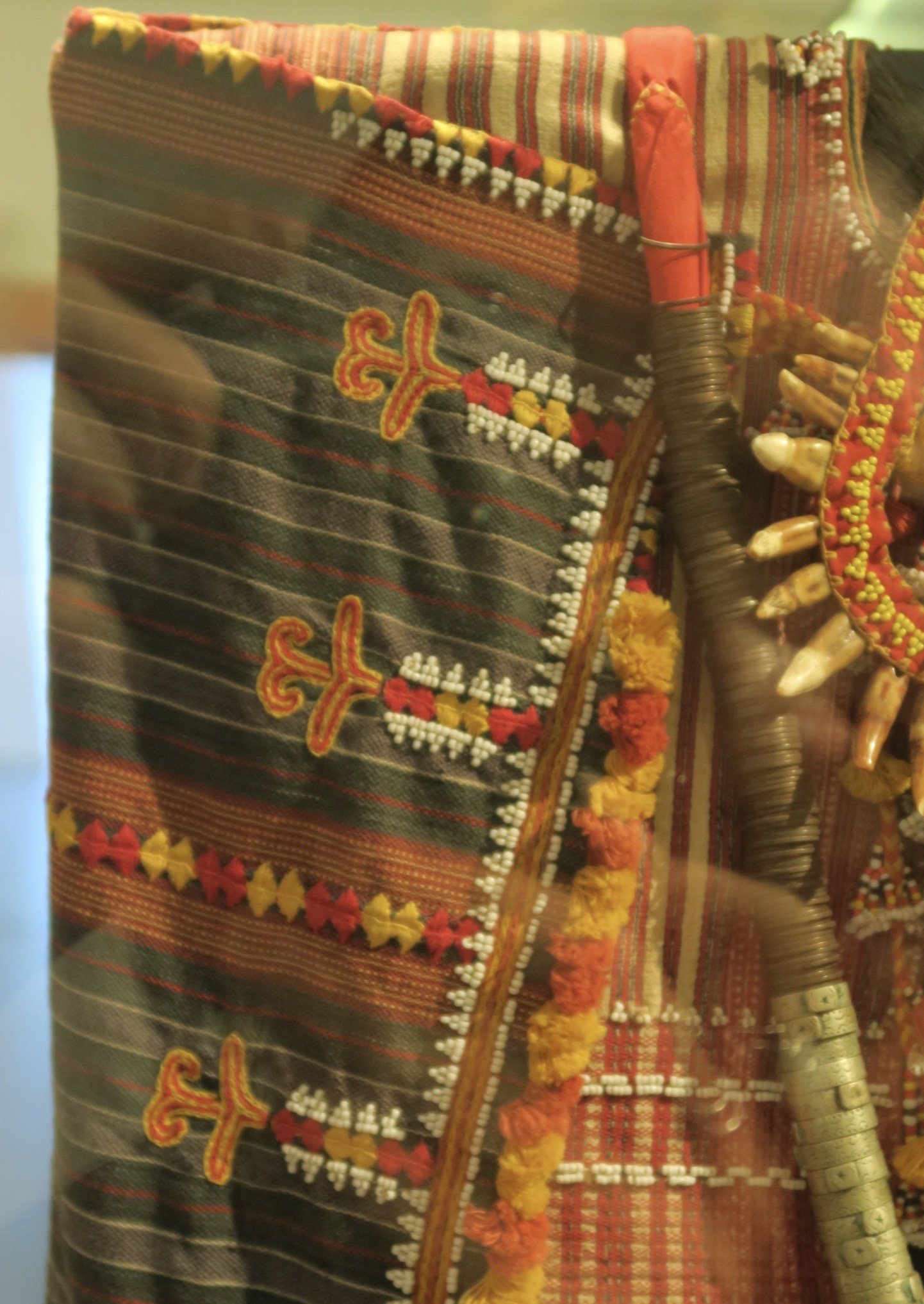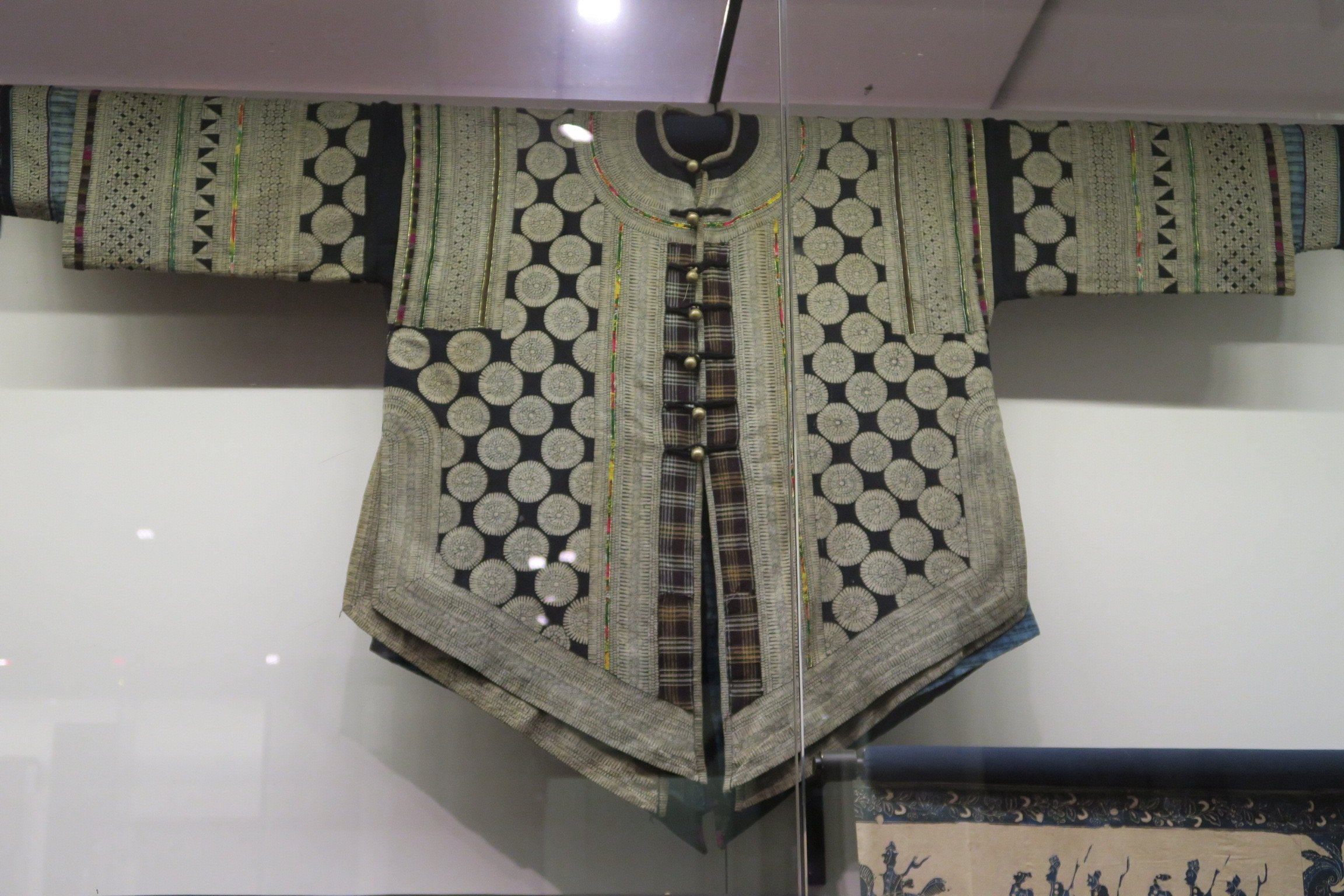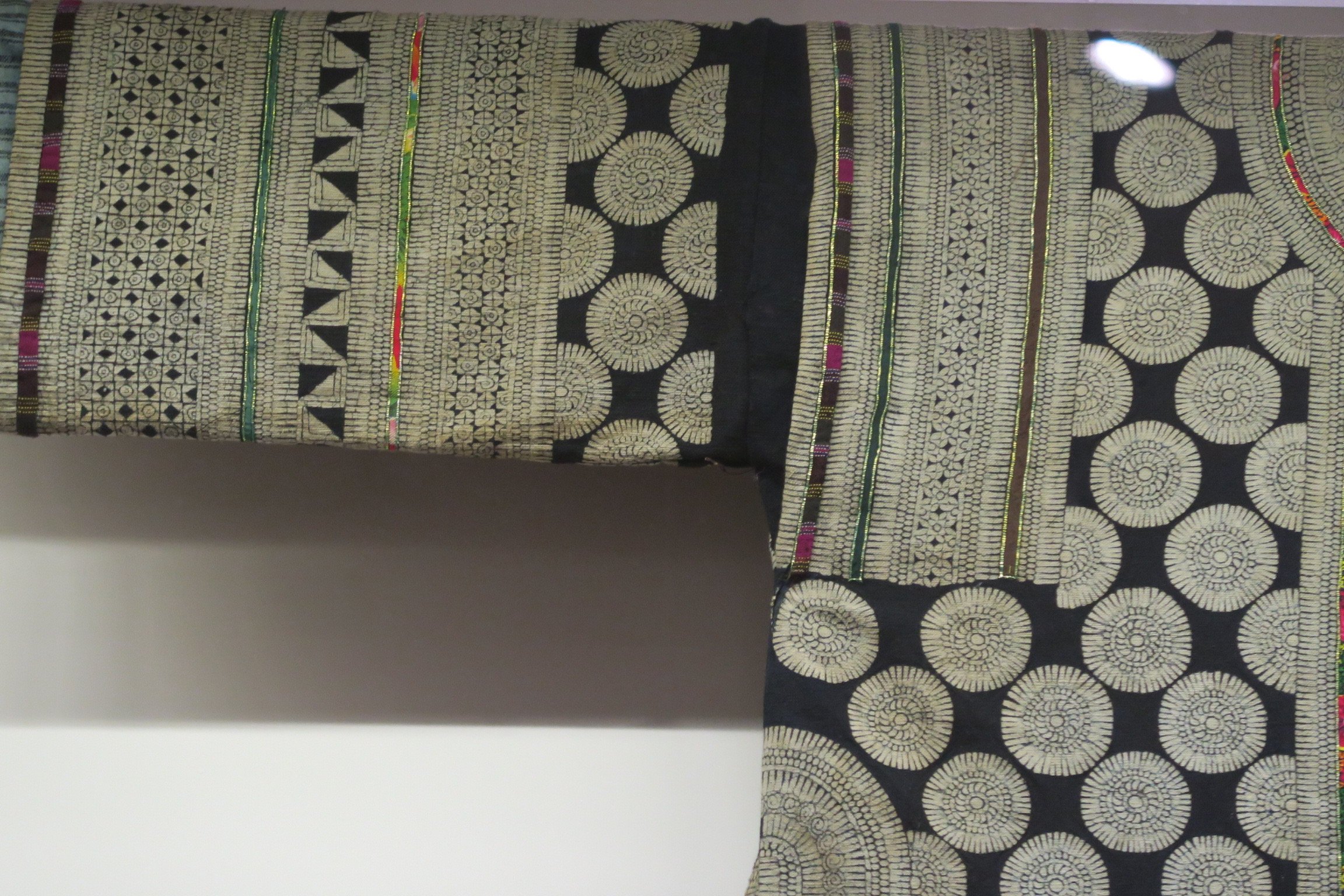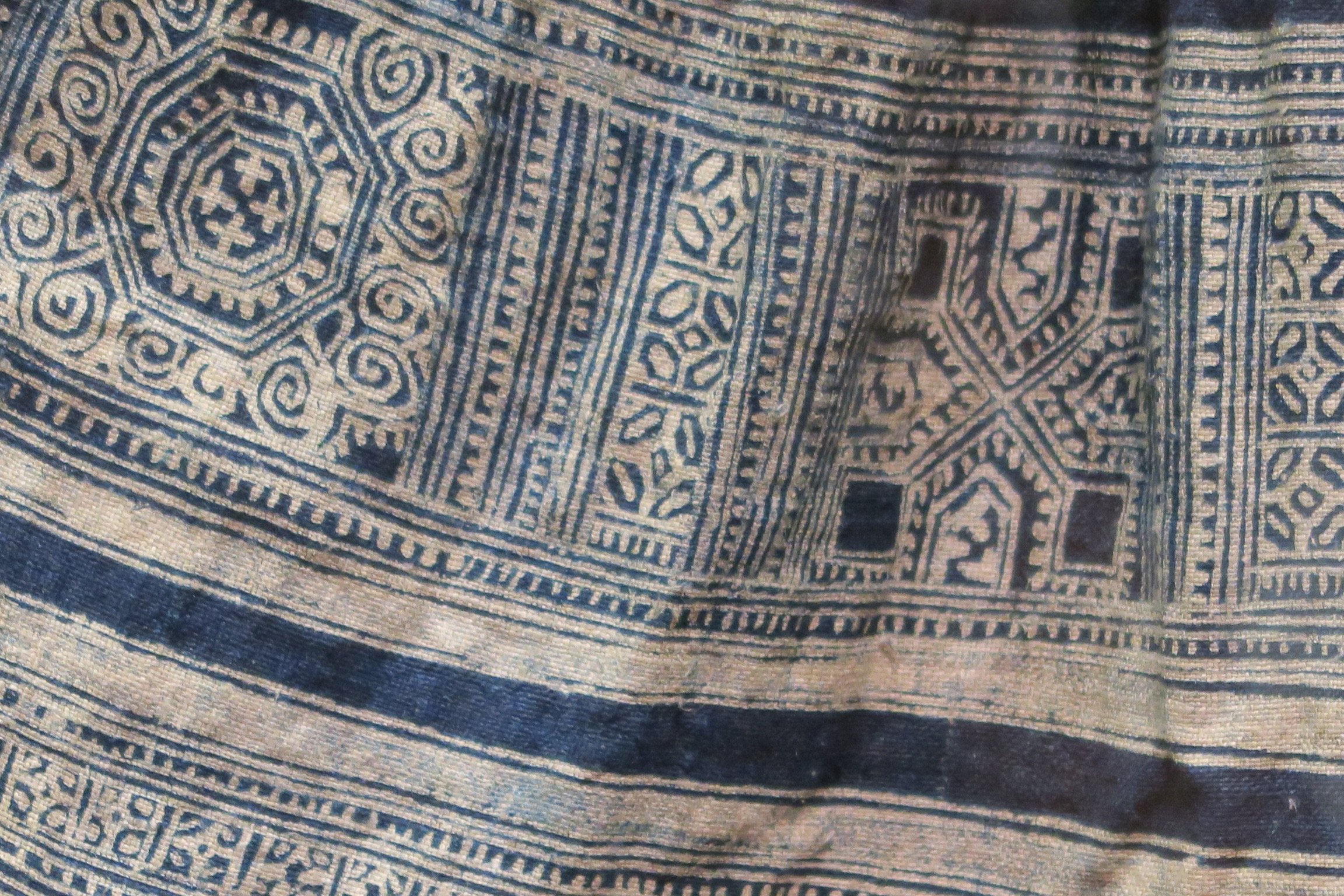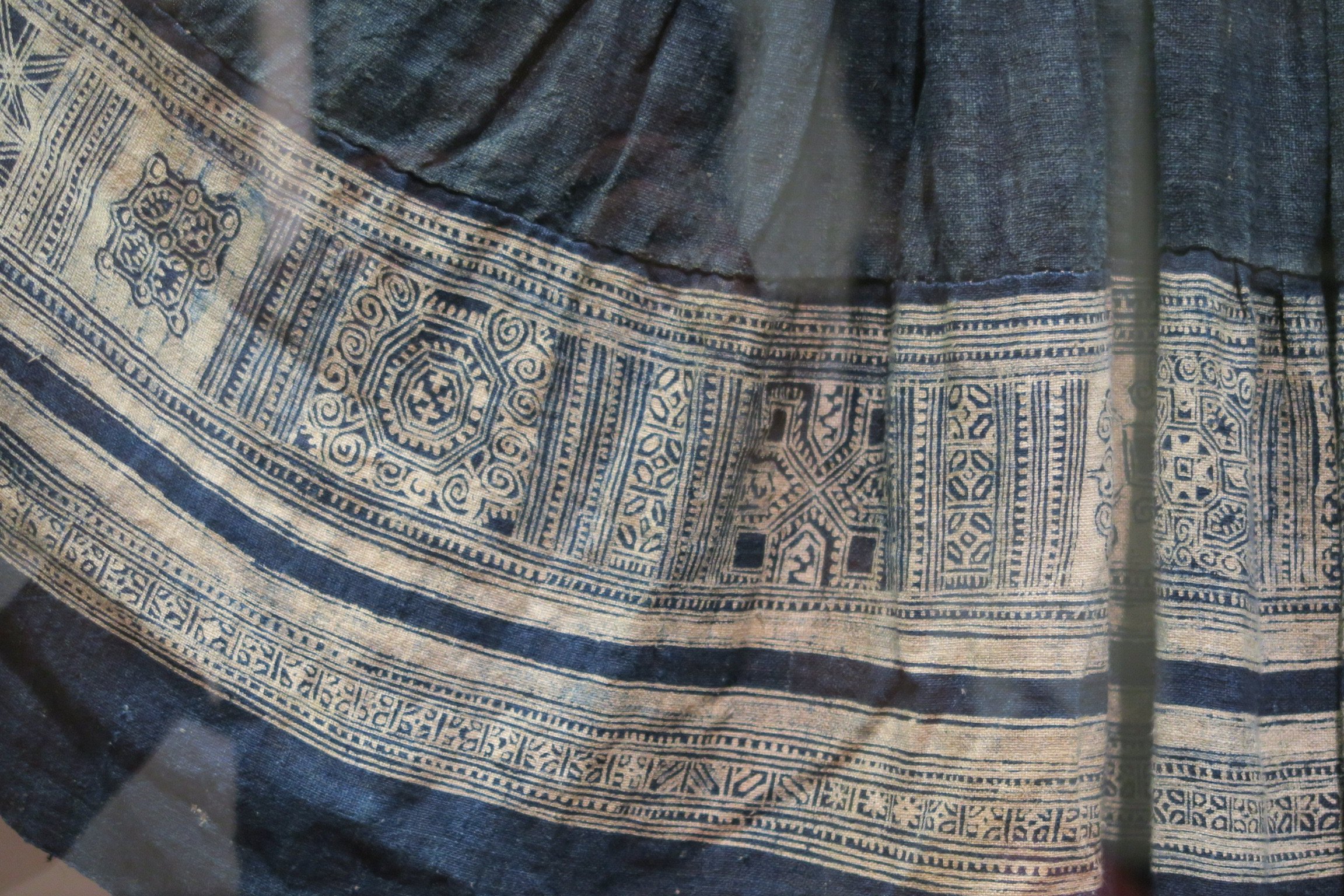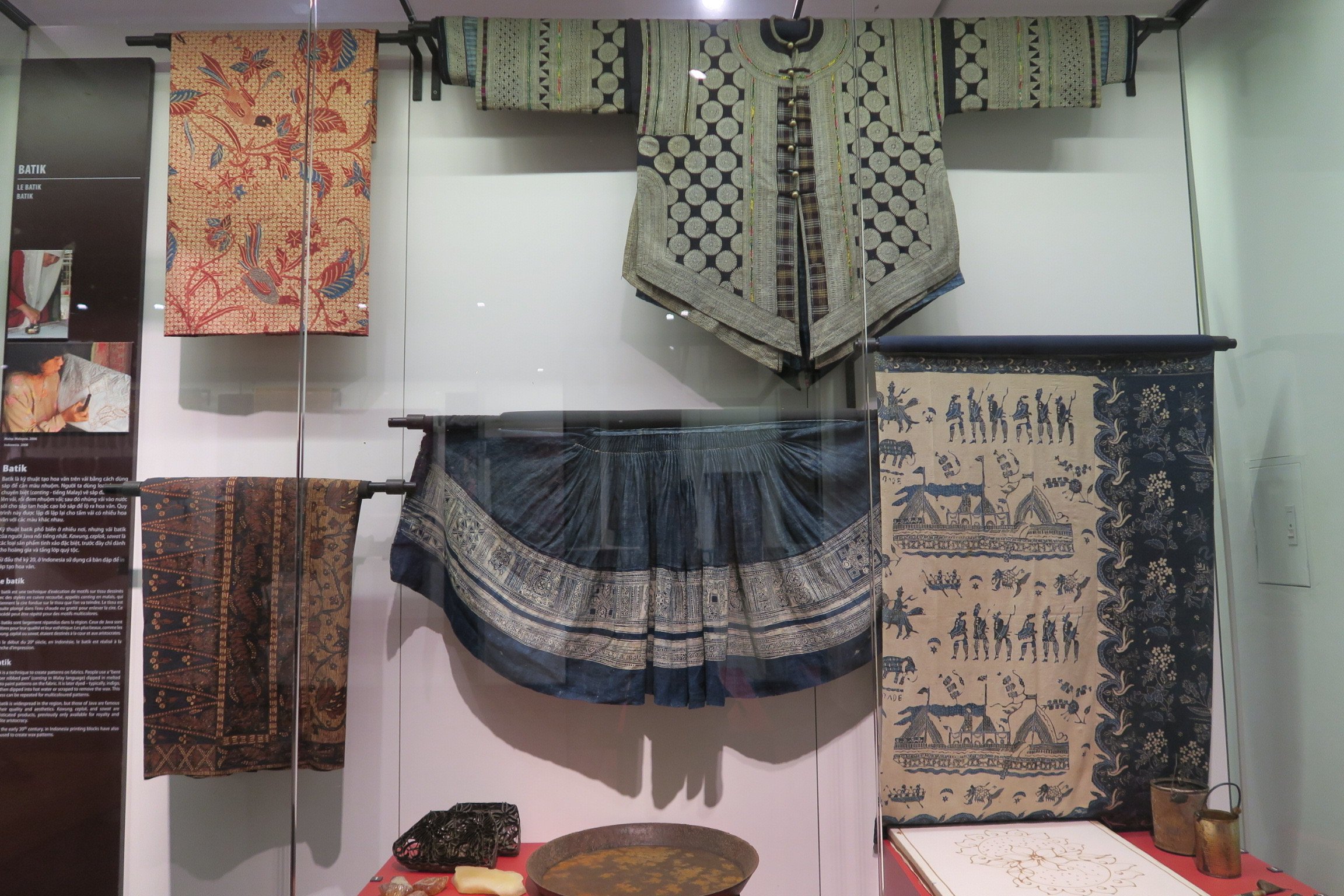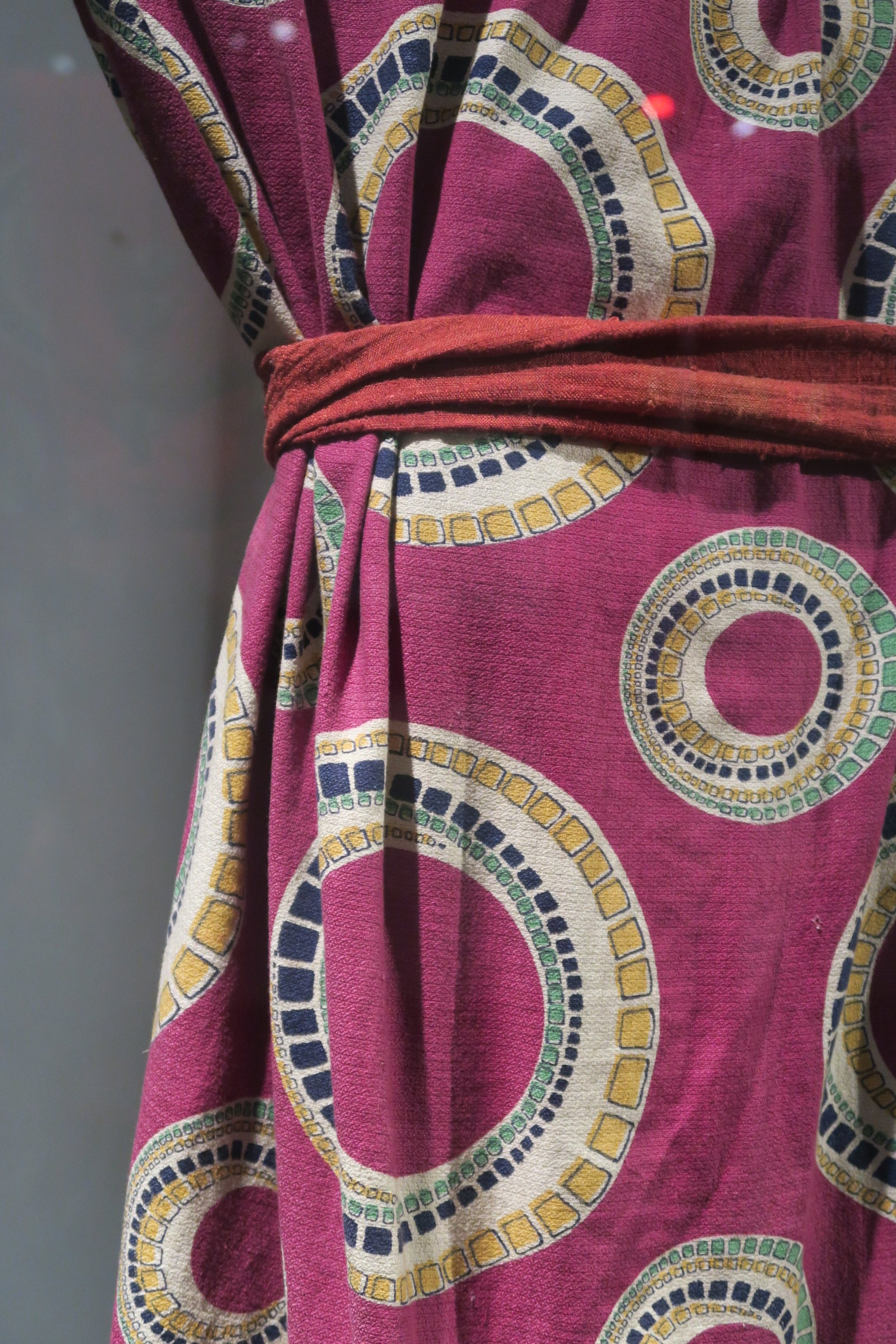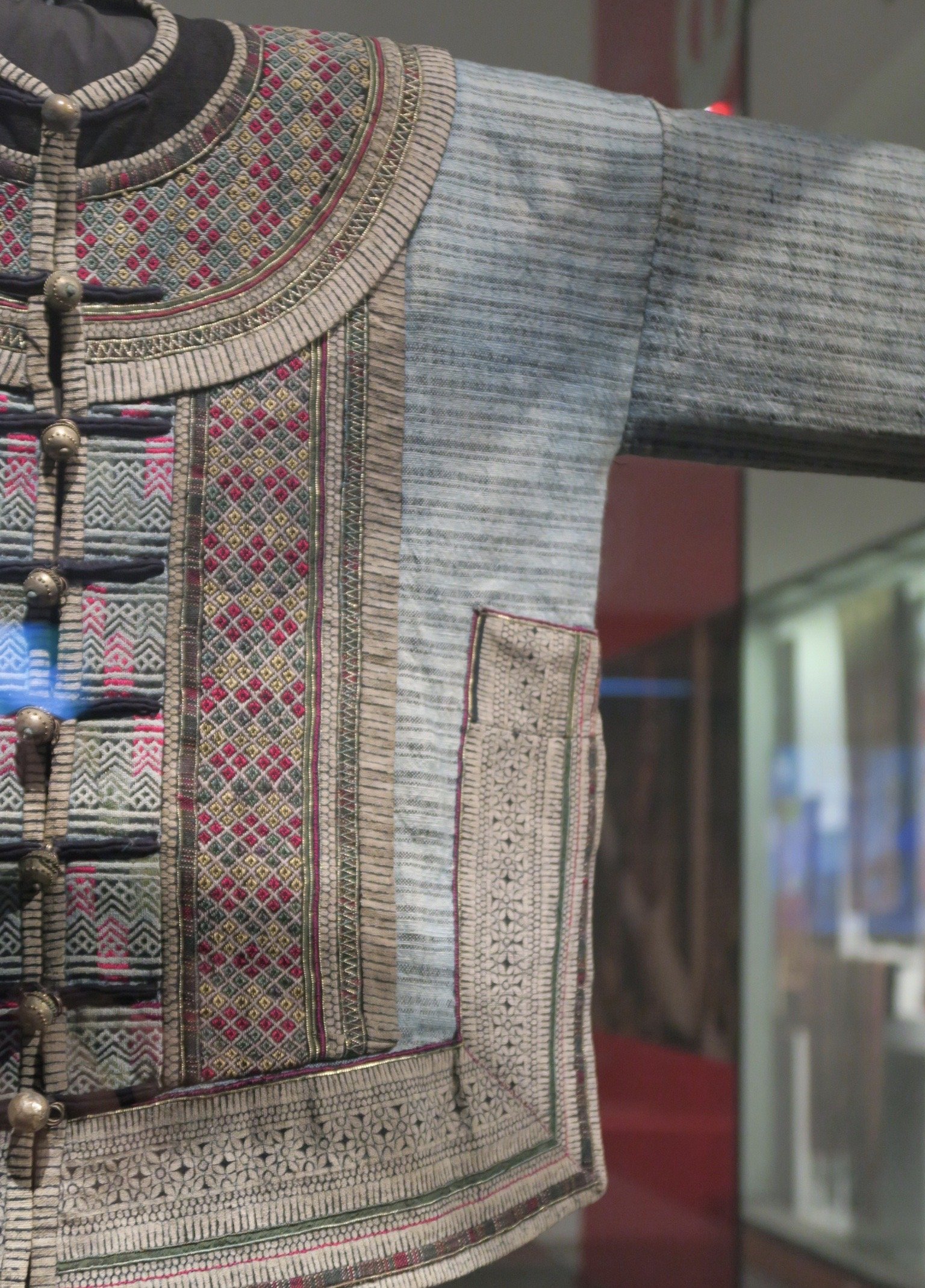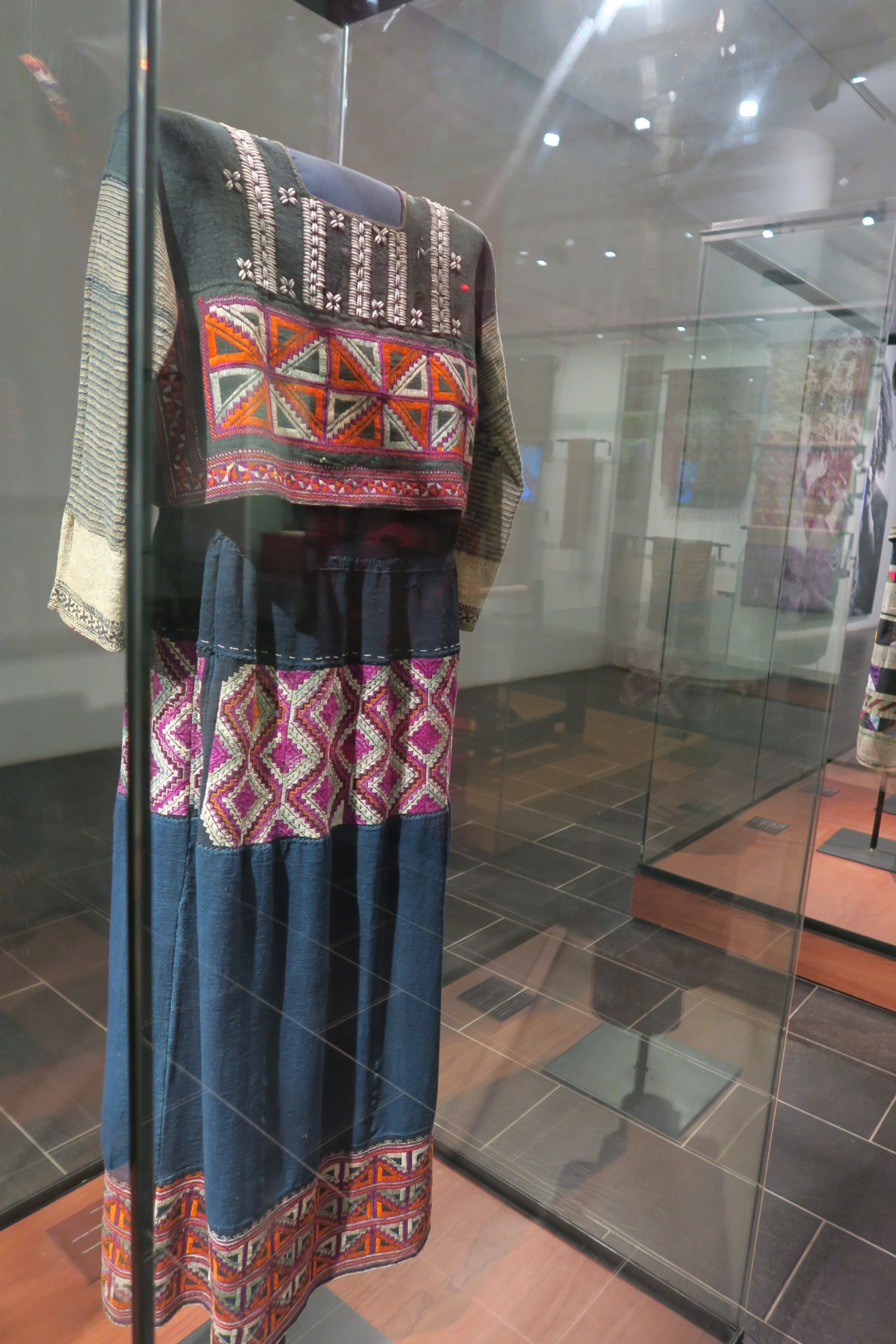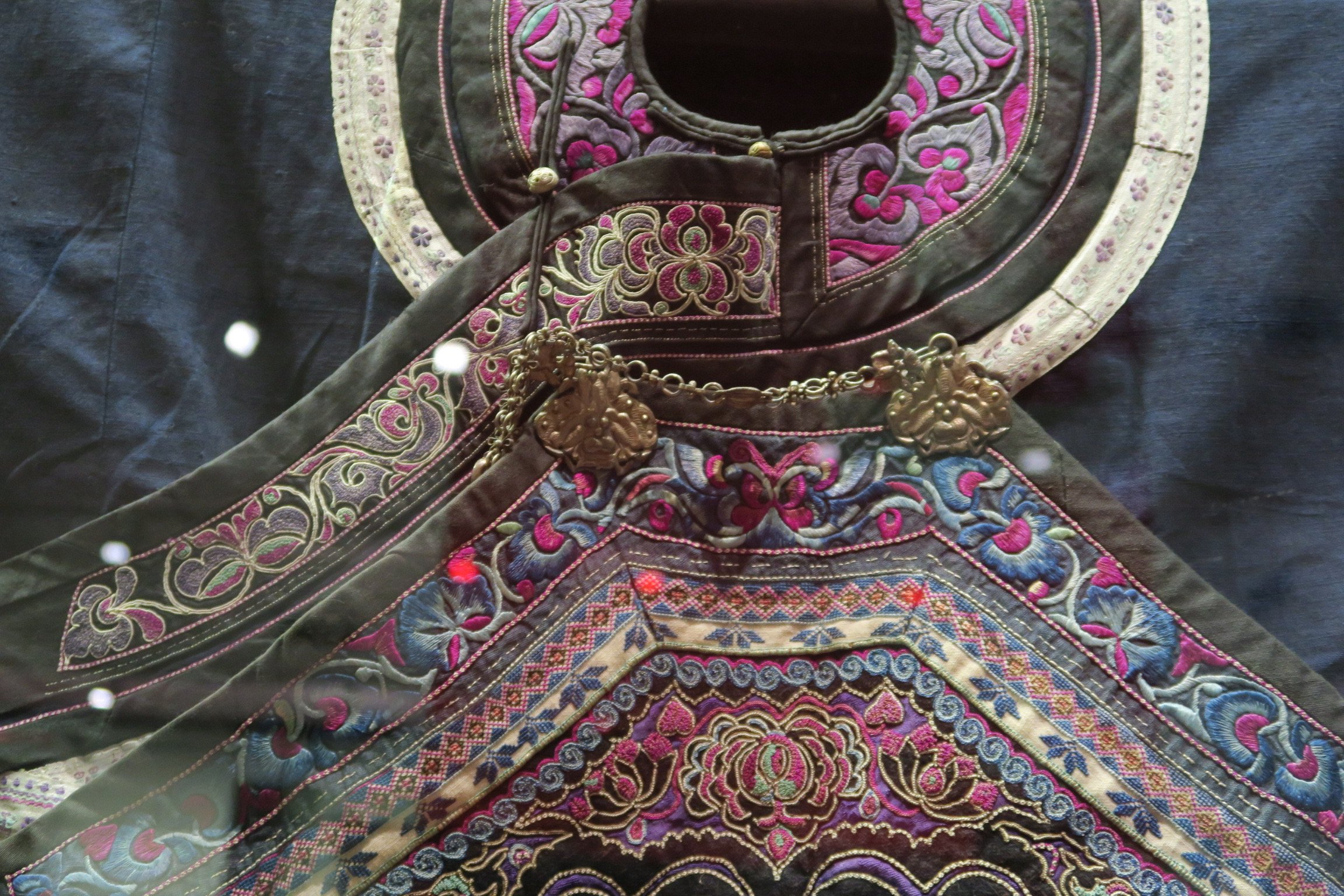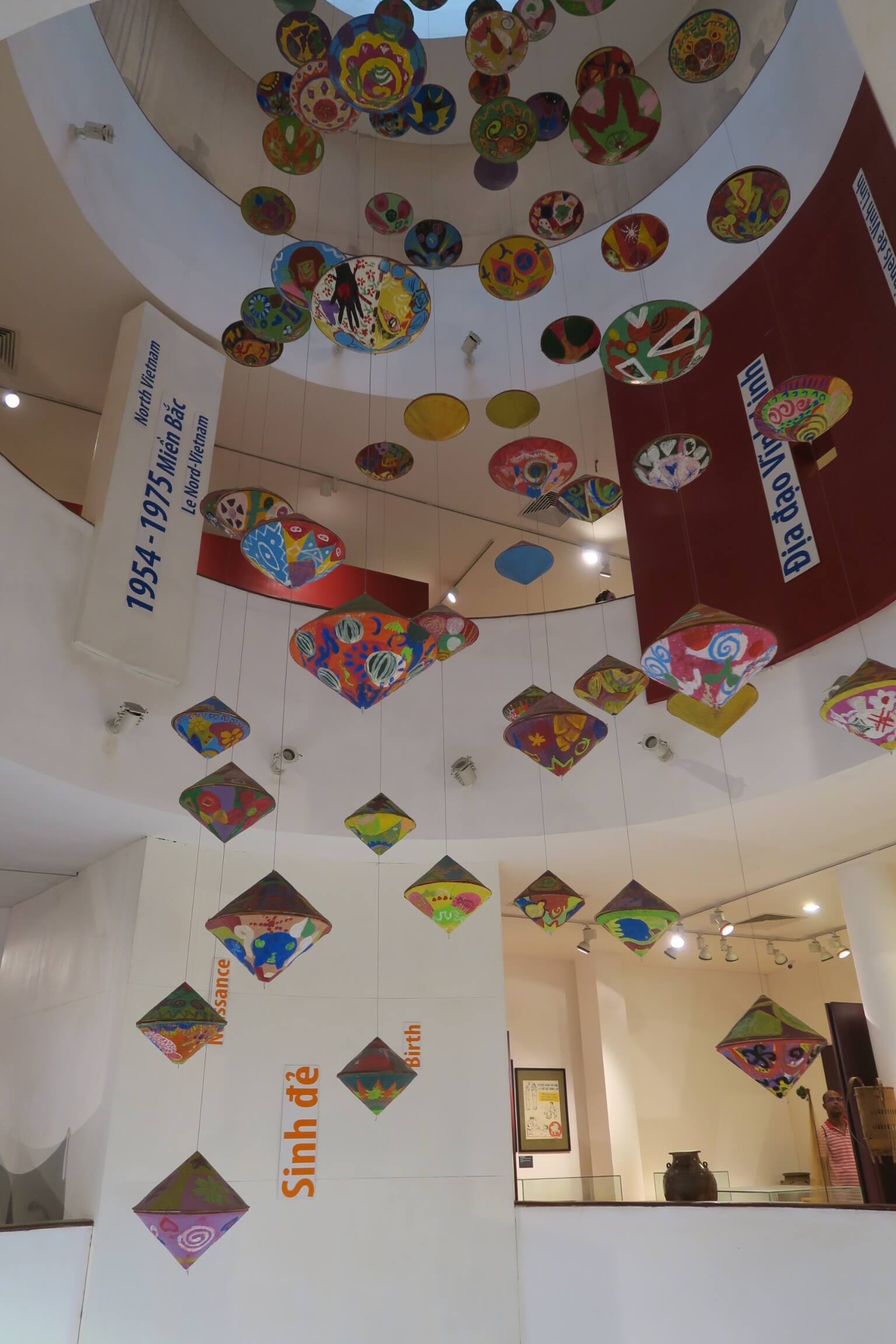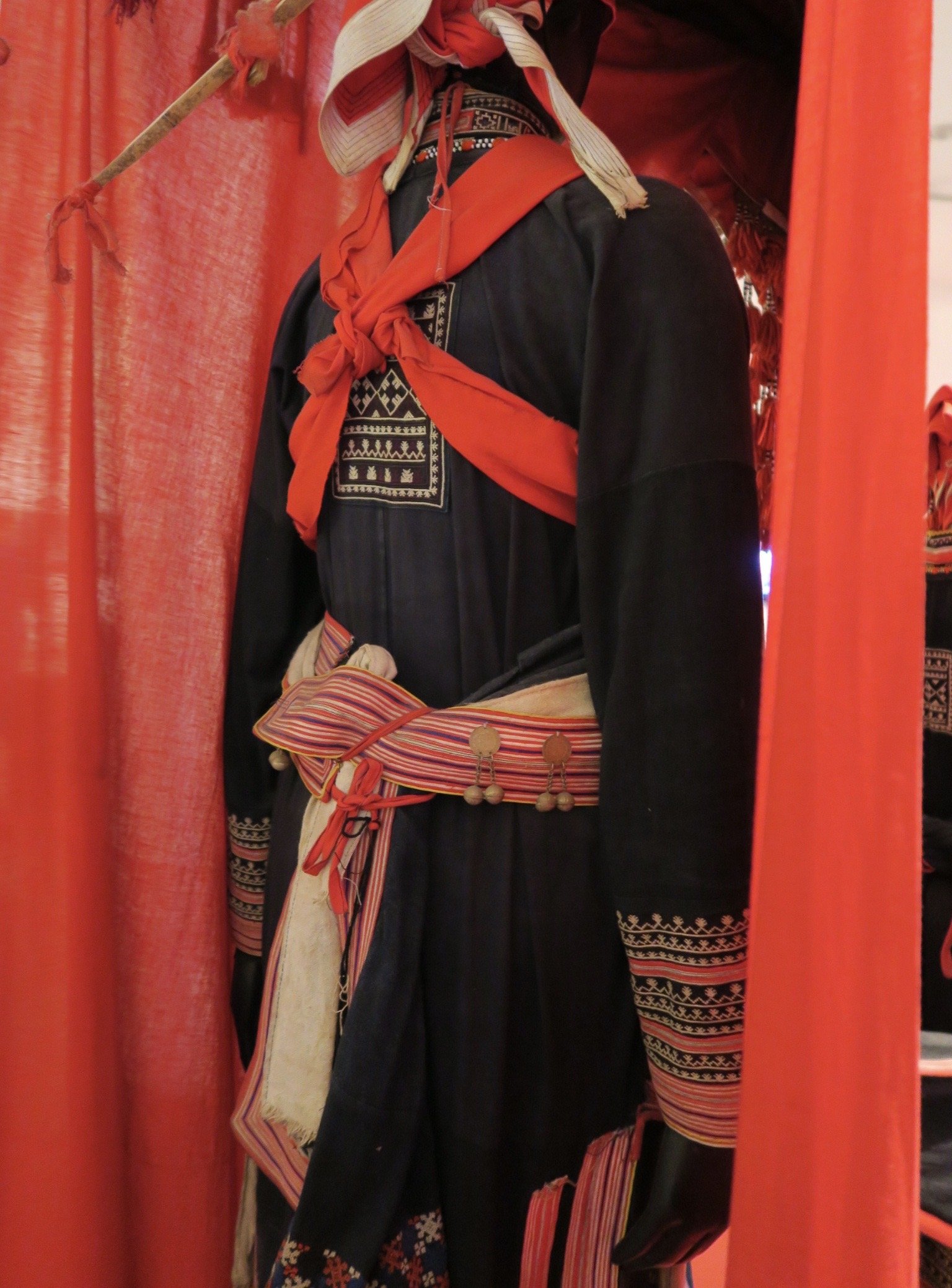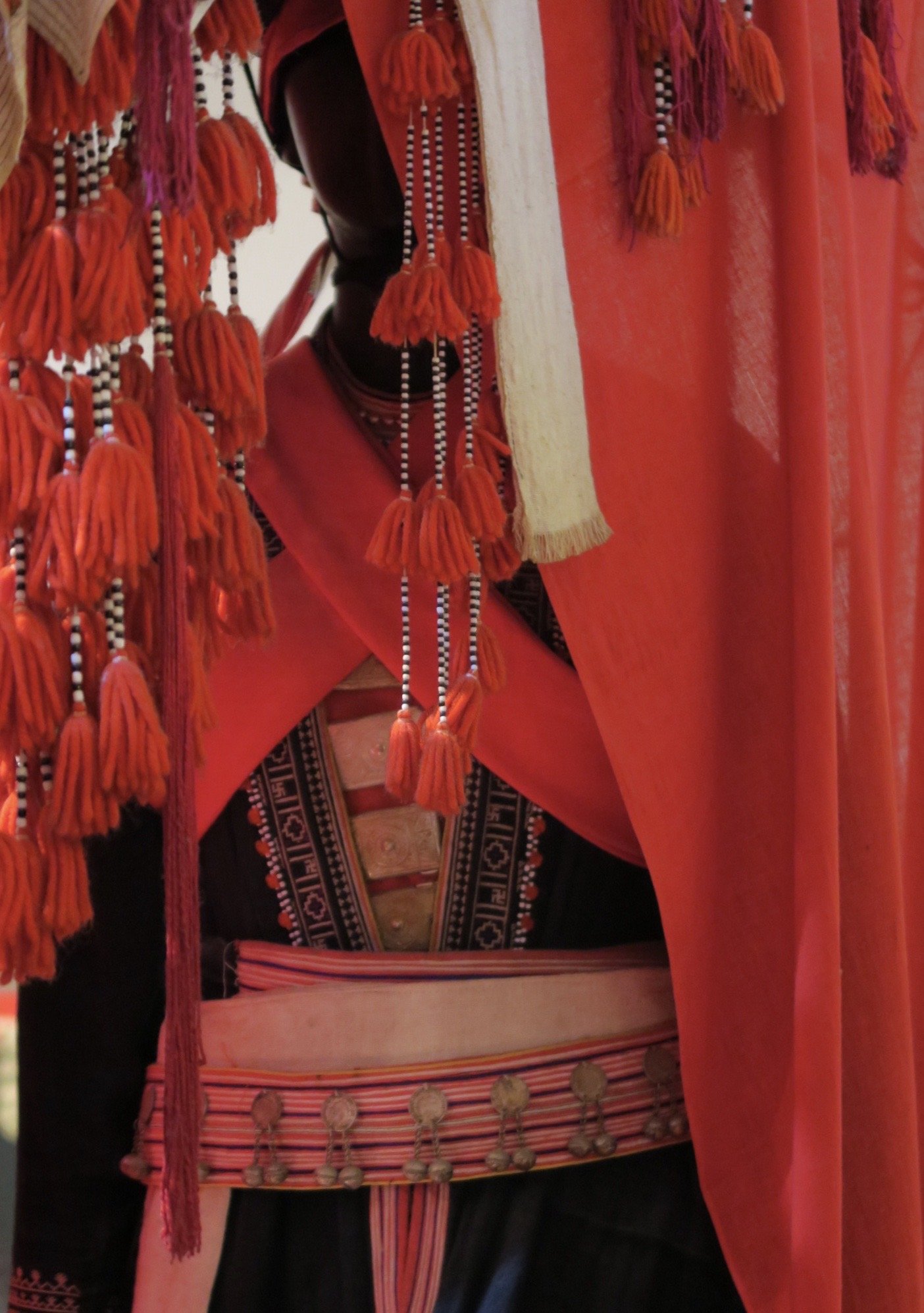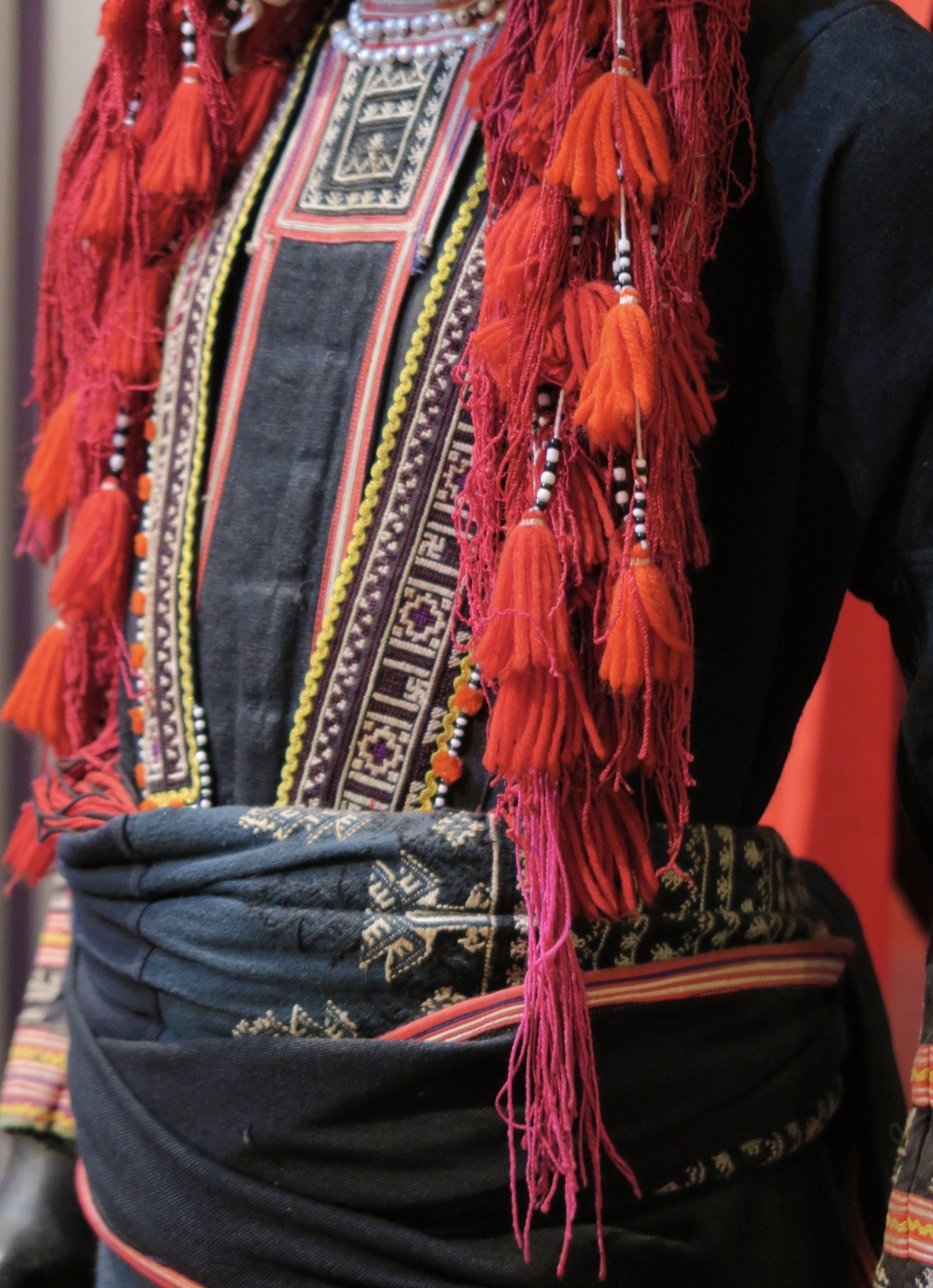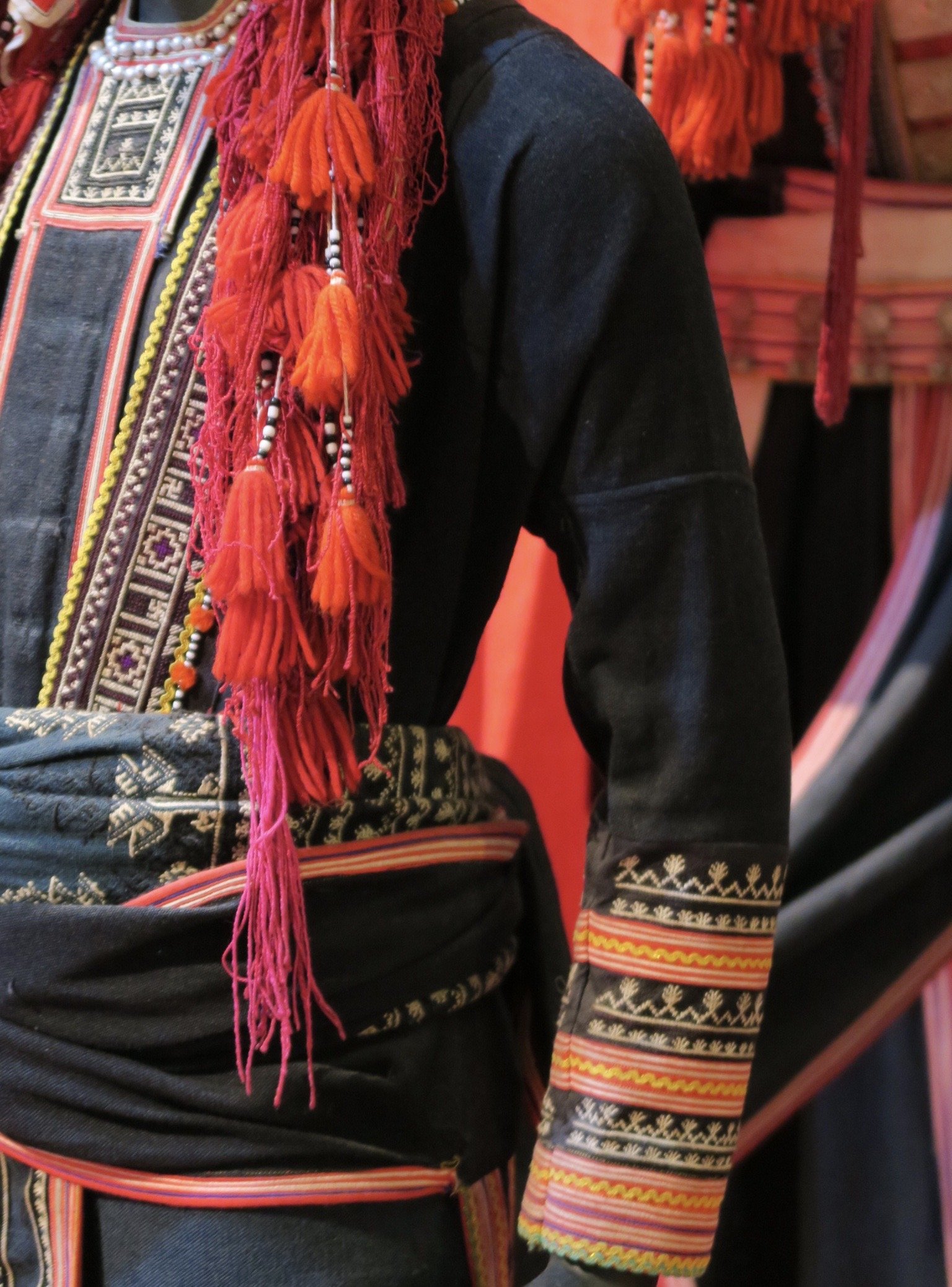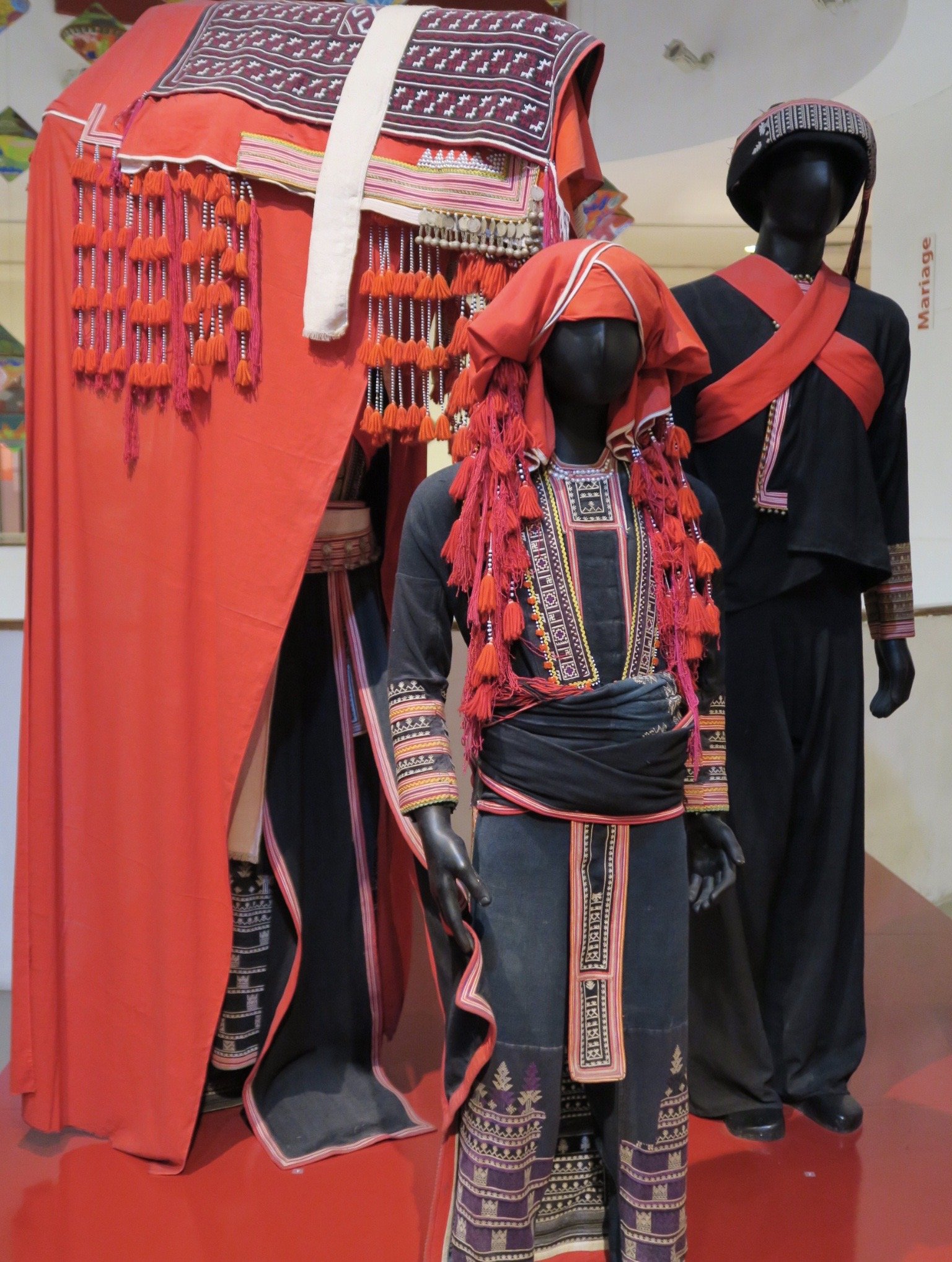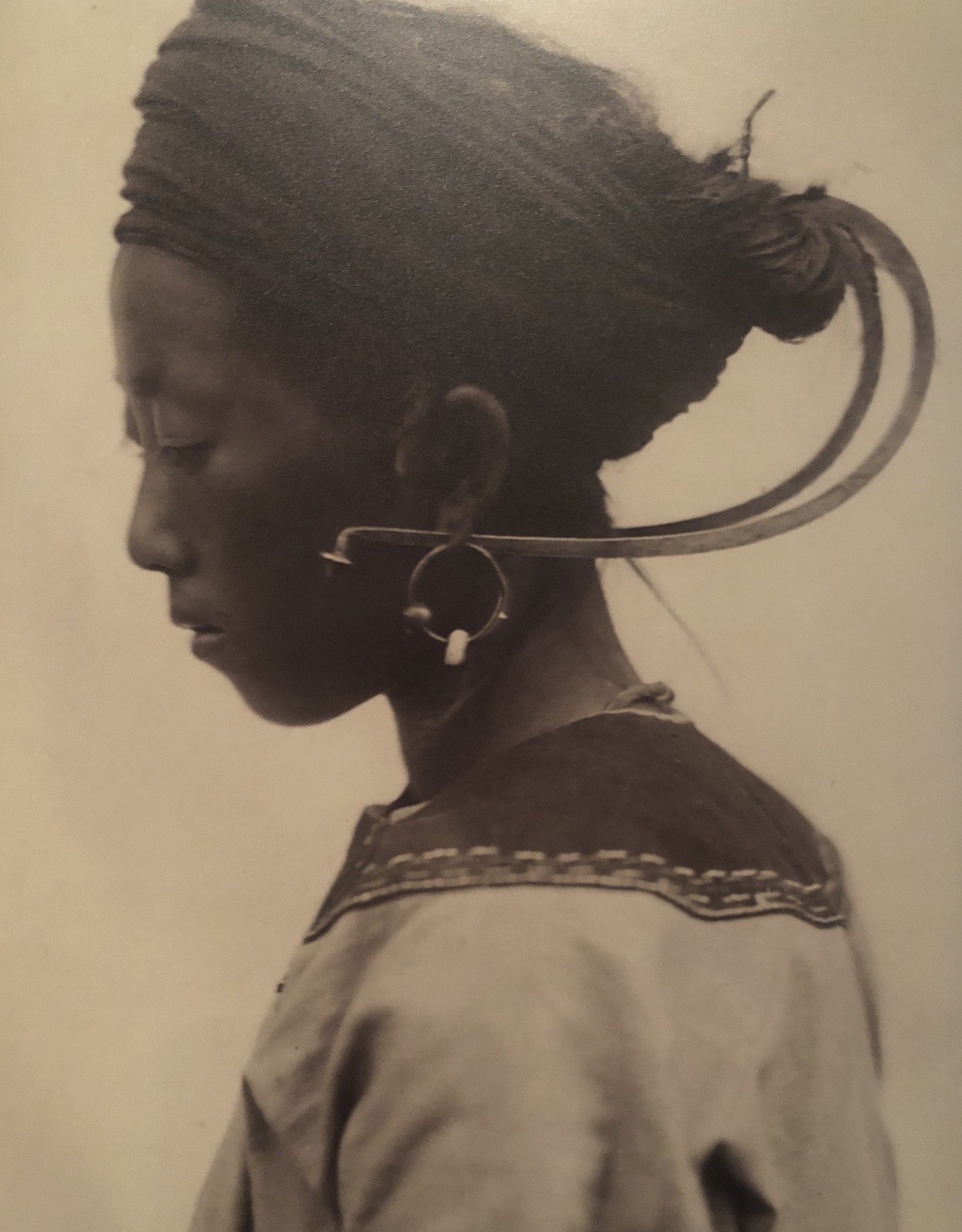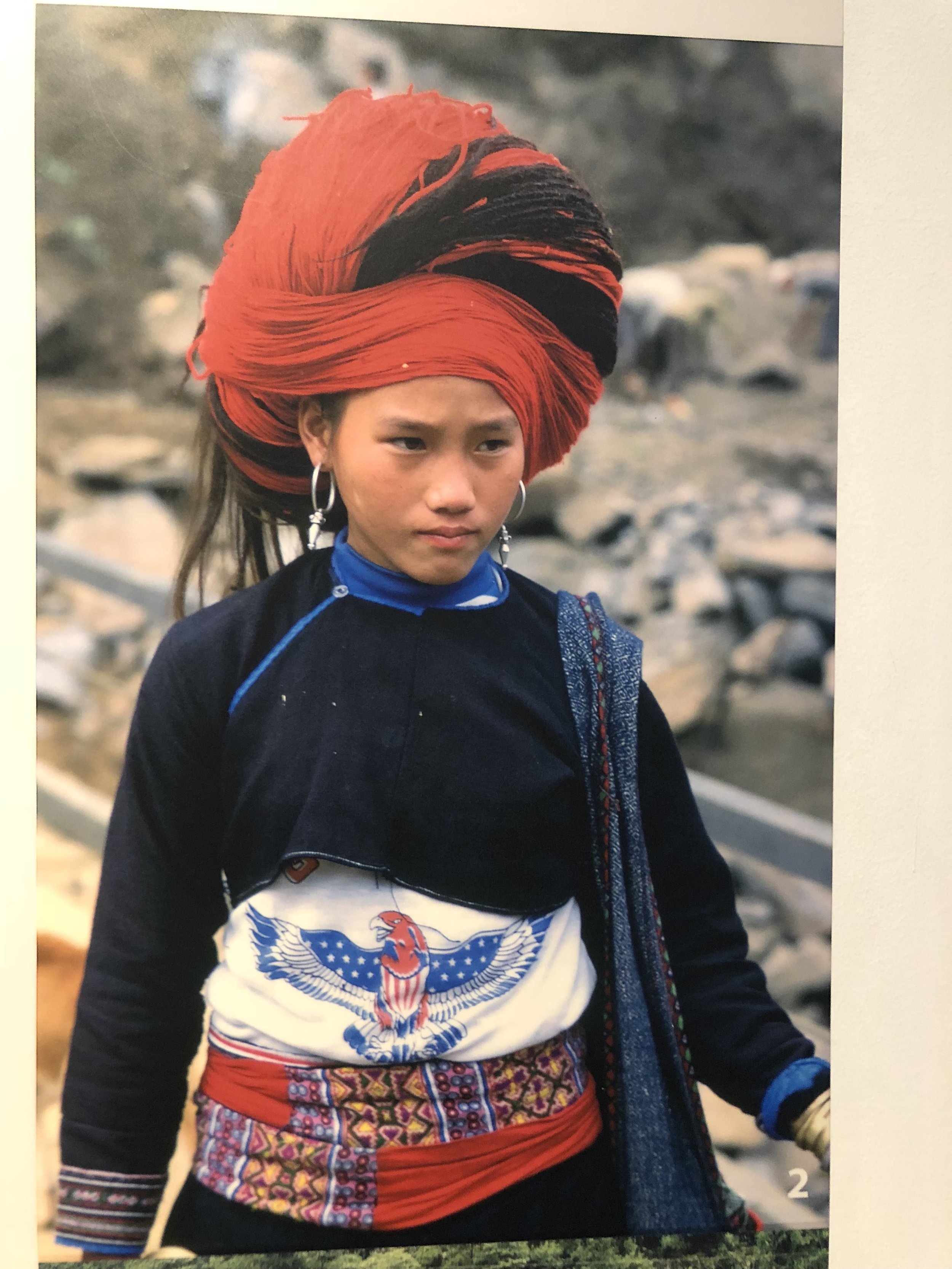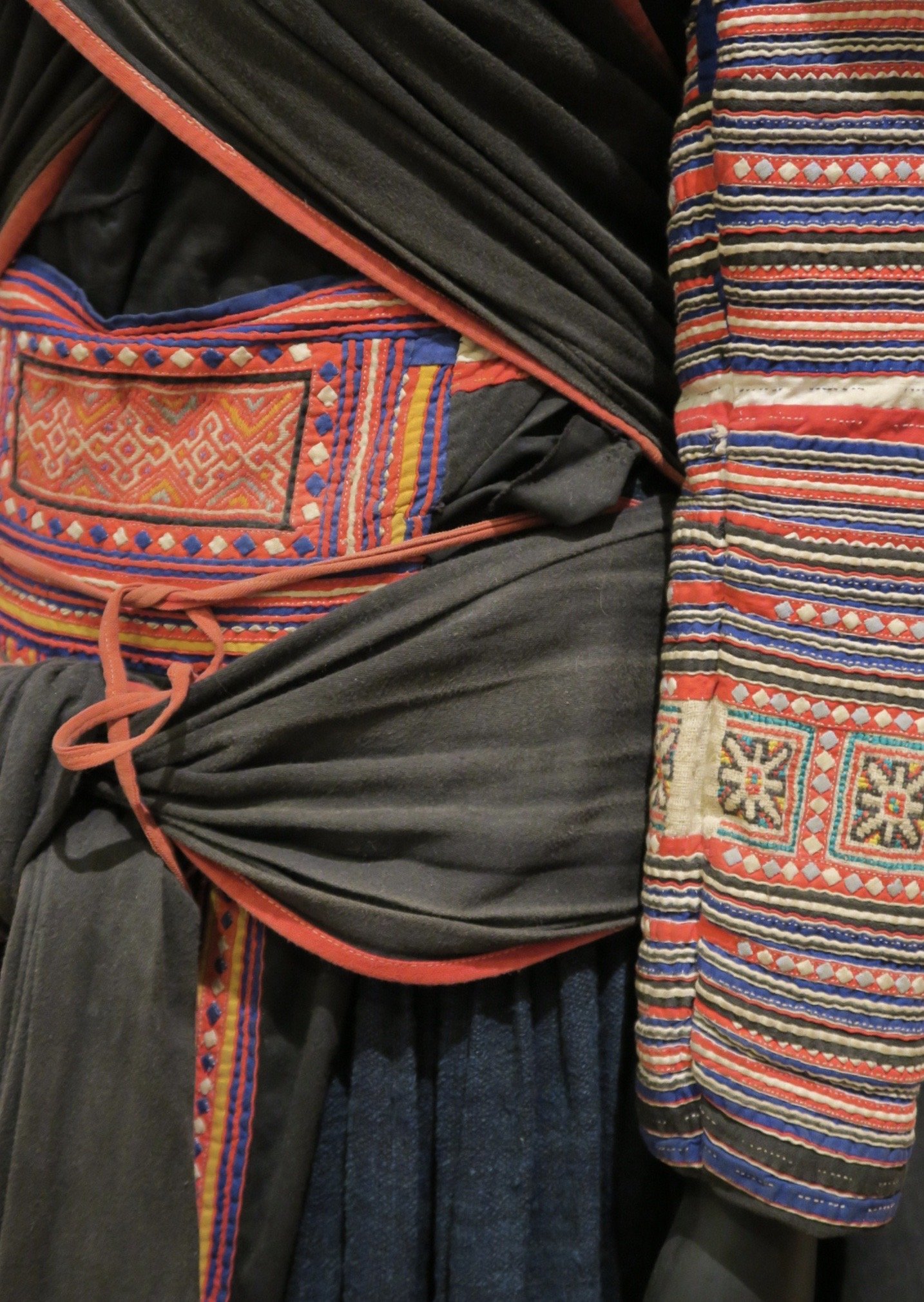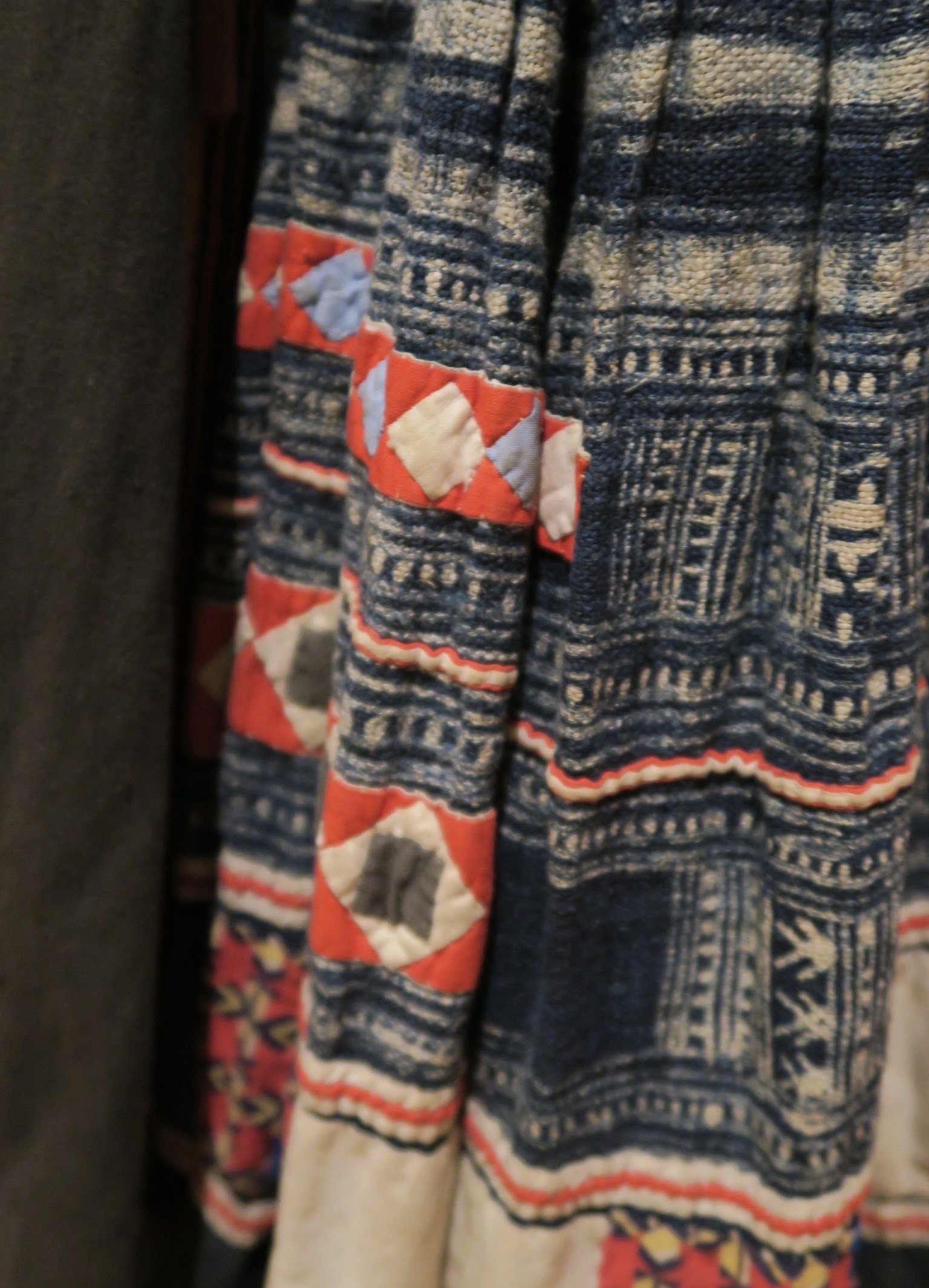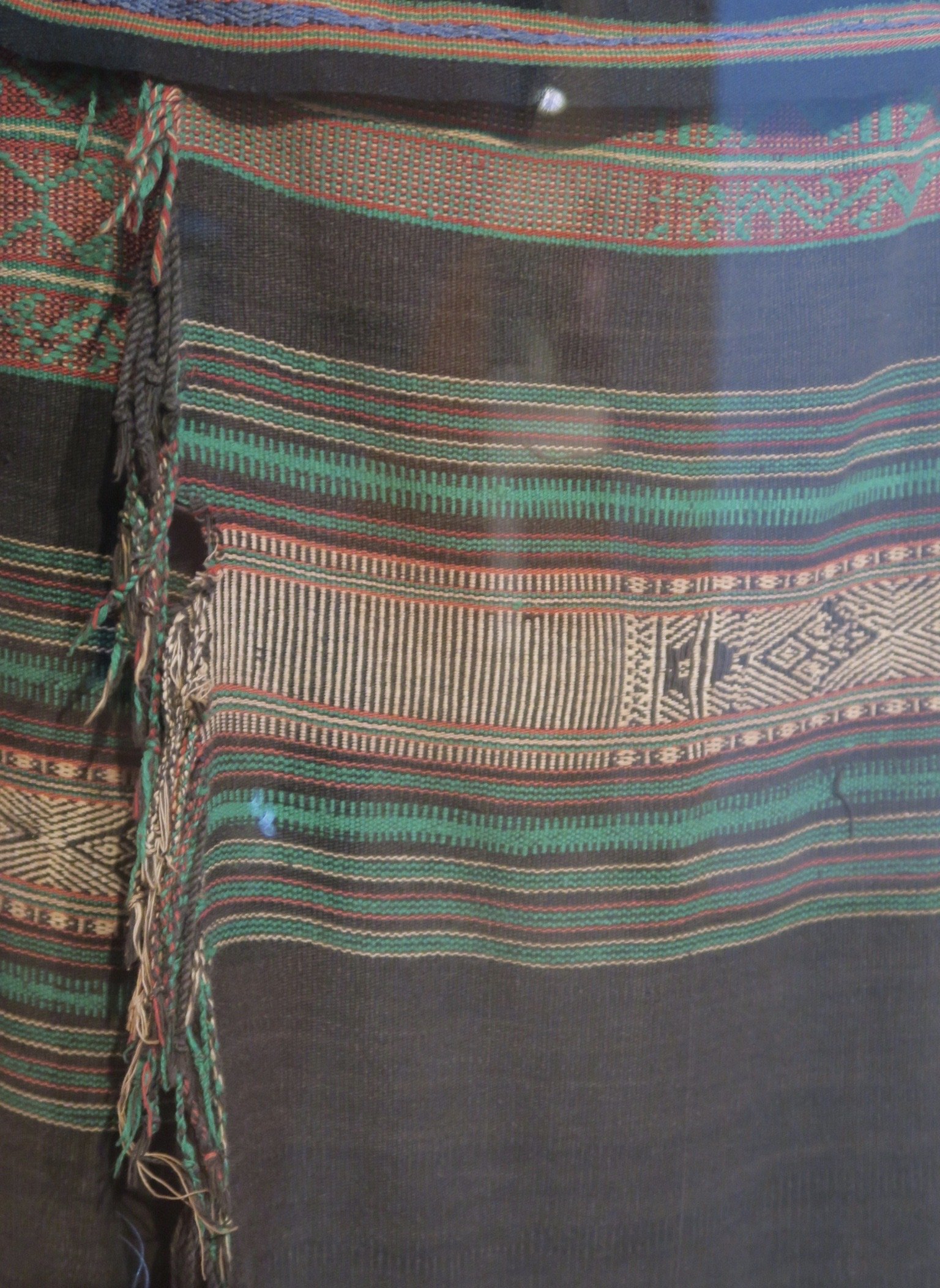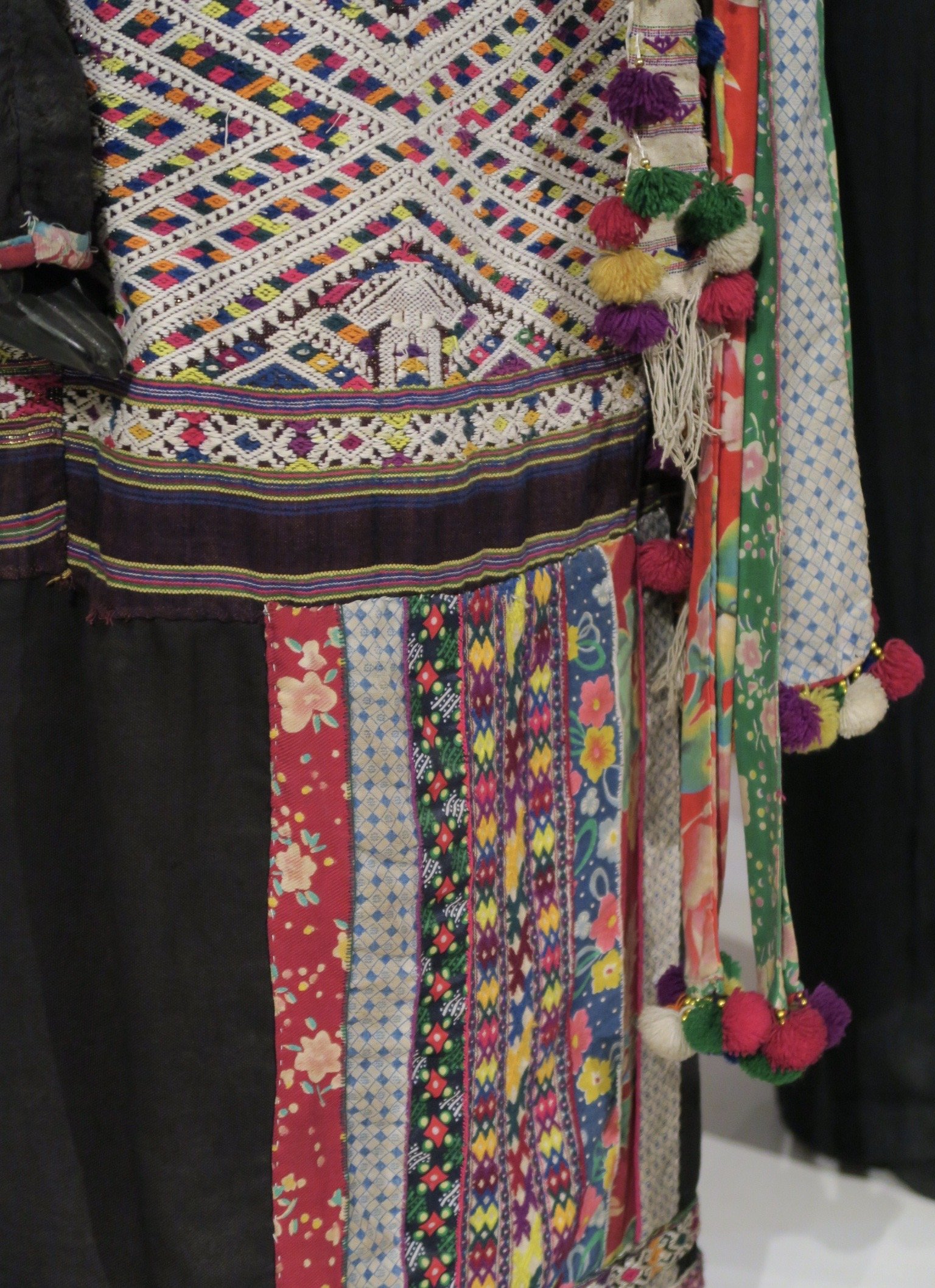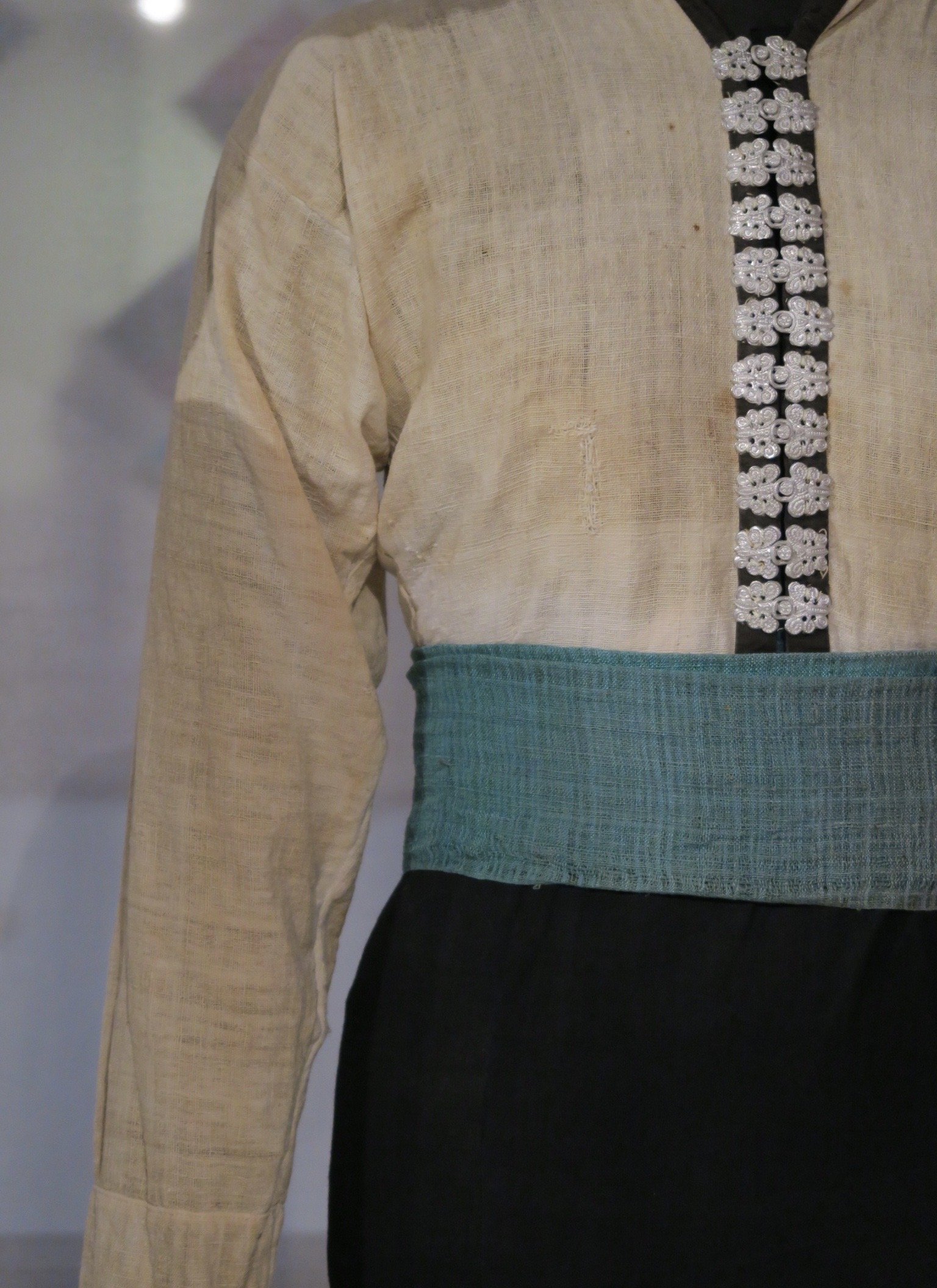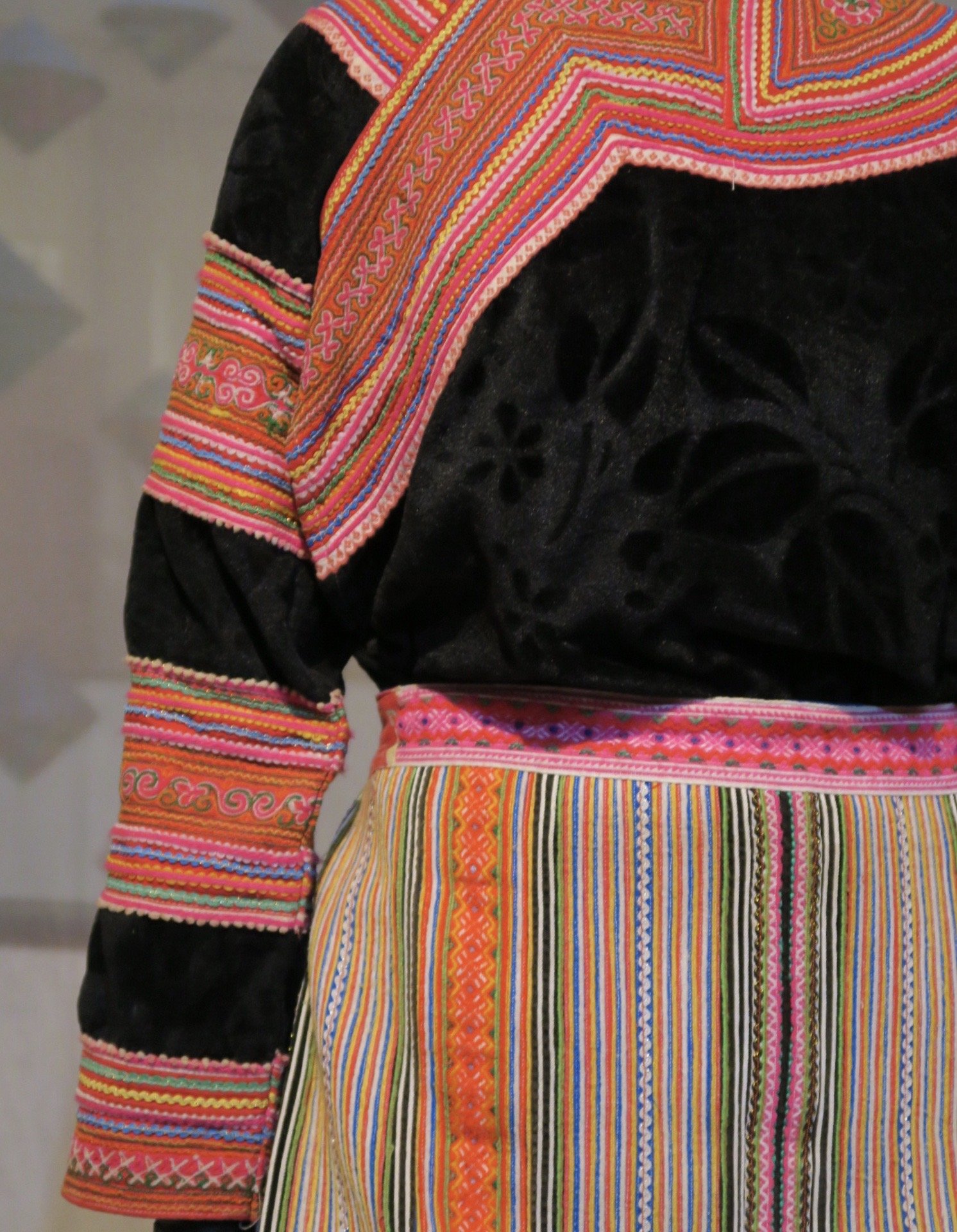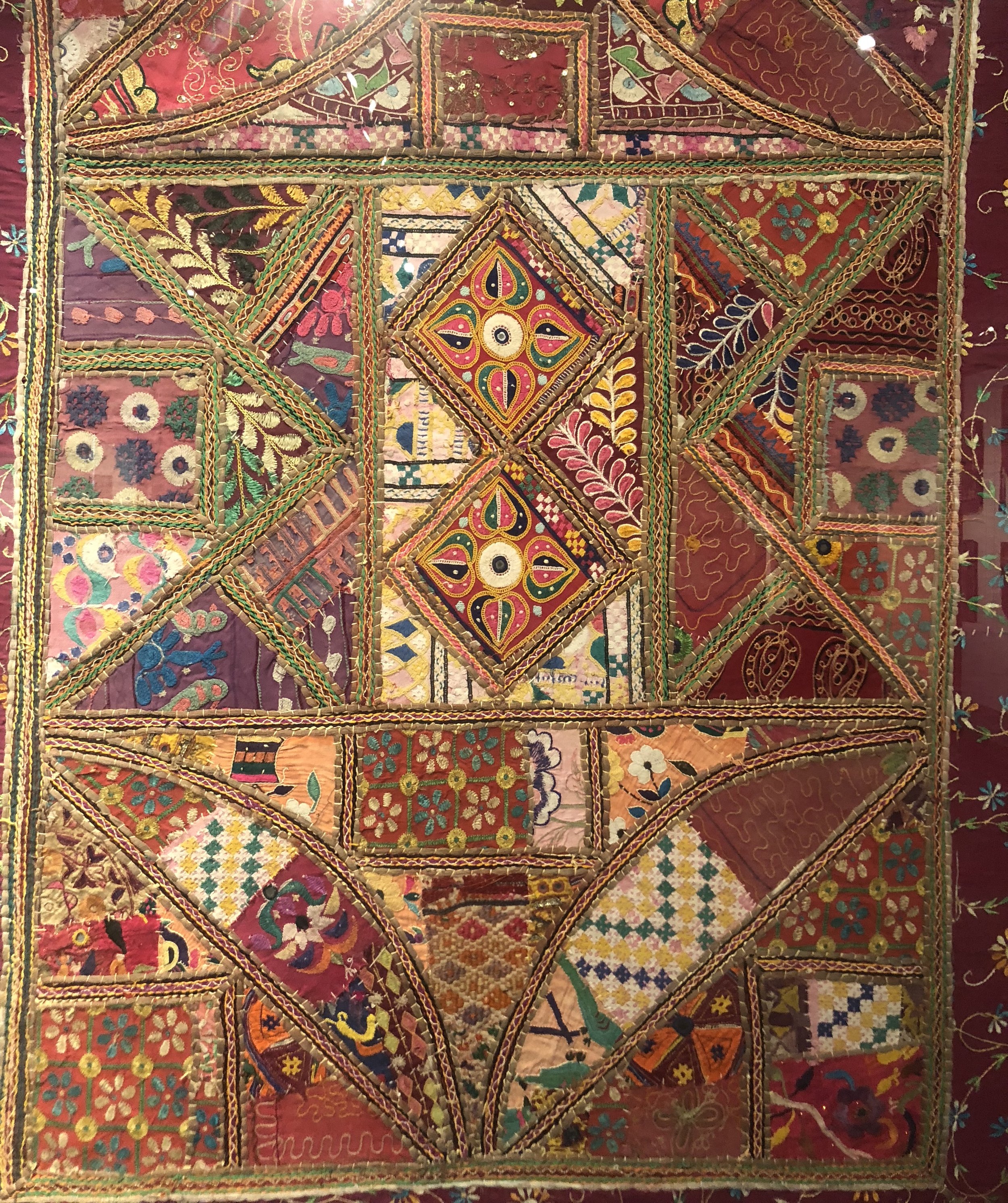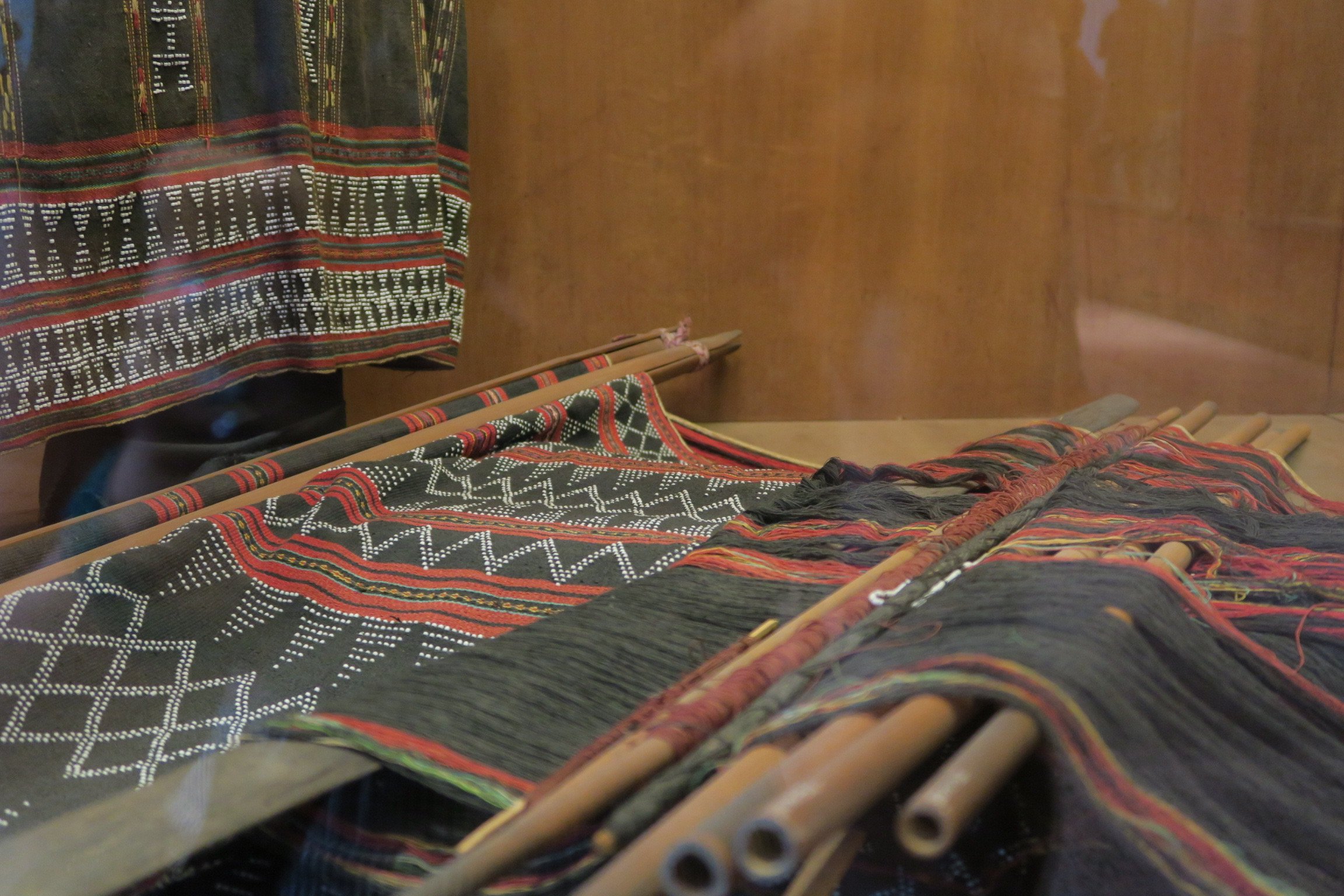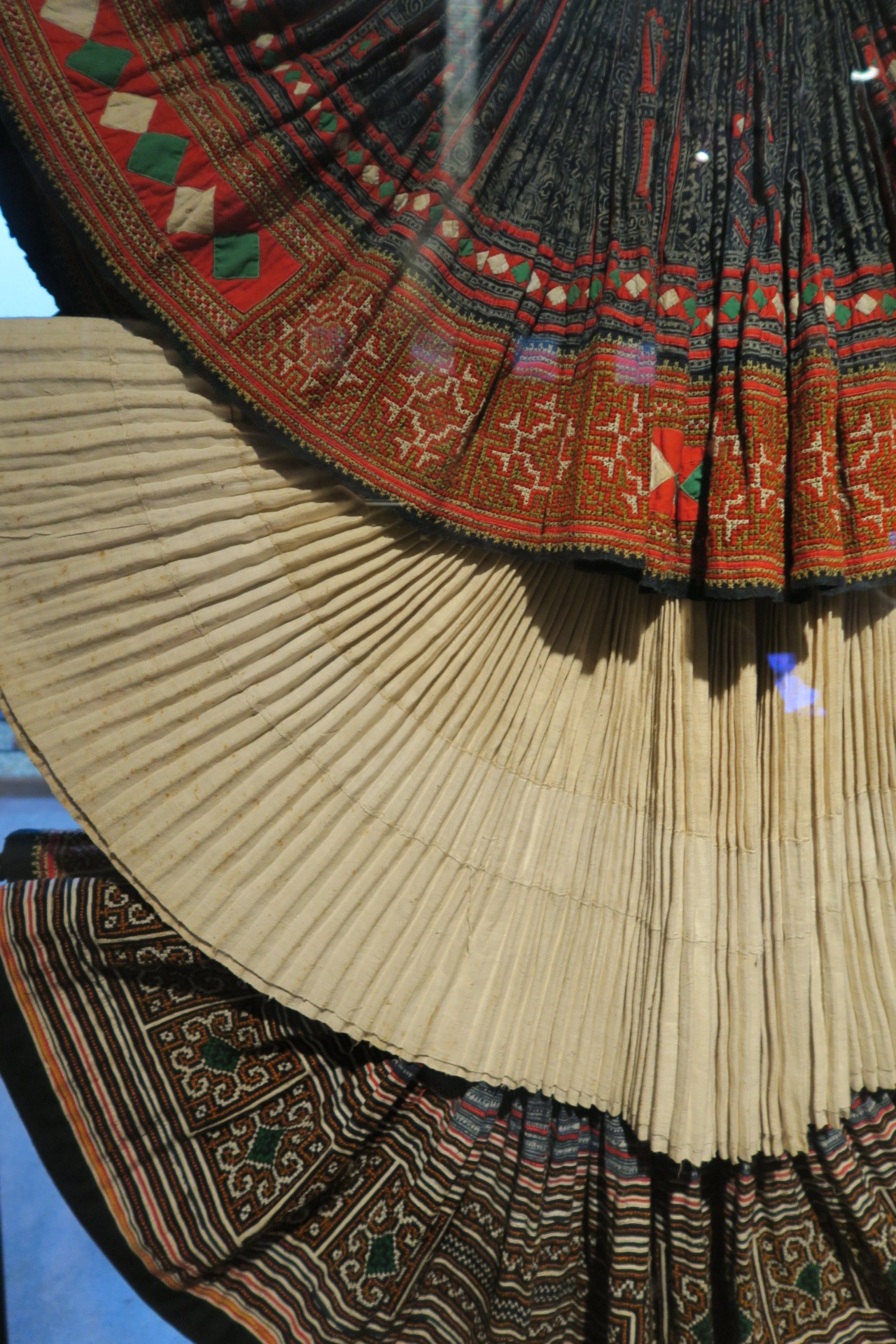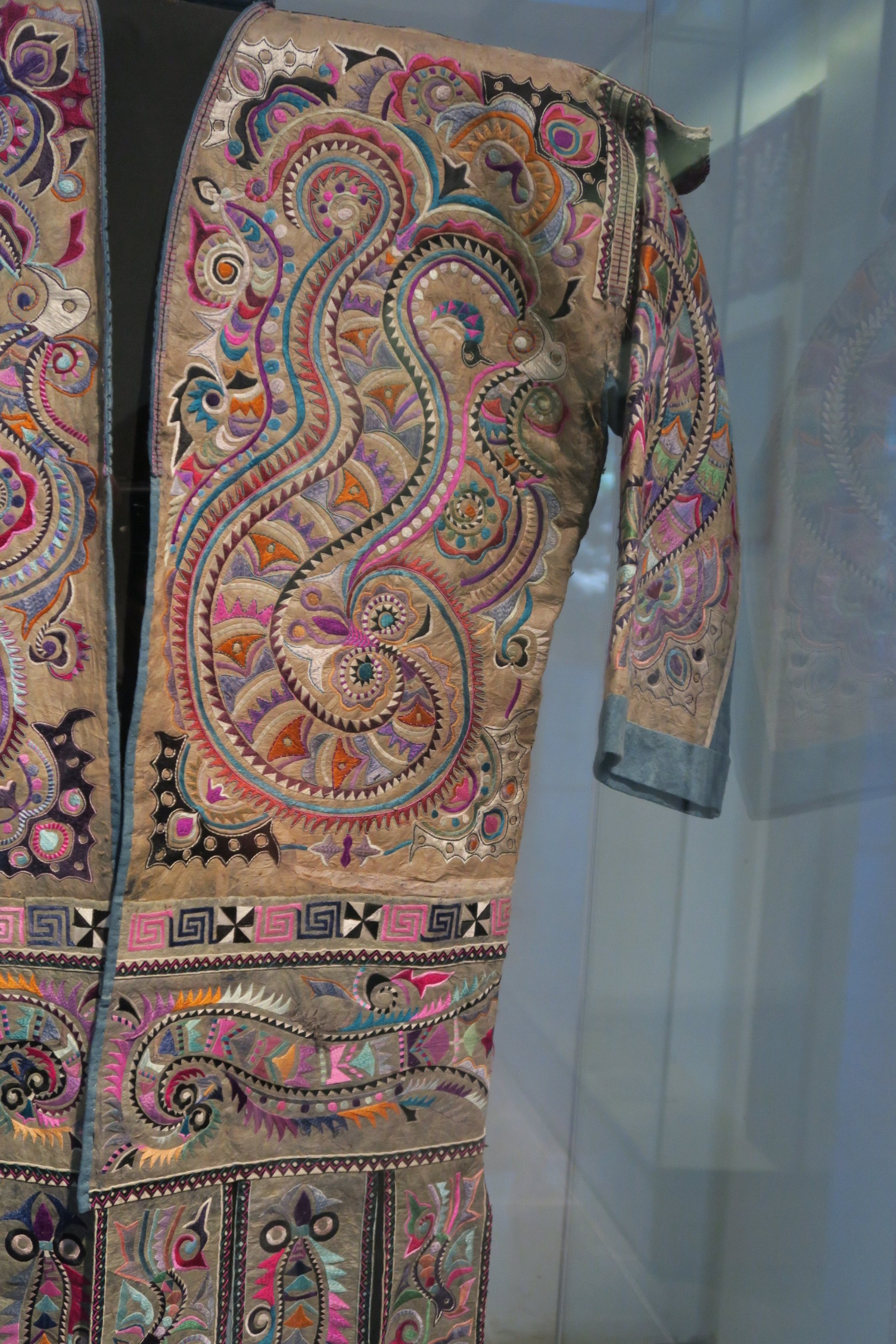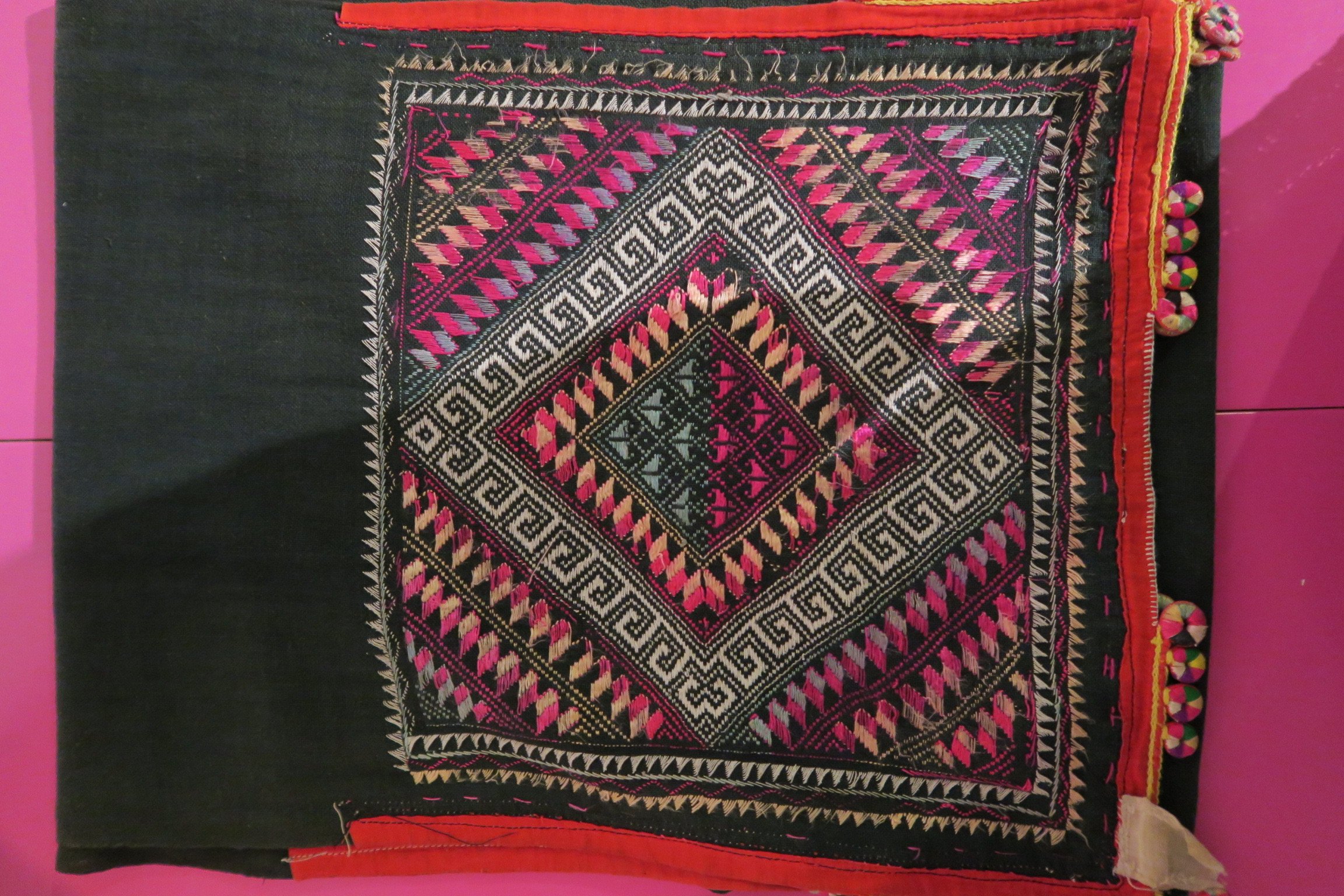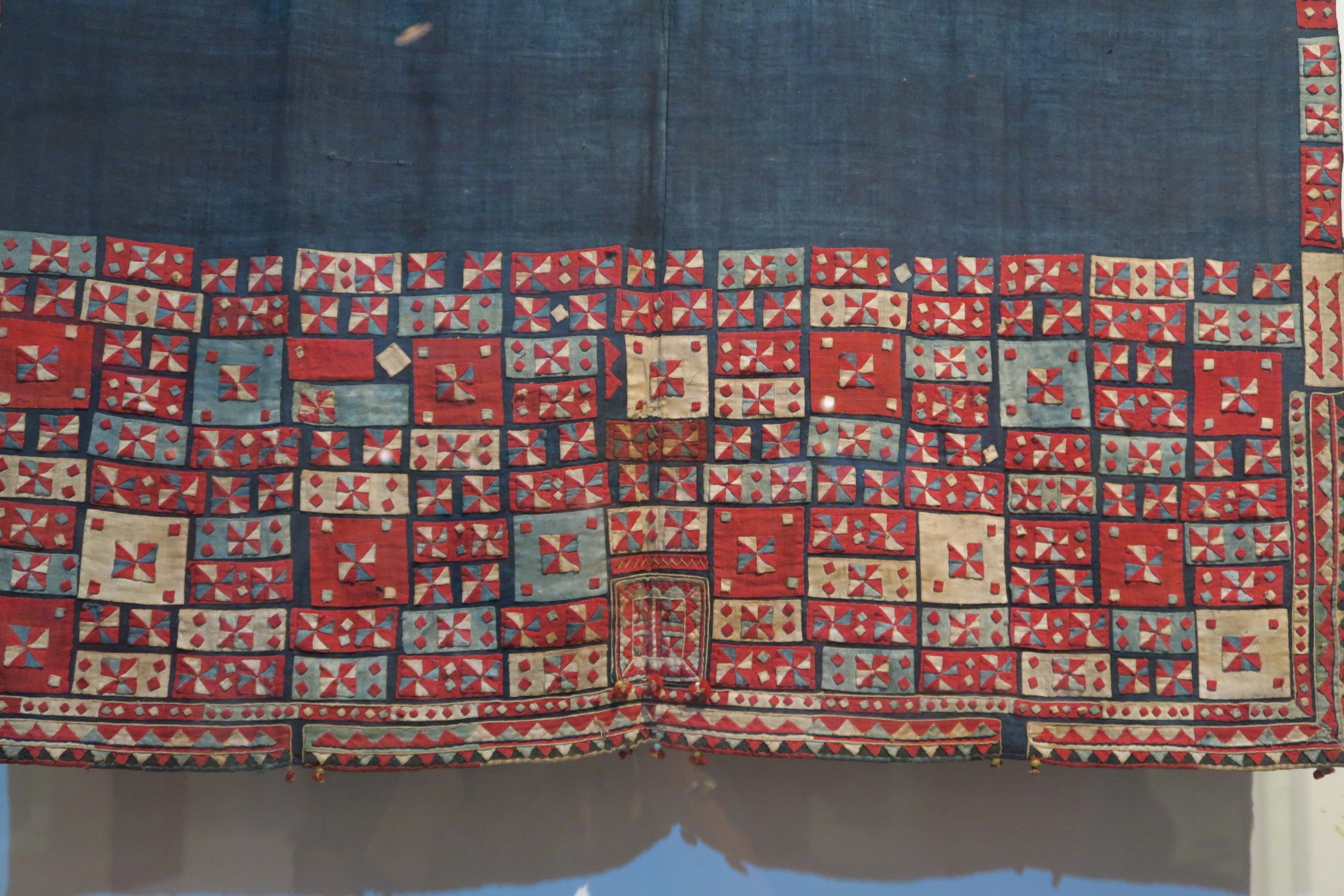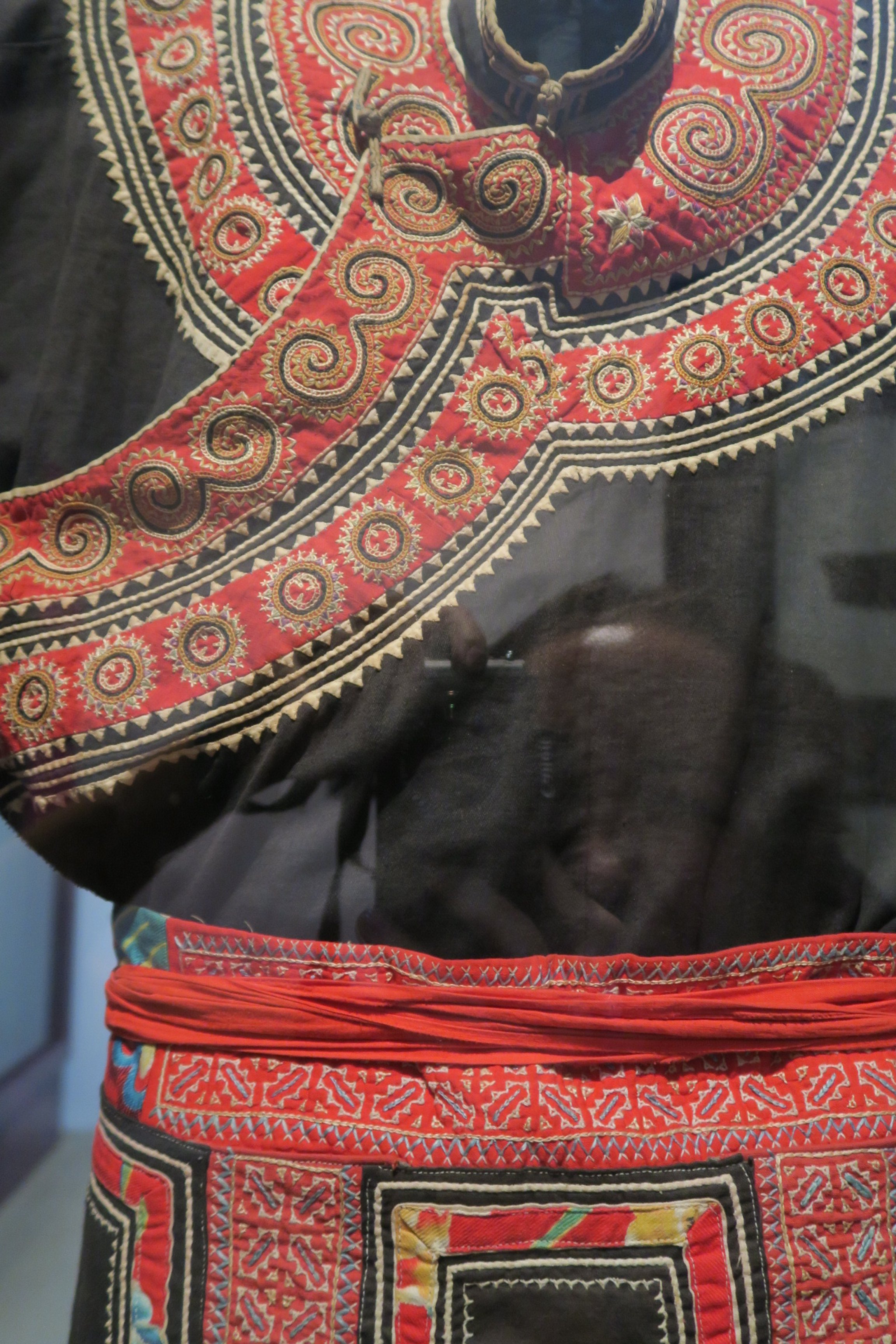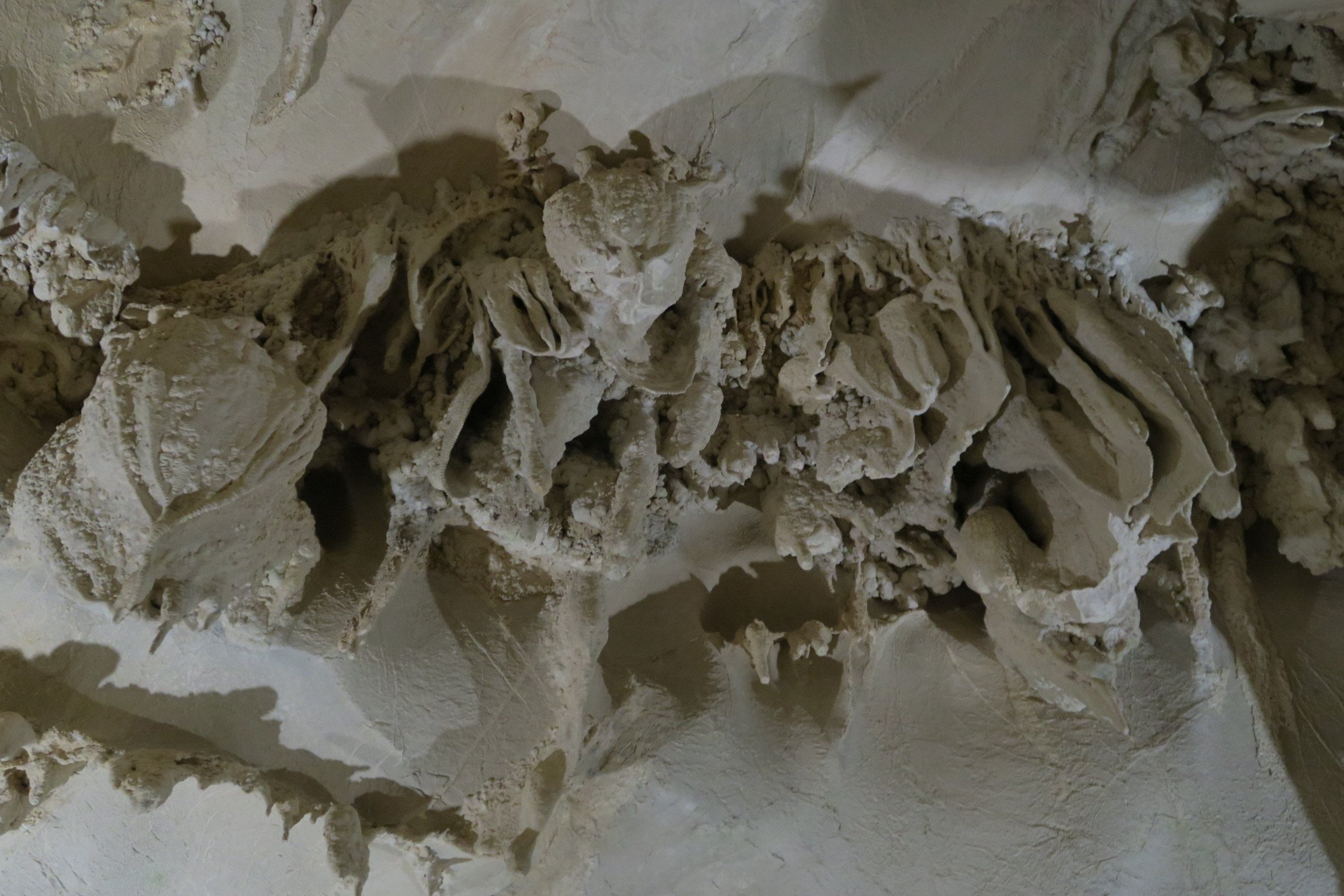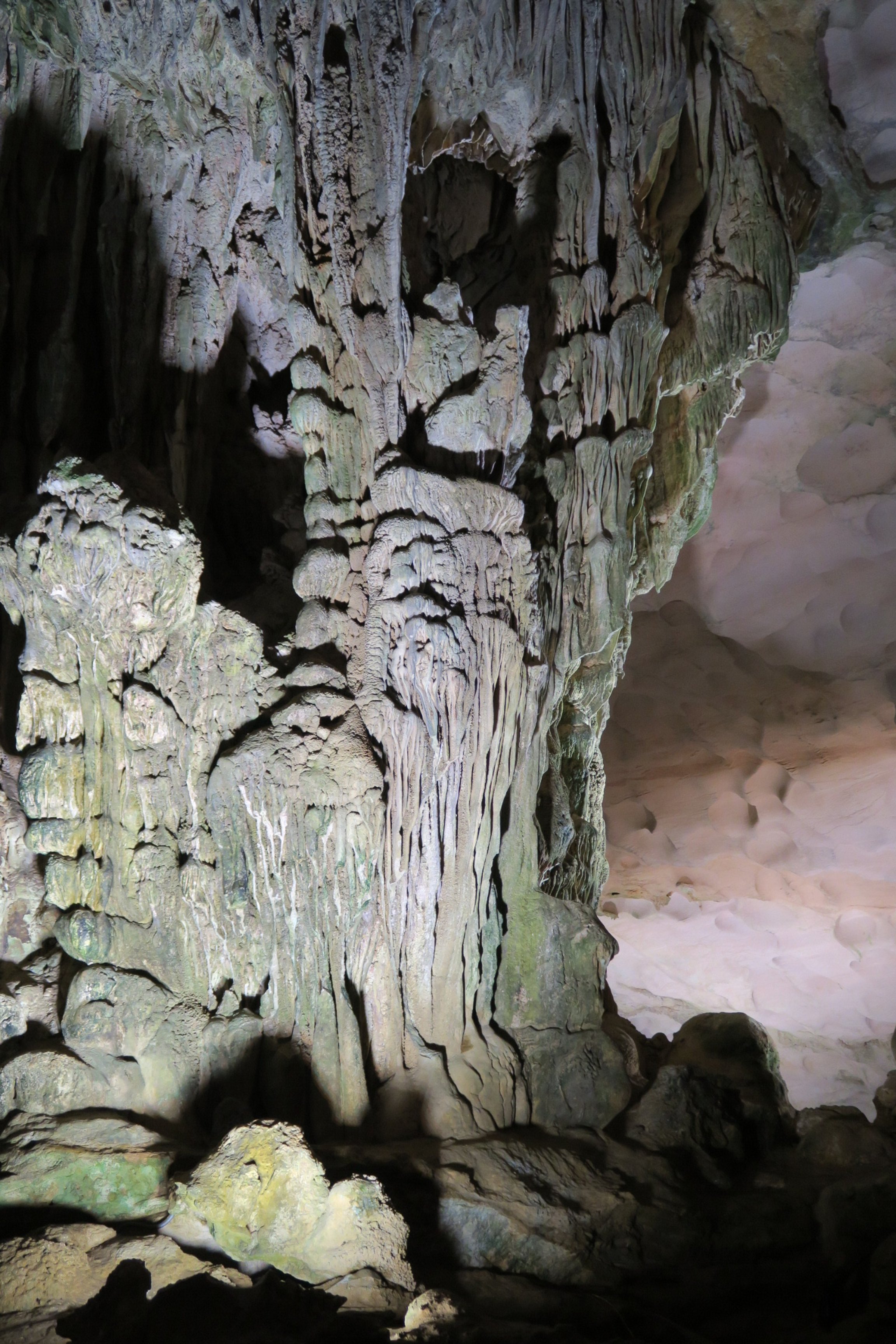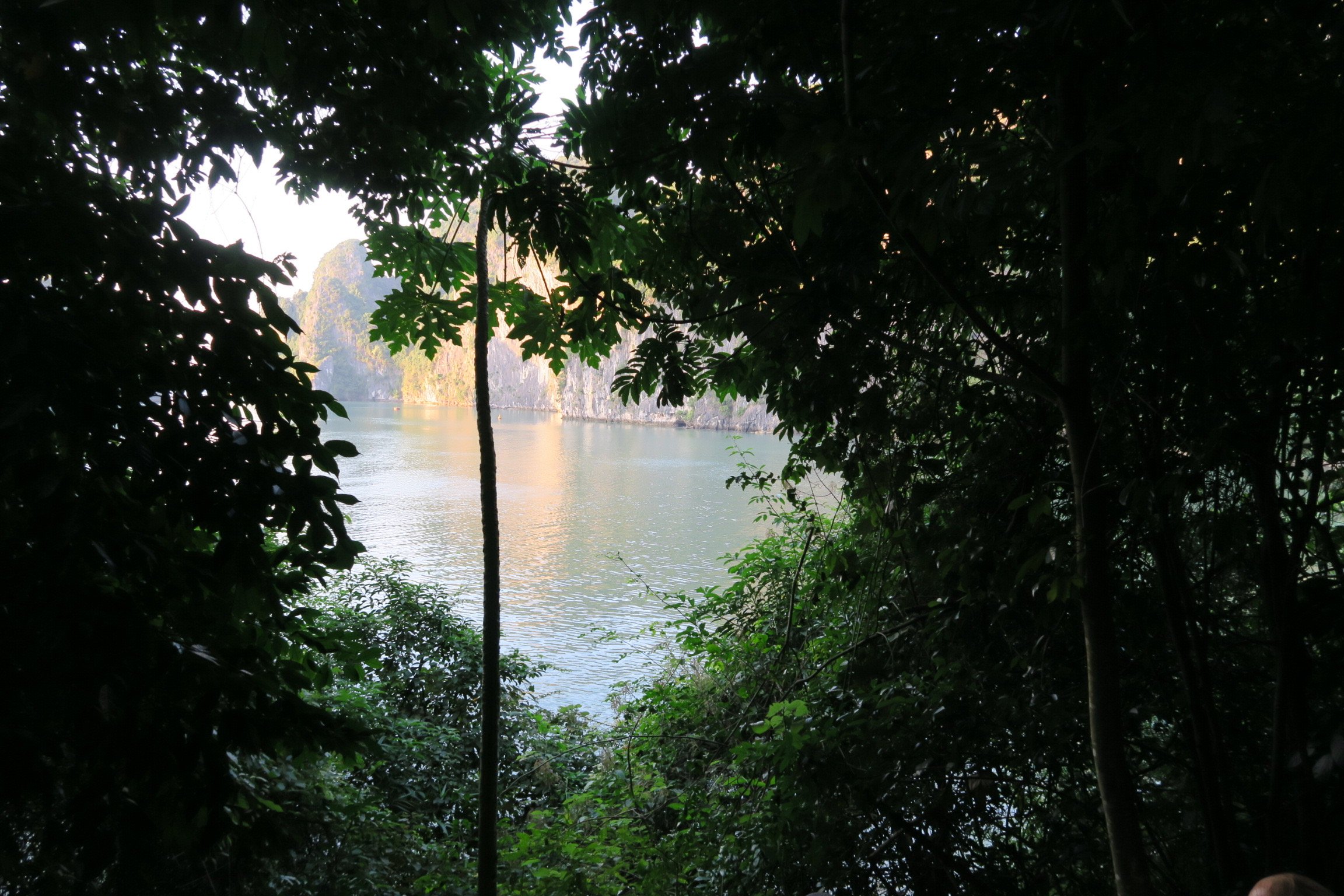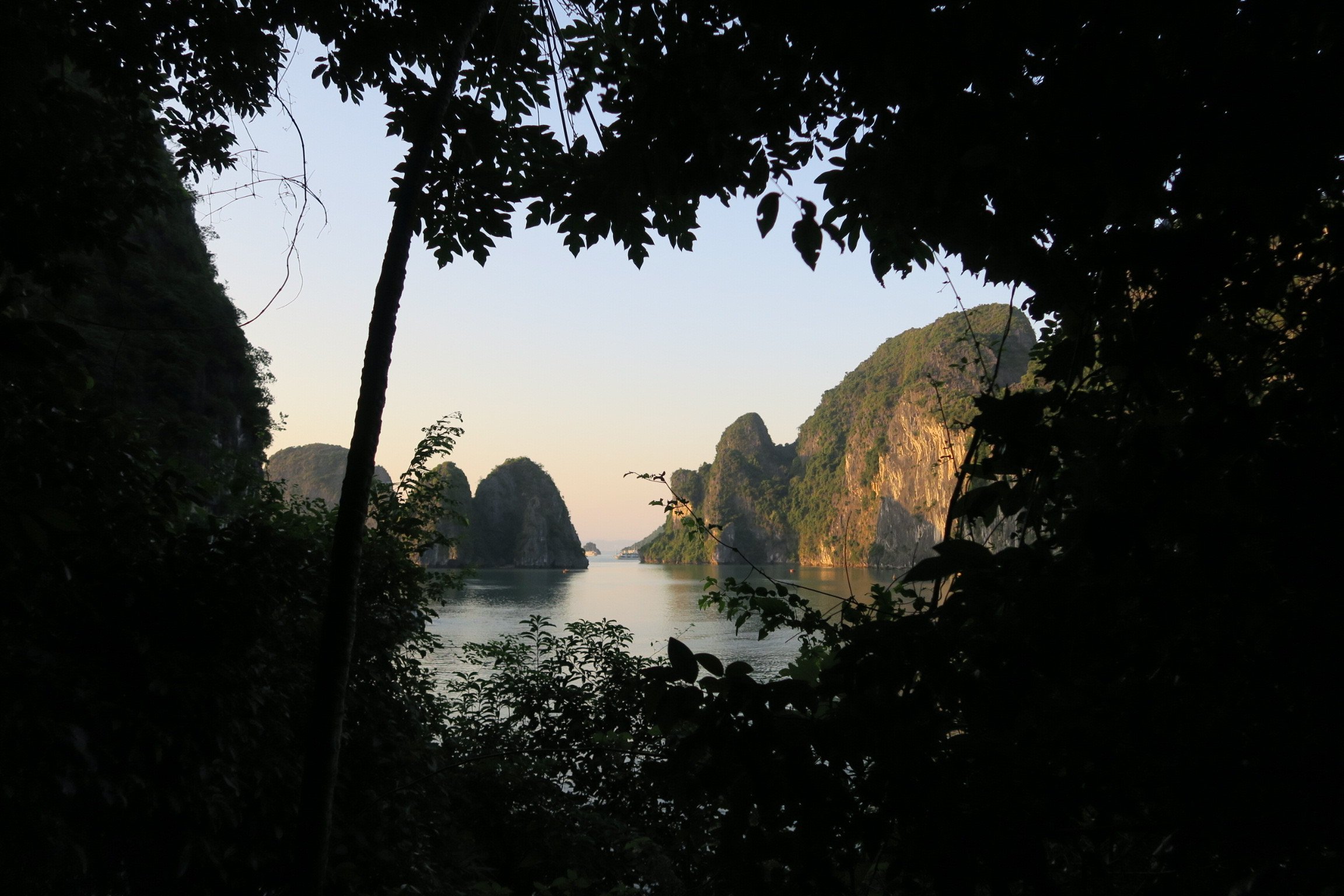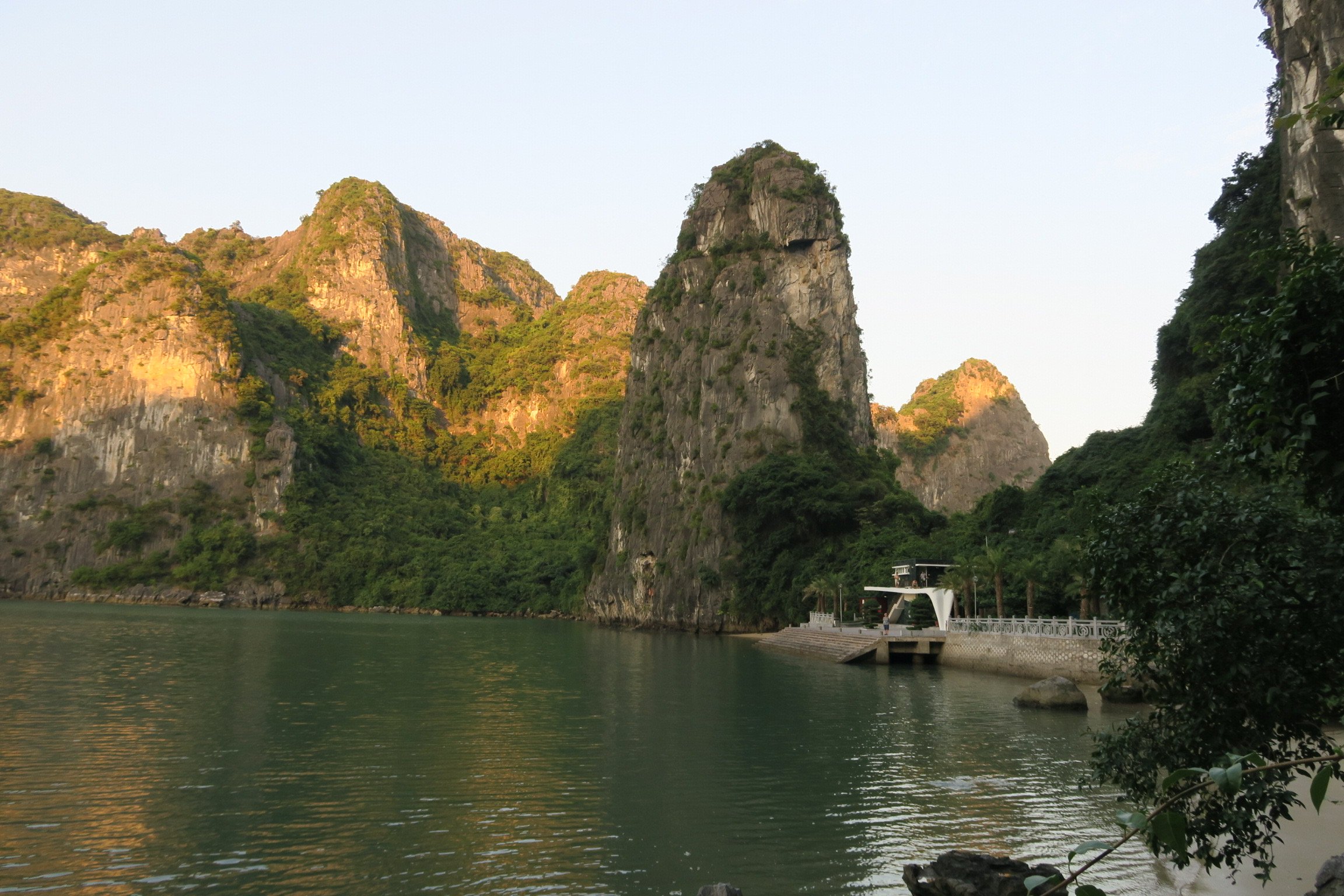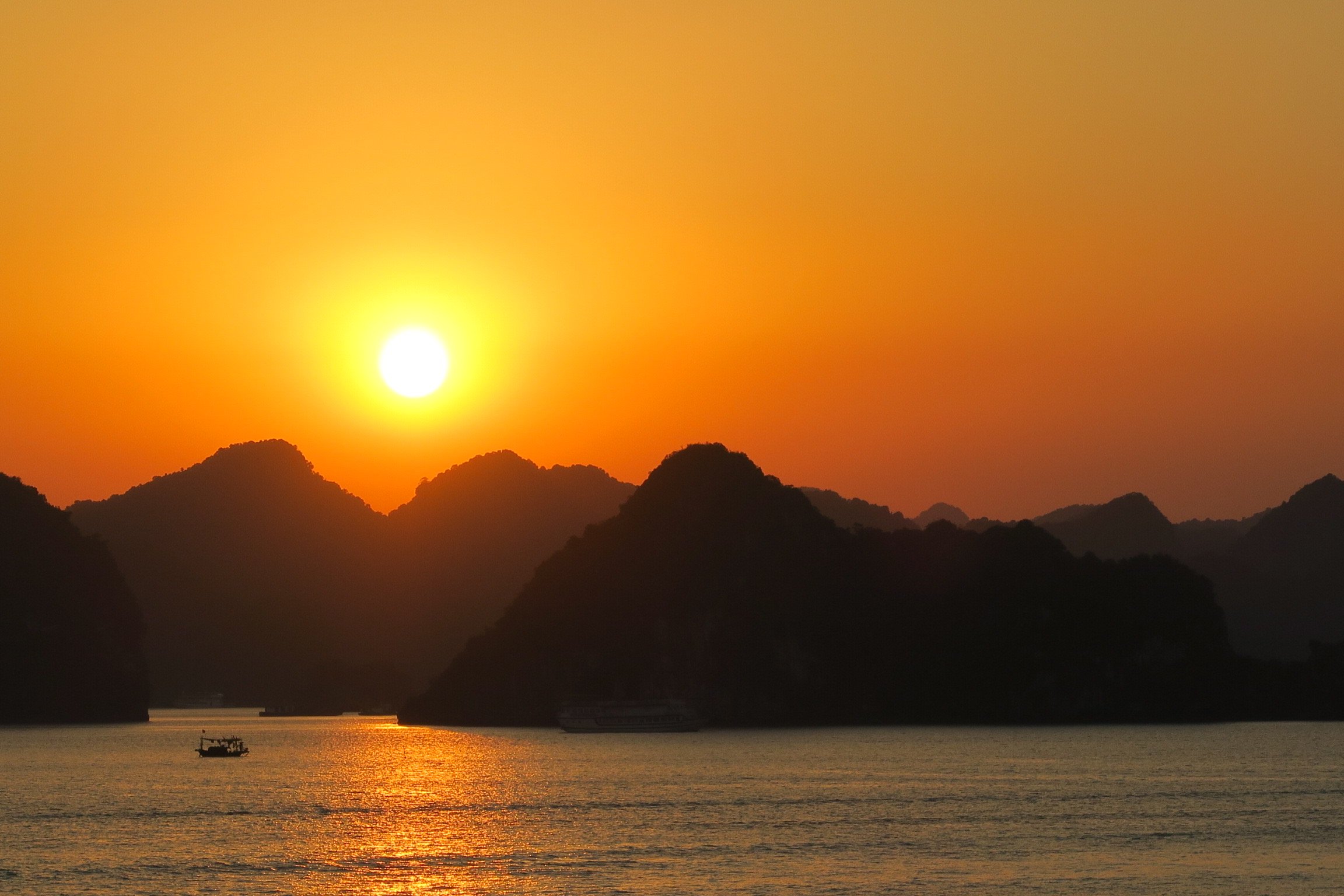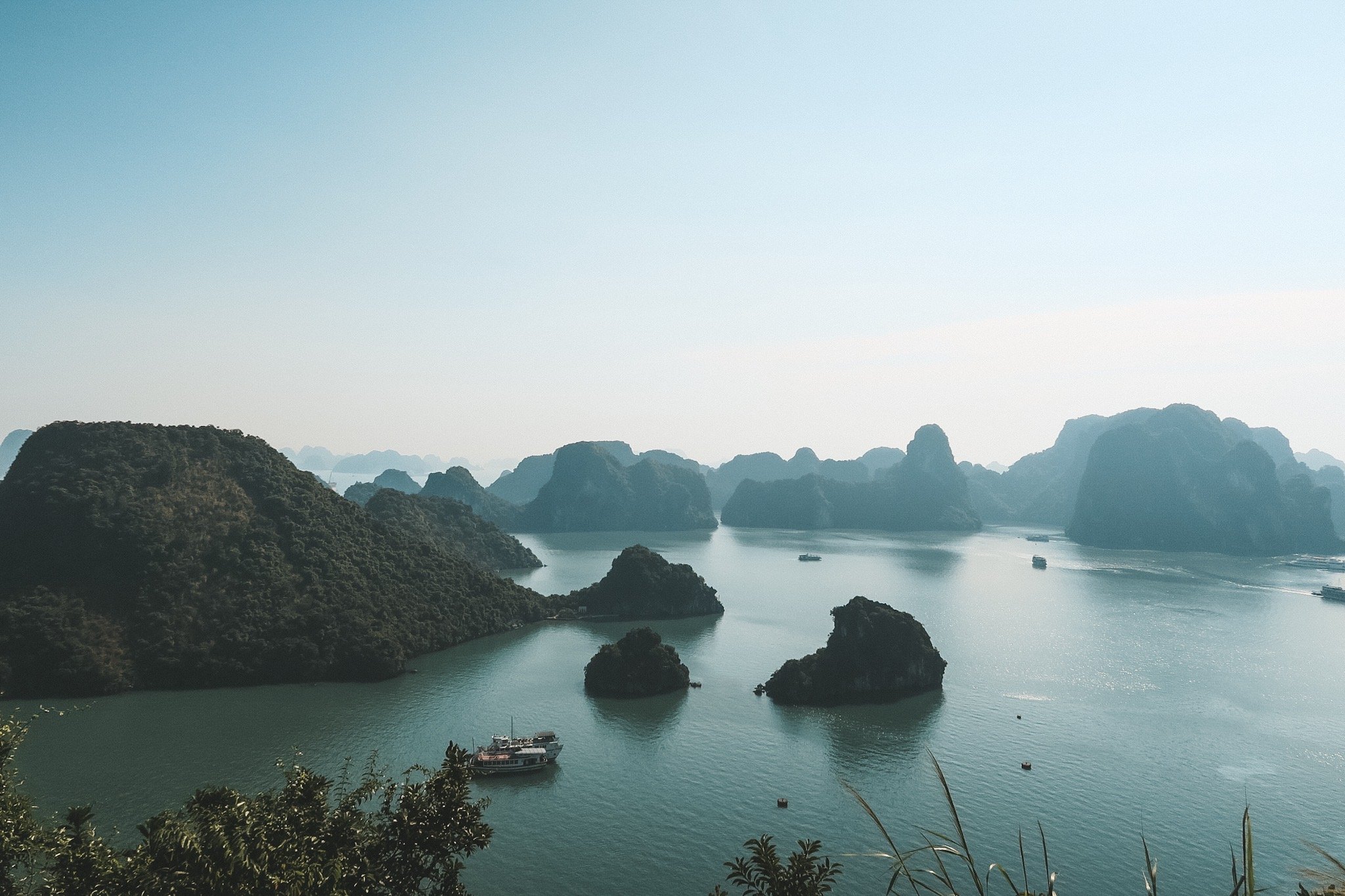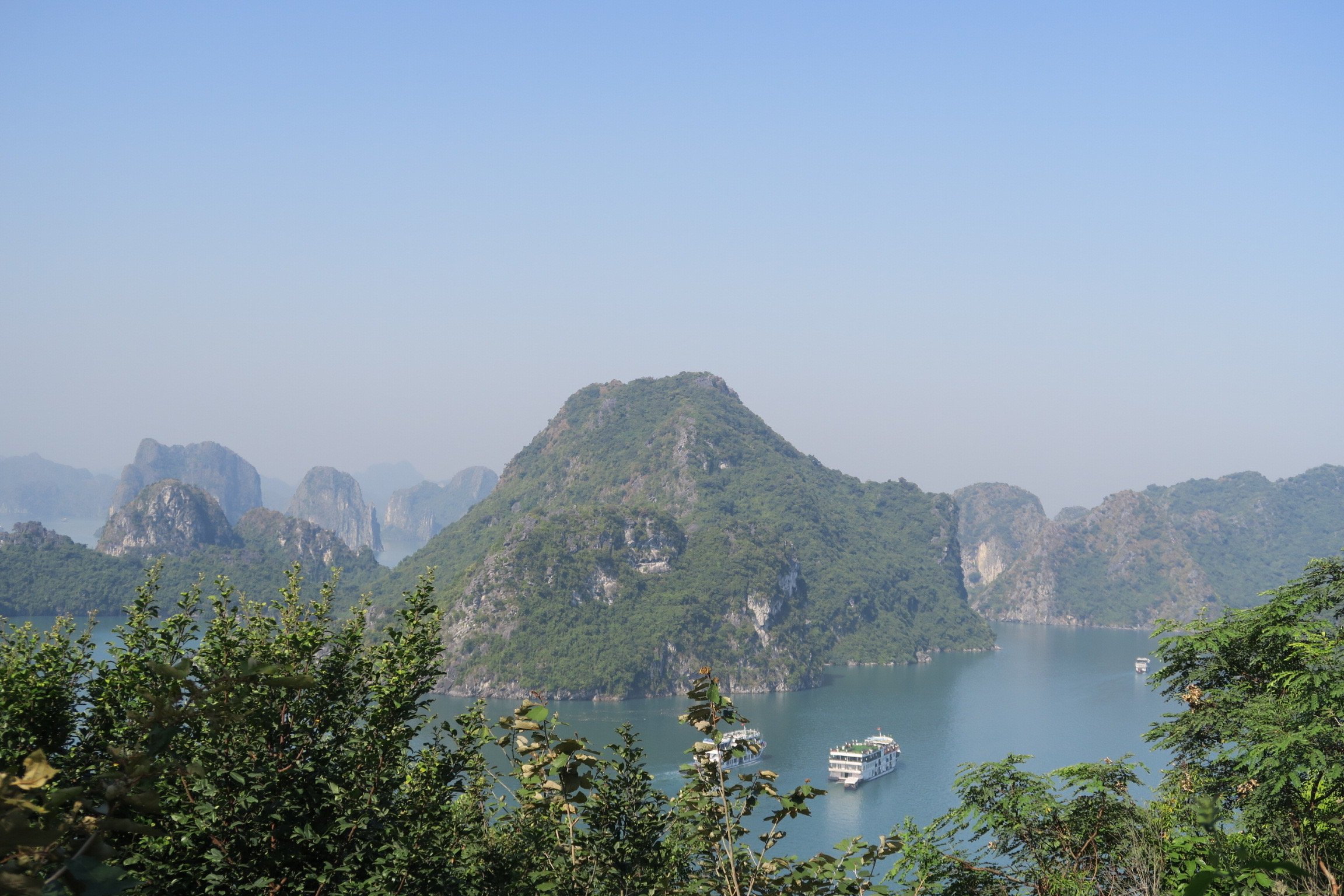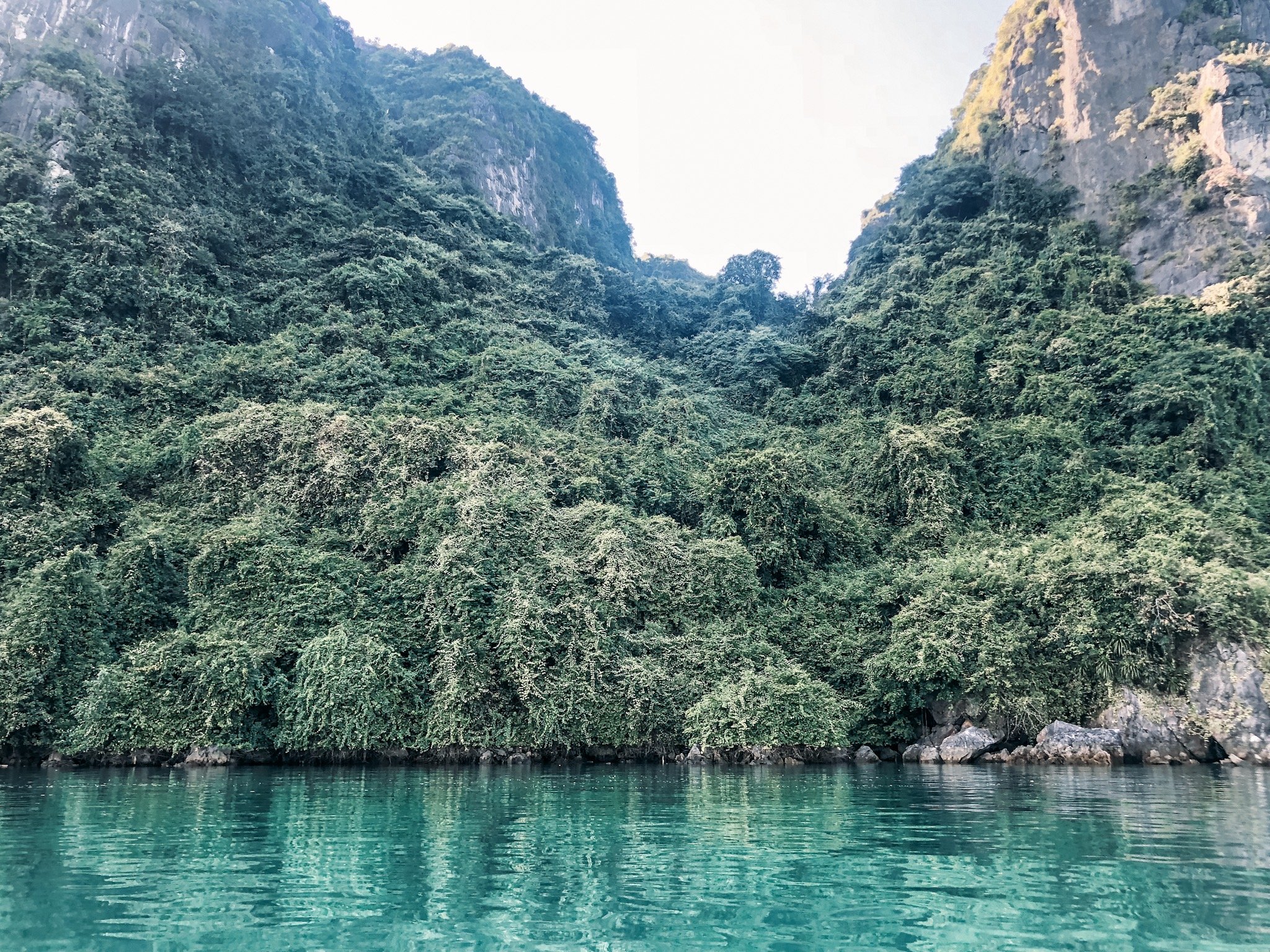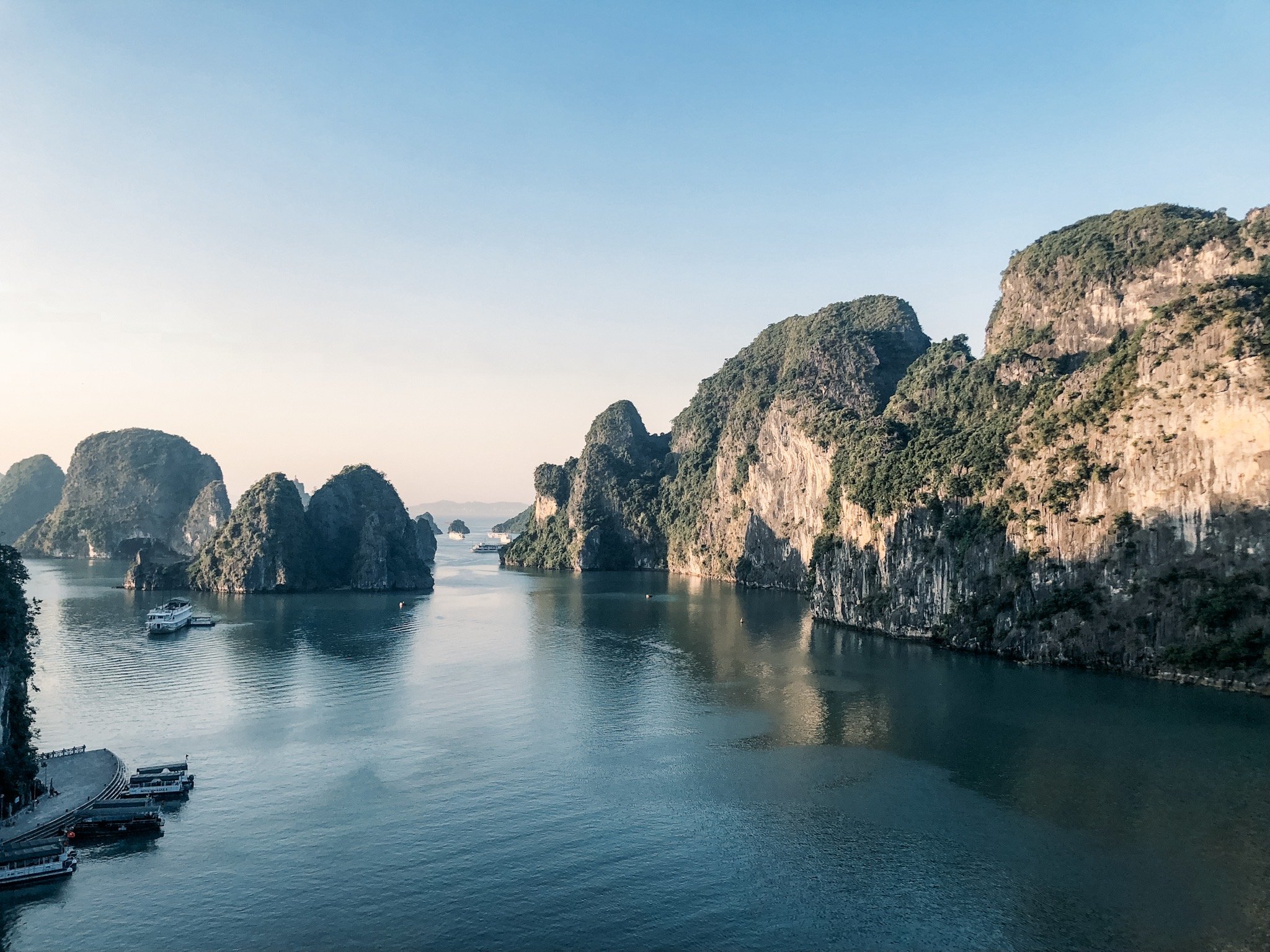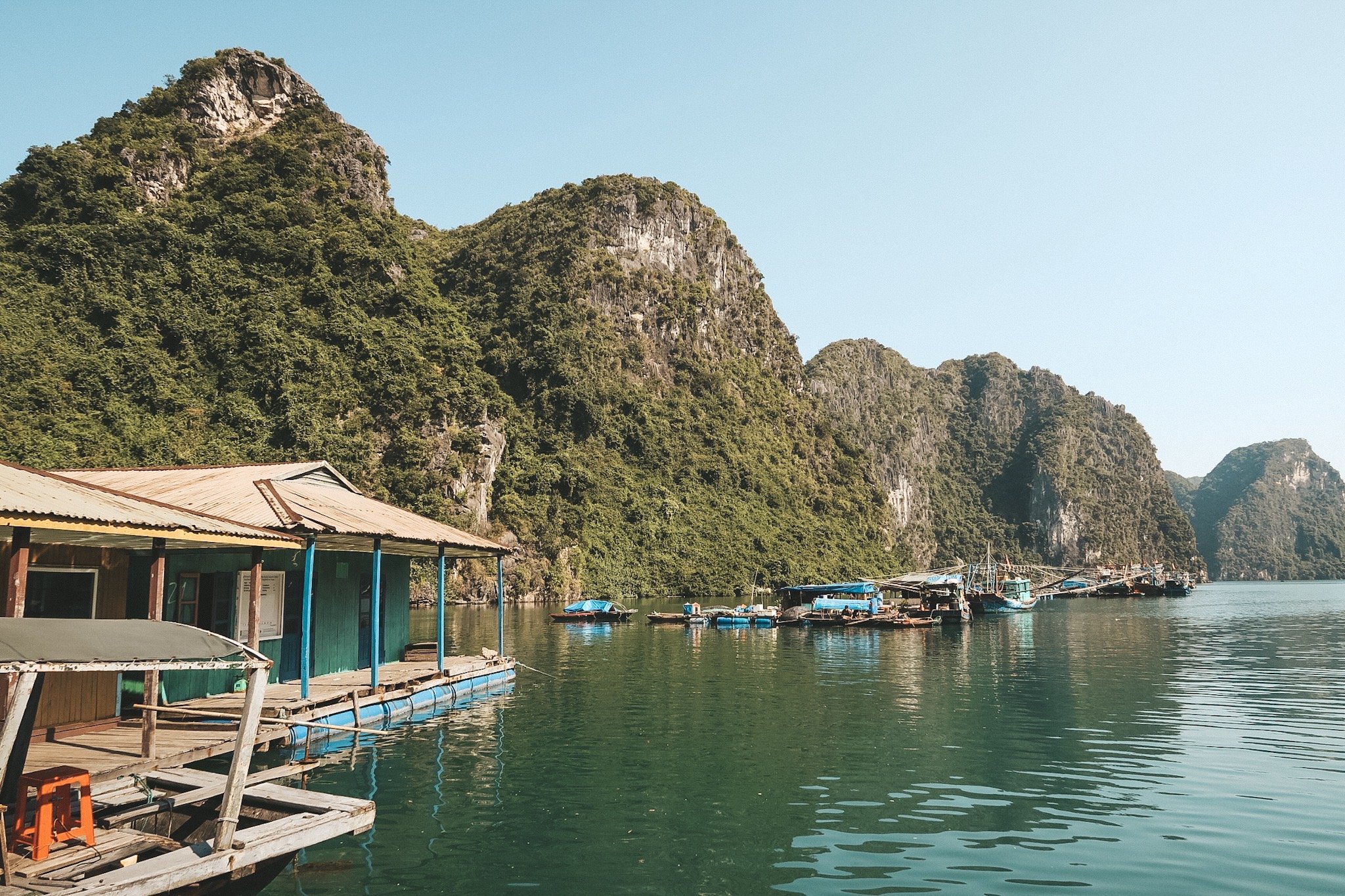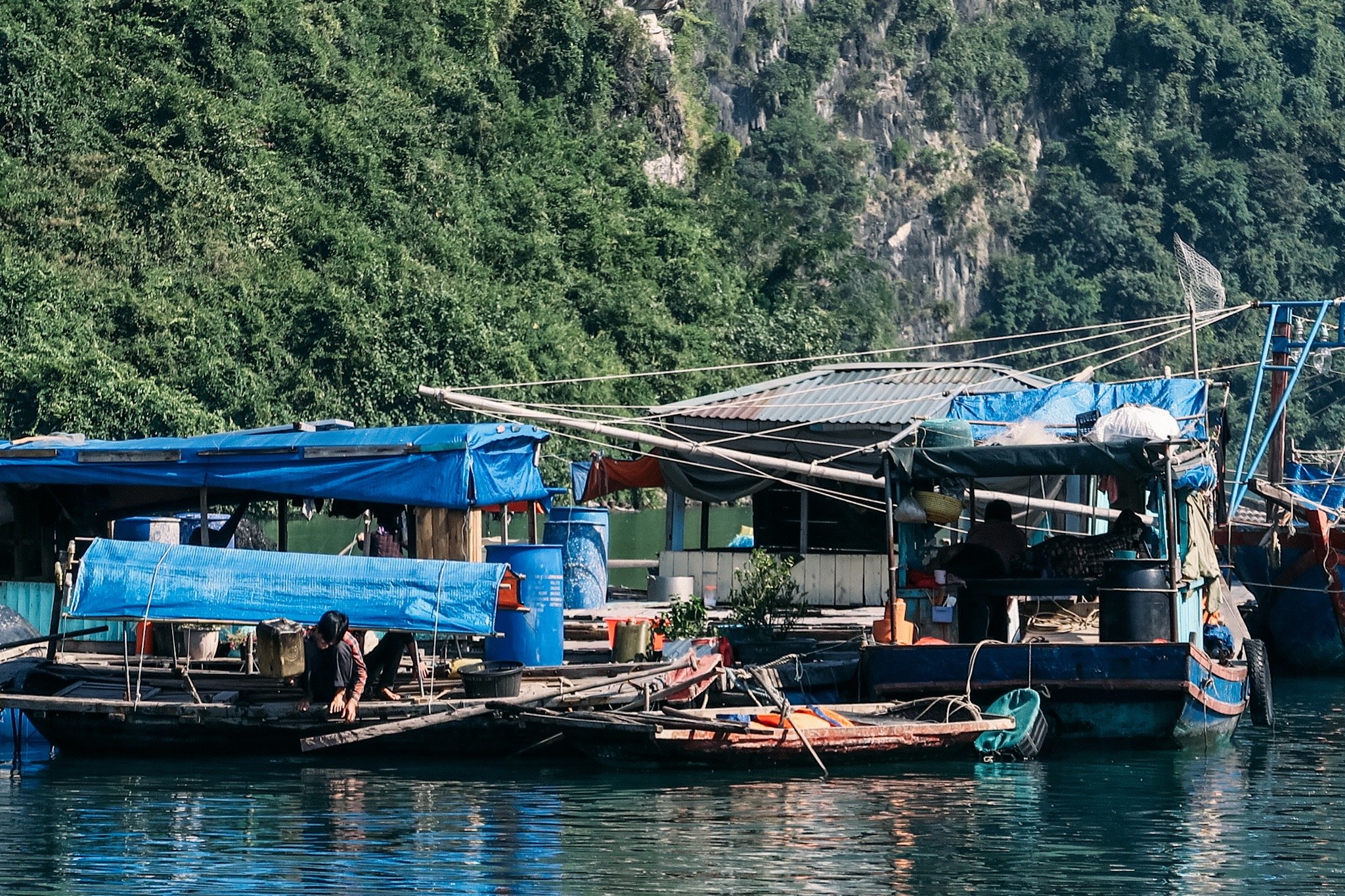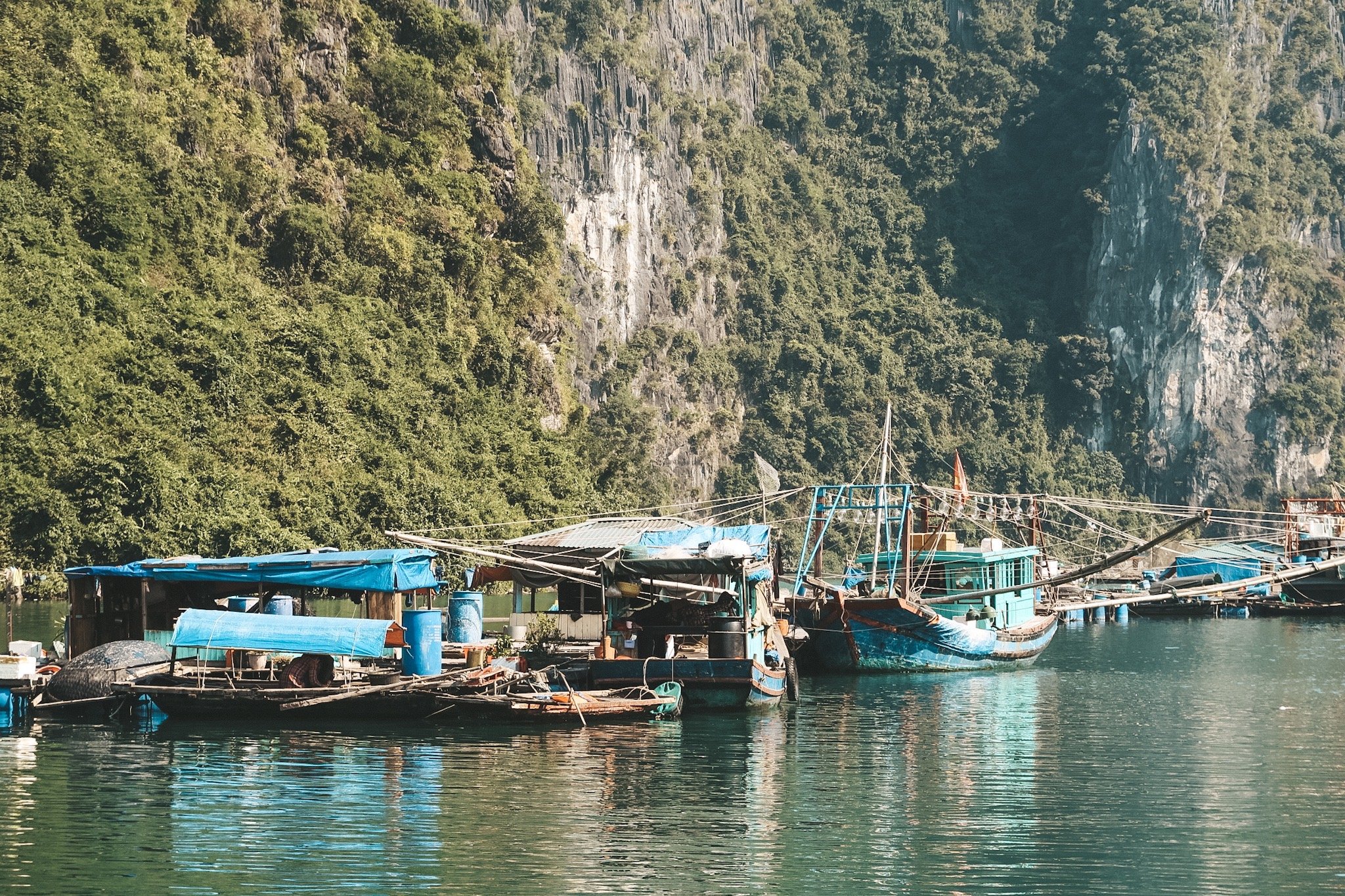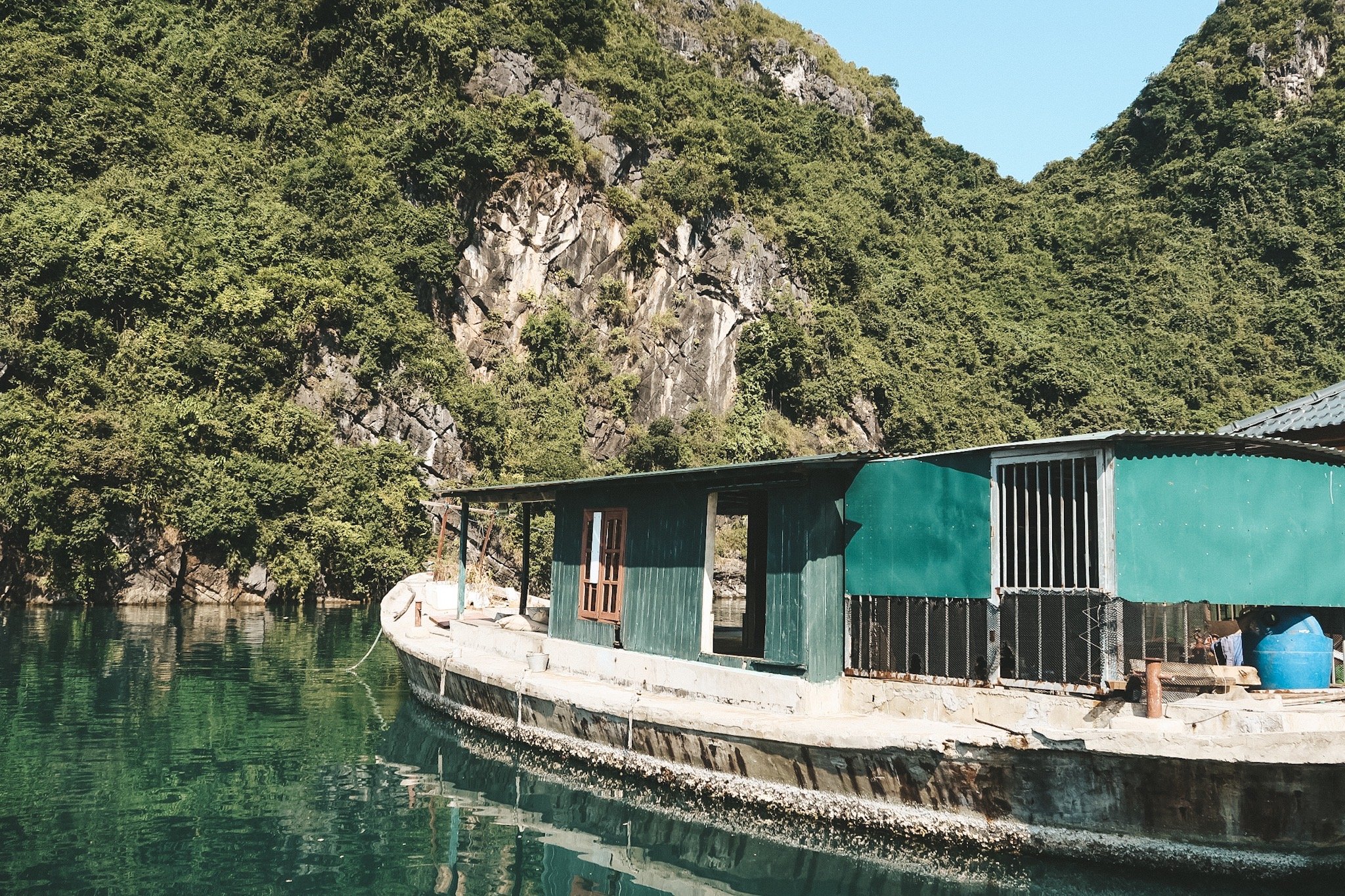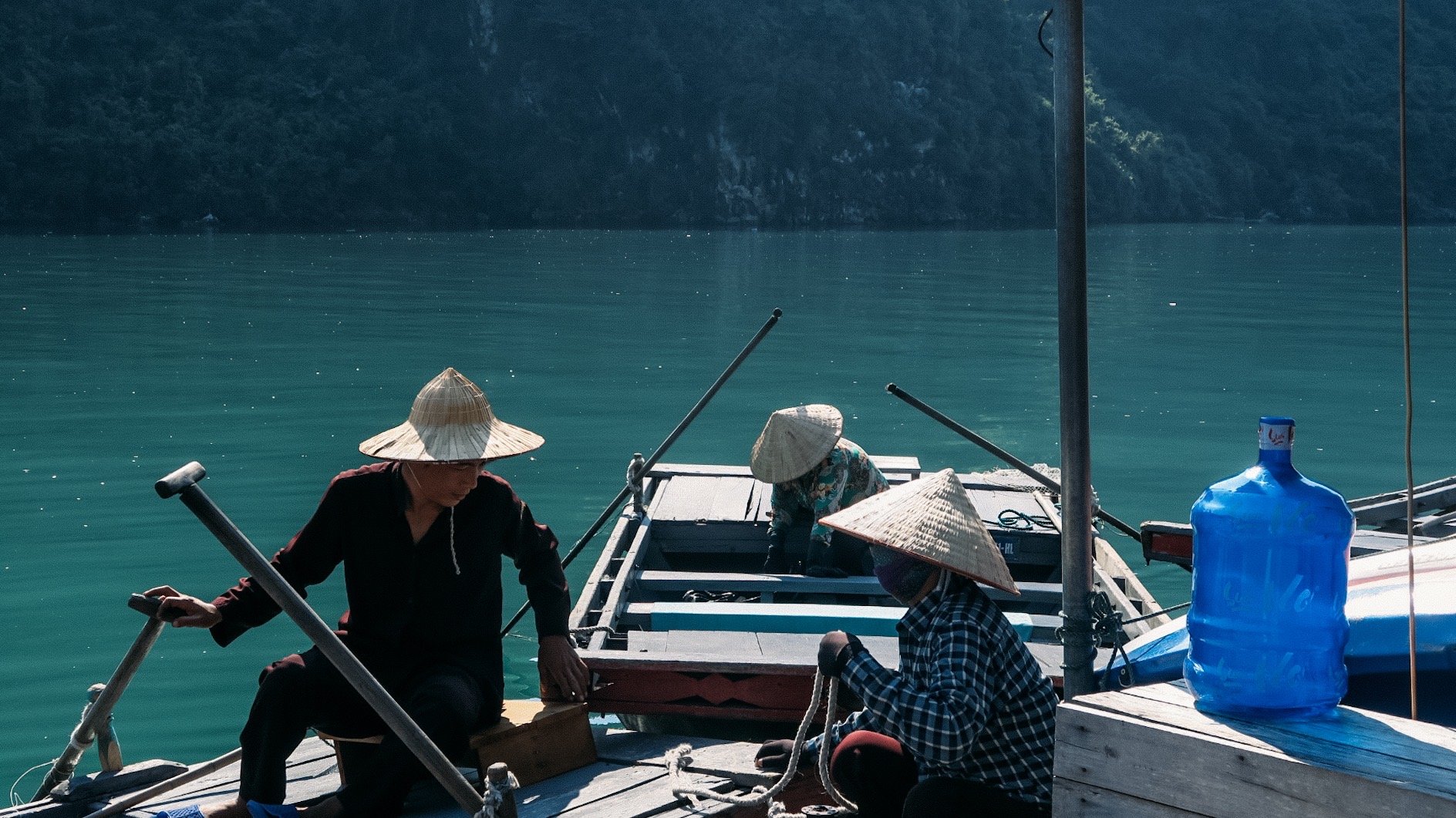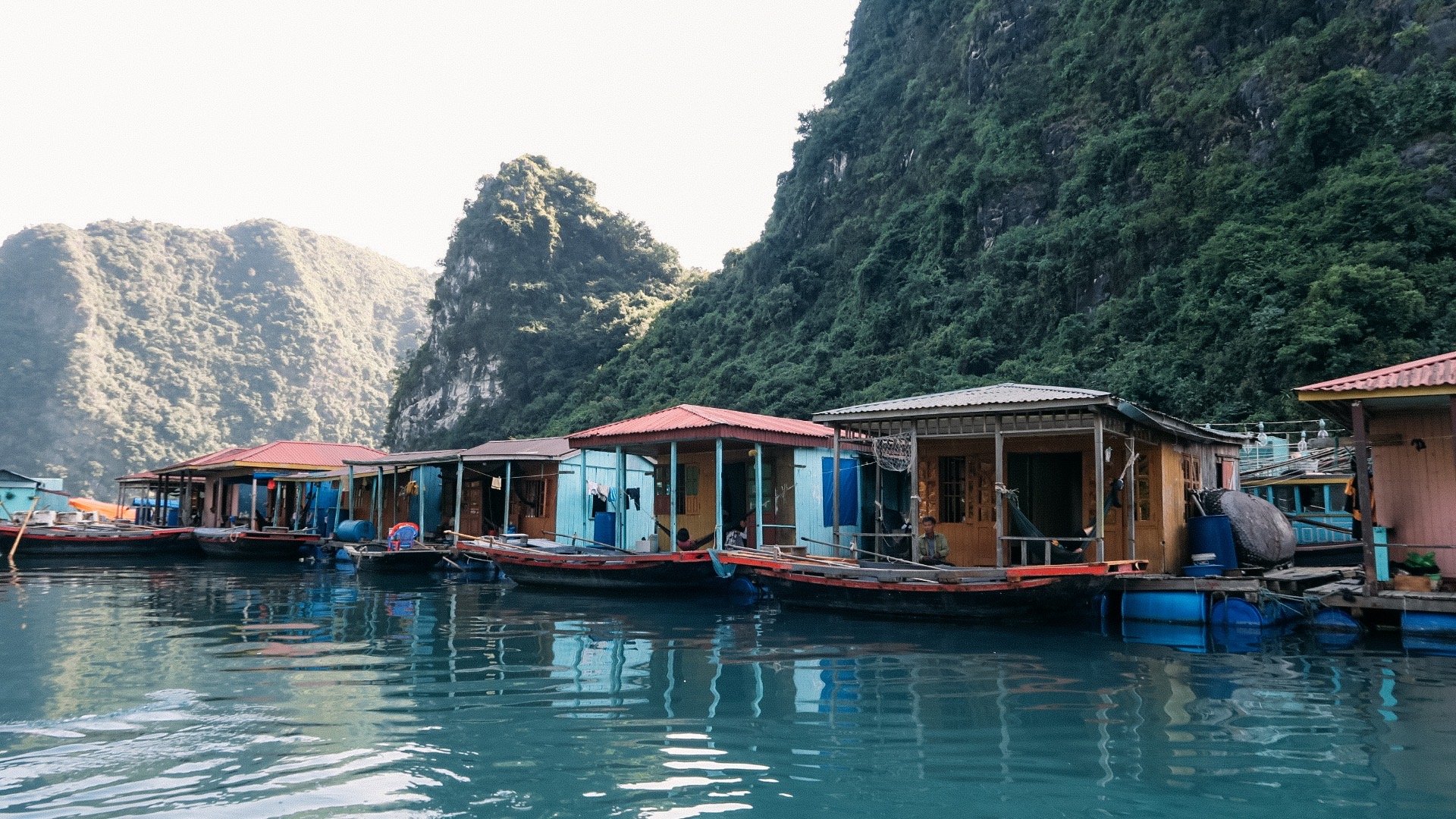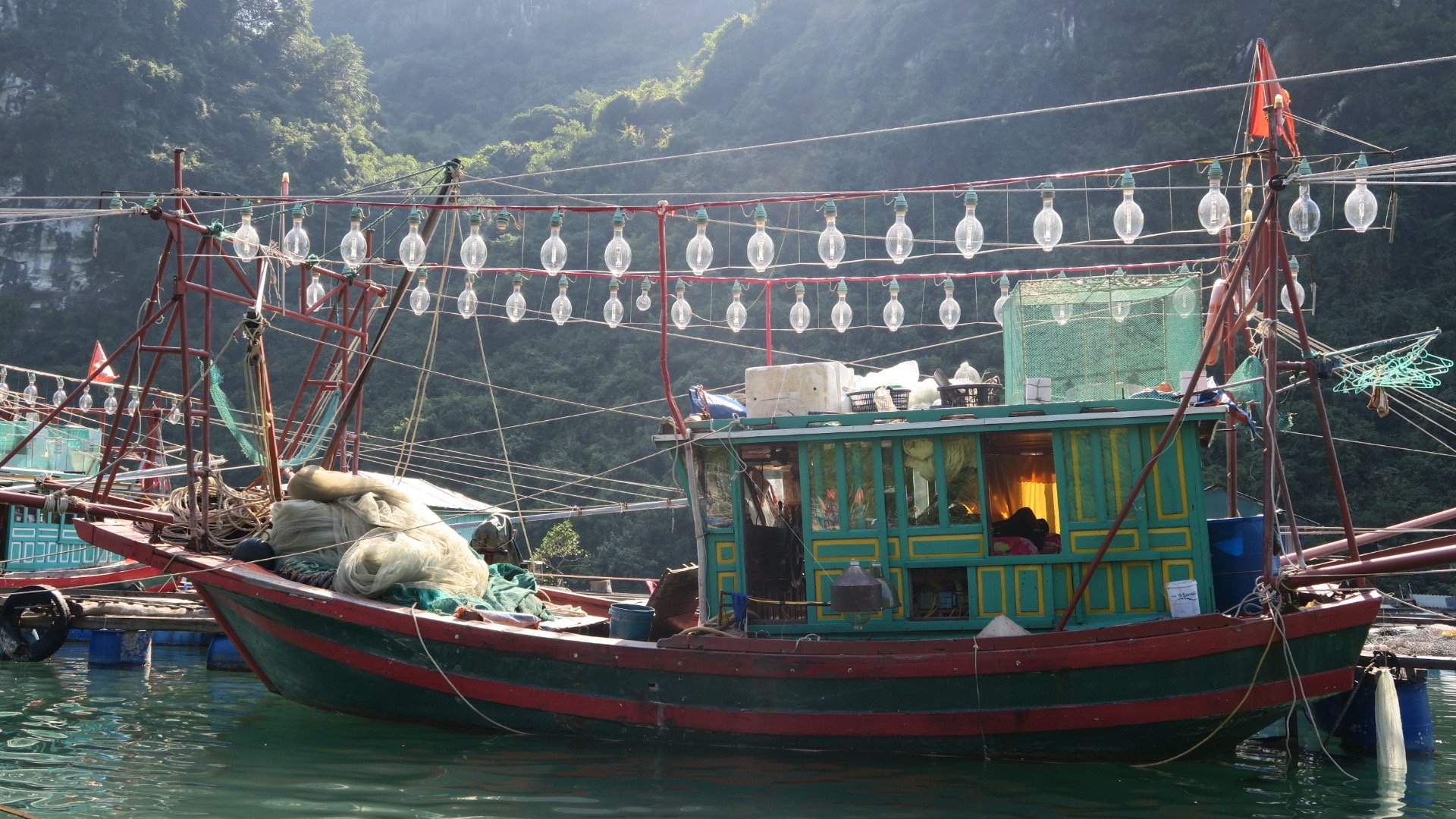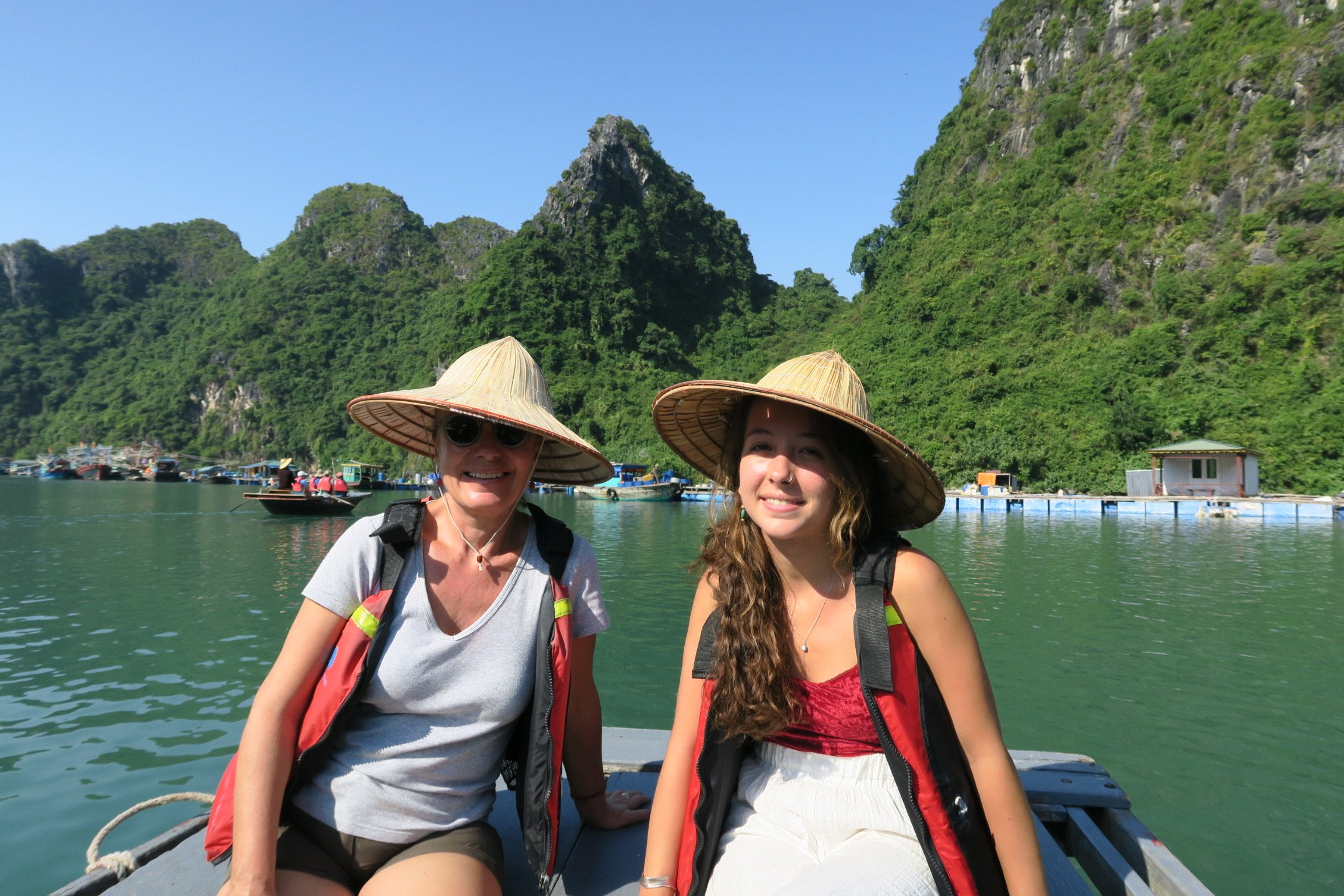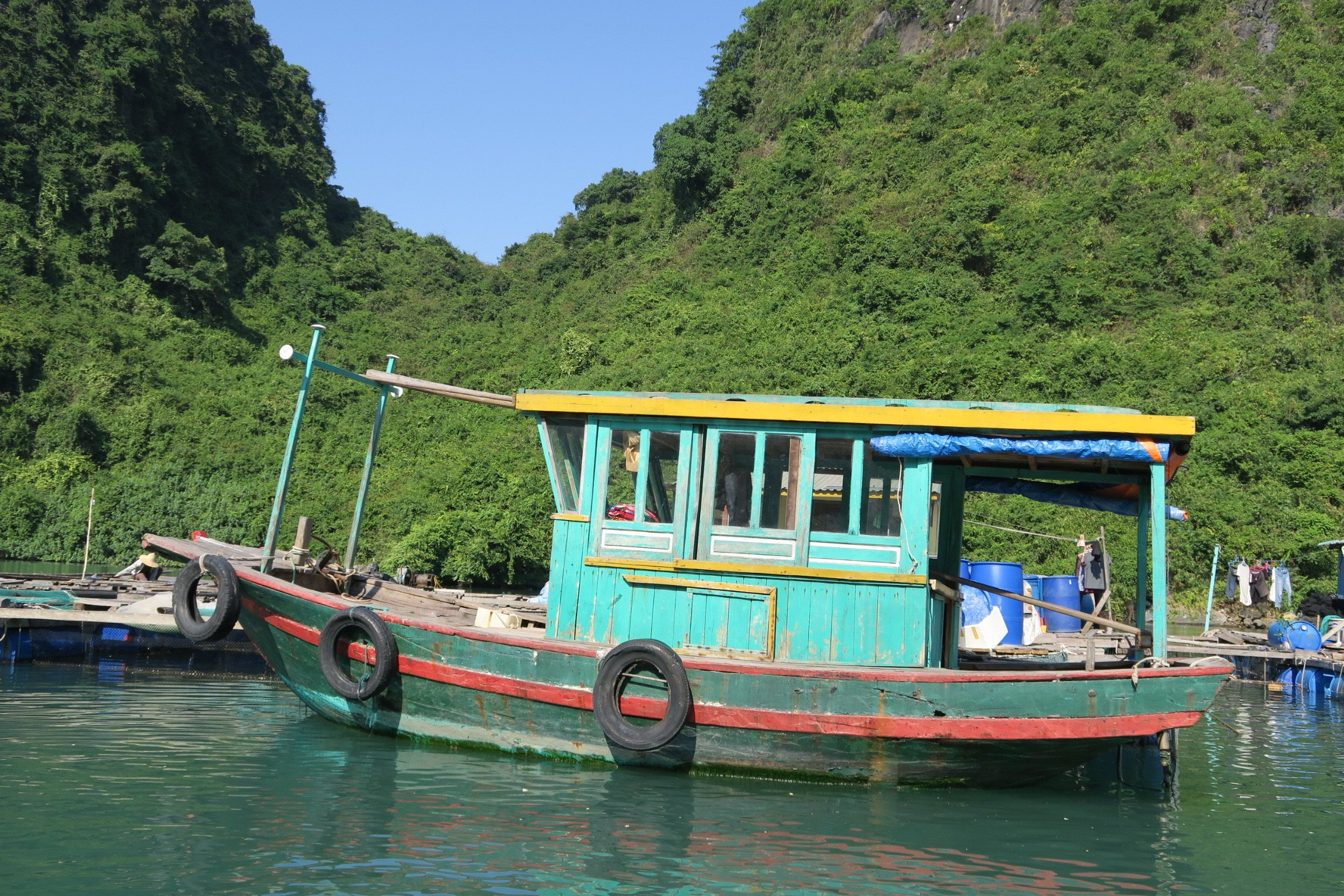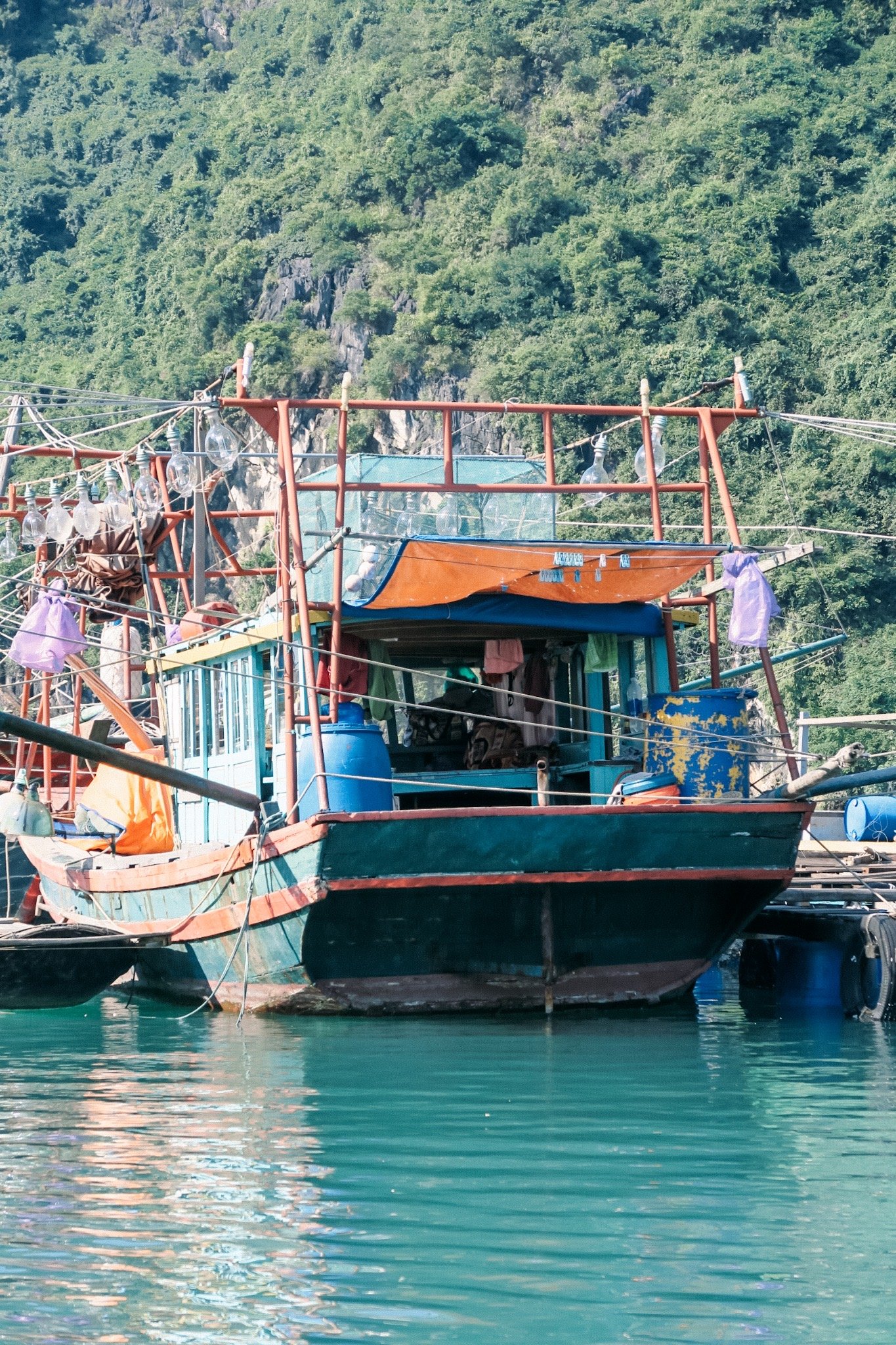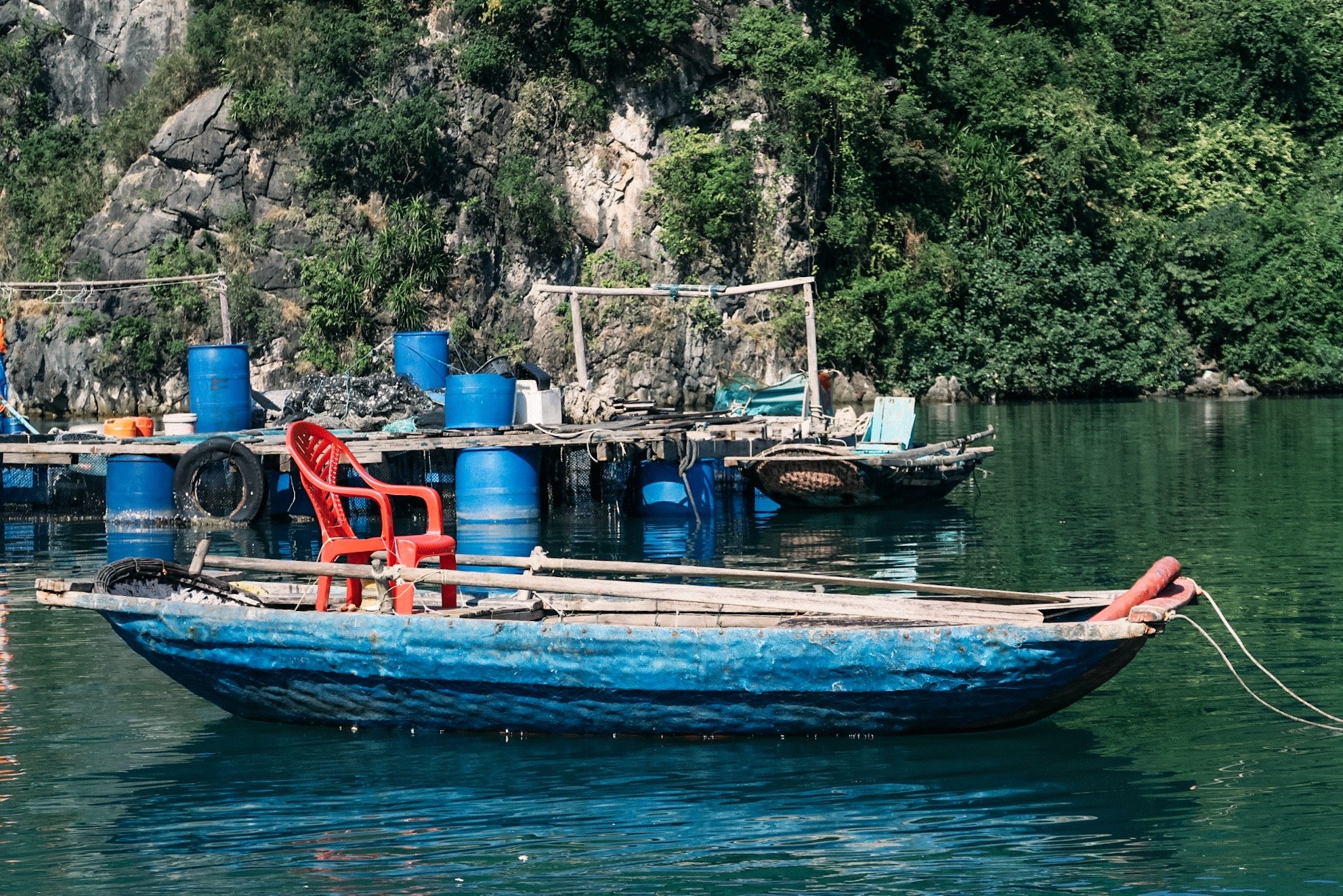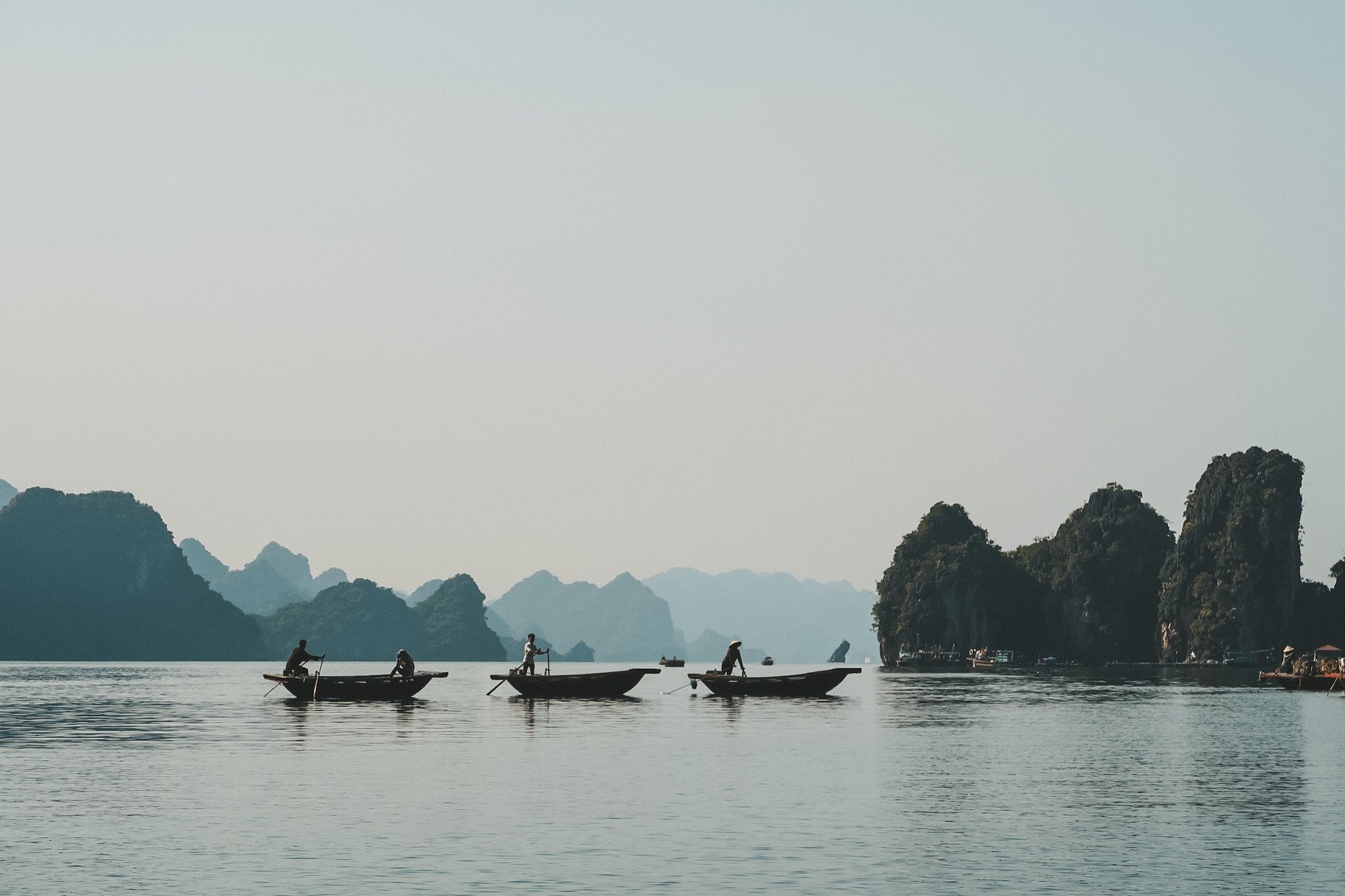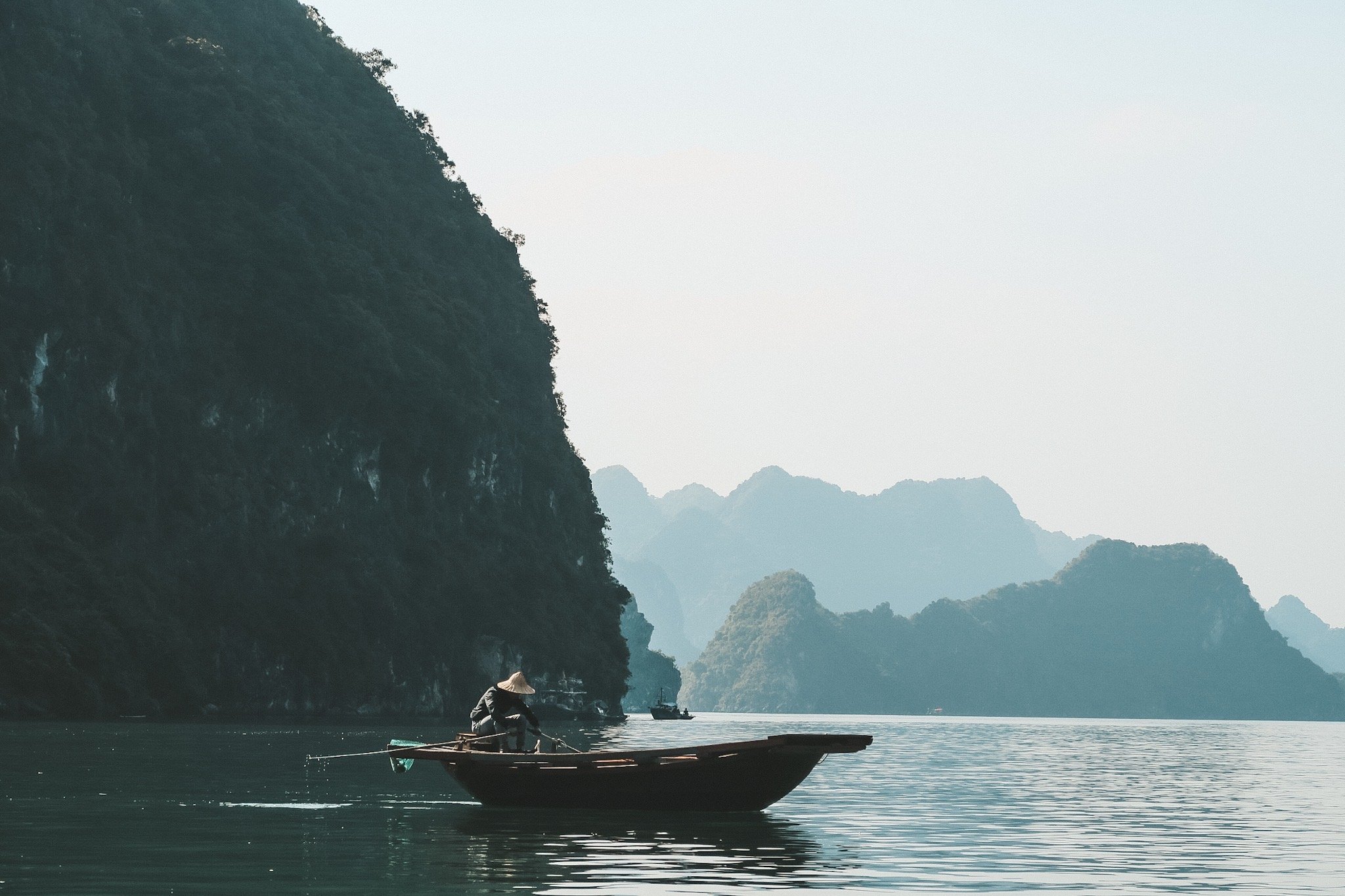Vietnam Weeks Nine & Ten: Hanoi and Halong Bay
HANOI
Our first stop in Vietnam was Hanoi, a very busy capital in the North of Vietnam. Hanoi is considered one of the main cultural centres of Vietnam. With some of the surviving cultural and historical monuments (a lot have not survived through wars) there are plenty of places to see and explore.
I was curious about what I would think of Hanoi since I have friends that really didn’t like it and others that loved it. We only spent three days there and even though we saw a lot of places I still think there is a lot more to see.
On the first day we visited two museums. First, the Vietnam Museum of Ethnology which was amazing (definitely a European standard museum)! It focuses on the fifty four ethnic groups in Vietnam. Each ethnic group has its own cultural identity, but at the same time you can still find certain similarities. For example, some patterns (found in textiles or pottery) can be found in different groups and mean the same thing.
One of the fifty four ethnic groups are the Khmer. Over one million Khmer people live in Vietnam. Most of them reside close to the Mekong Delta. The Khmer mostly depend on the agriculture of rice. I was of course very interested in their handicrafts which include woven silk, plaited mats, basketry and pottery.
The Khmer are renown for weaving ikat textiles using many different colours. They colours are all made using natural pigments. Pink and red are from cashew and sappan trees, yellow are from the sophora and the blue from wings of a beetle (which was very interesting since until now the blues I saw in S.E.A. were all created with Indigo.)
Another ethnic group is the Cham. Their population is 161,000 people. The Cham have a long history in the coastal deltas of central Vietnam. Today, they grow rice and have a highly developed irrigation system that includes canals and reservoirs. Fishing, trading and handicrafts like weaving and pottery are their other main economic activities.
The Cham weave using cotton and silk. Women weavers use an Indonesian style loom that produces relatively few but wide textiles which are usually made into skirts, blankets and head-wraps. They also use a pedal loom that produces a higher quality of cloth but of narrower widths. Those are made into scarves, sarongs and bags.
Vibrant colours and a great diversity of styles characterise Tibet-Burmese women’s clothing. Women in ethnic groups such as the Hani, Lahu, Lolo and Phula wear both pants and skirts. These are usually appliquéd. Some of them also ornament their clothing with pearls, snail shells or silver coins.
There was a section in the museum which focused on how the textiles of some ethnic groups are changing — due to modernisation and globalisation. Natural dyes are being left aside and replaced with chemical dyes. Vibrant (sometimes even neon) colours are being used to dye the embroidery threads. Hmong people use a lot of these chemical dyes to cross-stitch their pleated skirts.
Hmong textiles are probably my favourite because of the combination of natural dyes, batik, embroidery and pleating. Here are some photos from the traditional Hmong textiles displayed in the museum.
Tay brocade is a traditional handicraft which is still practiced in some provinces. The primary materials are cotton and silk threads dyed in different colours. The loom and the techniques employed are similar to those used to weave simple cloth. According to the skill of the weaver she can add up to 150 supplementary weft threads on the loom. To weave the decorative motif, alternative warp threads are lifted up so that the shuttle containing the supplementary weft threads can go through. The most widespread motifs are flowers of the pear tree, the eight pointed star and the leaves of the sugar cane plant. Brocade cloths are made into blankets, baby carriers, backpacks and table cloths.
Here are some photos of textiles I really liked throughout the museum:
The next museum section was outdoors and consisted of houses of all the different ethnic groups. It was very interesting because you could actually enter these houses and kind of see how these people live.
Another section of the museum was the South East Asian Culture Centre which included themes such as textiles, performing arts, religion, daily and social life. The exhibition began with textiles from Laos, specifically the Sam Neua Province which is famous for its supplementary weft patterned cloths.
Next, there were some really pretty brocade and ikat weavings from Myanmar and Indonesia. (pictured above)
It was nice to see textiles from South East Asian countries I haven’t visit such as the Philippines. I loved the details of their costumes. Embroidery, embellishment, appliqué, weaving, dyeing — a combination of techniques, creating a unique piece of clothing.
It was also inspiring to see the influences from China and India. Here are some photos of a different type of batik cloths. They are all naturally dyed with indigo.
I am definitely adding Southern China to my list of places I need to visit after seeing the amazing collection of textiles they had in the Ethnology Centre. Here are some of my favourites:
One of my favourite costumes that for me stood out, was a ‘daughter-in-law’s funeral costume’ from the 20th century, found in Tai Deng, Huaphan, Laos. I am used in seeing rhombuses, squares, triangles and squares in south east asian textiles and seeing circles on this cotton dress was something I hadn’t seen before.
I can’t recommend visiting this museum enough. It’s was very inspiring for me, it’s very well taken care of, there are detailed descriptions in English and French and the exhibits are all one of a kind and beautiful.
Next, we went to the Vietnam Women Museum, this was really interesting as well, however it is not as well preserved as the Ethnology Centre. This museum showcases the roles of women in Vietnamese society and culture. It was very moving to see the contribution by heroic women and little girls (even 8 year olds!) and how they helped during war. Their memories and stories were very touching and it is amazing that this museum focuses on women and everything they have offered to Vietnam. There are also a lot of costumes, basket-ware, fabrics and textiles as well as propaganda posters.
Here is a photo of work made from junior students in Hanoi, it is in the centre of the museum right over the stairs.
One of my favourite hill-tribe clothing is that of the Red Yao Hill-Tribe. I love the red fabrics, dresses, embroidery, embellishment and colour combinations. I actually had the opportunity to stay with a Red Yao family in Sa pa (north Vietnam) - more about this on my next blog post.
Except from objects, the museum had an amazing collection of photographs. Photographs of the women during war, photographs of hill-tribe women in their everyday life, photos of children and photos of textiles.
Here are some of my favourite:
In this museum I learnt that cotton is the most popular fabric for Vietnam’s fifty-four ethnic groups with natural silk coming second but reserved for appliqué and festive costumes. Hmong women use hand woven hemp fabric which is naturally dyed with indigo. The Pathen, Flower Lolo and the Flower Hmong have very colourful clothing which used to be with natural dyes but due to modernisation has now become more colourful because of the colour possibilities of chemical dyes.
The Yao and Phula prefer embroidery as a technique, the Lolo and Pupeo favour appliqué, the Hmong and Yao Tien are known for their batik, the Thai and the Khmer for their ikat and the Muong and Tay prefer using lots of different weaving techniques and patterns. Everything is completely hand-made and the patterns or motifs reflect each population’s identity and it’s environment. These costumes all portray women’s creativity, their sense of aesthetics and of course the many hours of work. Clothing styles evolve everyday, even in the most remote areas of Vietnam.
Embroidery is a popular technique used mostly in the north of Vietnam. Girls learn how to embroider at a very young age and are very skilled by the age of 12 or 13. The Hmong use cross-stitch, while the Yao and Thai prefer to use the running stitch, feather stitch or chain stitch. Traditional patterns are followed and passed on from generation to generation.
Appliqué is a technique were small pieces of coloured fabric are sewn on to a background to create patterns. Various coloured fabrics are cut into tiny geometrical shapes and then are sewn on the fabric. The sewing and threads are hidden and therefore not visible. This technique is again used by populations in the northern areas of Vietnam. Each ethnic group has its own specific patterns. The Lolo and the Pupeo use triangular shapes to make patterns whereas the Hmong use a very elaborate technique which is called reversed appliqué. In reverse appliqué the top fabric layer is cut into layers revealing the colour of the backing fabric.
Weaving is a long standing tradition for many of Vietnam’s ethnic populations. Men make spinning wheels and looms, while women cultivate cotton, weave cloth and sew clothes for their entire family. At a very young age girls are taught how to sew. Before a wedding, women make their bridal clothes and presents for the groom’s family, such as: blankets, mattresses, pillows and clothing. In many ethnic groups a woman’s skills and experience are judged by the amount and quality of those textiles.
I loved both of these museums, there were both very inspiring, with lots of information. It was nice to be able to see textiles from all South East Asian countries as well as costumes of the fifty four ethnic groups of Vietnam. I really recommend spending a day visiting these two museums.
Here is a list of other places I really liked in Hanoi:
54 Traditions Gallery: This shop/gallery contains objects and textiles from the ethnic minority groups of North Vietnam and the Central Highlands. Almost of all the objects on display come with an information sheet that explains to the buyer how the item was made, the materials used and its purpose within the ethnic minority it came from.
Chula Shop: A couple from Spain are the designers who create fun fashion pieces and collections that are sold in this store. The clothes are made from silk, linen and some up-cycled ethnic textiles.
Dong Xuan Market: One of my favourite places to visit in the Centre of Hanoi next to the Hoan Kiem Lake. On the second floor you can find lots of fabric stalls selling every kind of fabric. I got a lot of cotton, linen and hemp fabric, all un-dyed ready to be naturally dyed at home.
Haberdashery Street (Hang Bo) : I fell in love with this place. A street full of trimmings, ribbons, threads, buttons, lace! It is in Hanoi’s Old Quarter and definitely worth a visit!
Hanoi Street Train: Very narrow road where a train passes, it’s very touristy however it was nice to see it and take some photos.
Huu La La Shop: Blouses, tops, dresses and skirts as well as traditional Ao Dais made from silk, thin cotton and even velvet, all hand embroidered with love with amazing motifs and patterns.
Indigo Store: A japanese styled indigo boutique, the products here have been made from upcycled ethnic and naturally dyed textiles in order to create something new with a more modern aesthetic.
Kilomet 109 Store: One of my favourite shops in Hanoi! Thao Vu is a Vietnamese sustainable and slow fashion designer. She grows her own indigo as well as other natural dyes and collaborates with different ethnic communities in the North of Vietnam to grow and weave fabrics in organic cotton, hemp and silk.
O’Douceurs: Amazing pastries and desserts.
Saint Honore Cafe: One of my favourite places for breakfast and brunch, with nice music, lots of choice, fresh juices and smoothies!
Sofitel Metropole Cafe: Best Sunday brunch I’ve had in my life. No need to say more.
Vietnamese Craft Guild: Traditional ethnic textiles from all over the country.
I also really recommend going to a Vietnamese BBQs in Hanoi. I really enjoyed trying, we went to two but unfortunately I didn’t keep note their names.
Hanoi has it’s beauties but is also very dirty and I felt like sometimes people weren’t that friendly (comparing to other parts in South East Asia I visited). However, it is a place I would definitely come back to. The museums were amazing and there are lots of textile shops which made me really happy and inspired.
HA LONG BAY
Next, we went to Ha Long Bay. A UNESCO World Heritage Site and very popular travel destination. Ha Long means ‘descending dragon’. The bay includes thousands of limestone jungle green isles of different shapes and sizes. We did a two nights cruise there.
I was really sad to see how dirty the sea was in Ha Long Bay. The landscape reminded me of the Phi Phi islands and the islands in Thailand in general. However, in Thailand the sea was very clean, you could see through the water and there were lots of corals and sea life. I kept seeing trash in Ha Long Bay and obviously didn’t even consider to swim there.
On the first day we visited the Sung Sot cave, it is Ha Long Bay’s biggest cave. It is also known as the Surprising cave. There’s a small dock at the bottom of Bo Hon Island, where we dismounted the boat and began the climb up 100 steps to the entrance of Sung Sot Cave. The cave covers approximately 10,000 square meters. The cave is about 30 meters high. The interior is separated into 2 “rooms”, the first is a small amphitheater type of space connected by a small passageway to the larger room next door, which is big enough to hold 1,000 people! The entire cave is covered with stalactites and stalagmites. It was really pretty and so was the view from outside.
Here are some photos:
The sunsets from the boat were beautiful and each night there was a cooking class on the boat as well. My mum and I did a vegetable summer roll class.
The next day after a tai-chi lesson and a big breakfast we went for kayaking which was also very nice. I love the colour combinations of the landscape. The endless blue of the sea and the endless green of the trees on the isles of Ha Long Bay.
We also visited a floating fish village which I really enjoyed seeing because the colours there were beautiful. The houses are all painted, you can see children and dogs playing in yards on water!
The cruises in Ha Long Bay are very touristy and I think most people/tourists go to the same places. Maybe it would be better to rent a private boat and go to more secluded, less-touristy places. As I mentioned before, it reminded me a lot of Thailand’s southern part. I think the landscape in Thailand is nicer and the water is much cleaner!
I would probably not visit Ha Long Bay again, however it was a nice experience and I loved spending time with my parents. Here is a photo of my mum and me in a cave looking over at one of the most beautiful lagoons.
Next blog post will be about Sa Pa, a mountainous area in the North of Vietnam. I home-stayed there with a Red Yao hill-tribe family, it was an amazing experience and I learnt a lot about embellishment, natural dyeing, embroidery as well as cooking, traditions and their way of life. It was probably the most eye-opening and authentic experience I had throughout my trip to South East Asia.
More about it next week, have a nice weekend!
xxx Christiana
